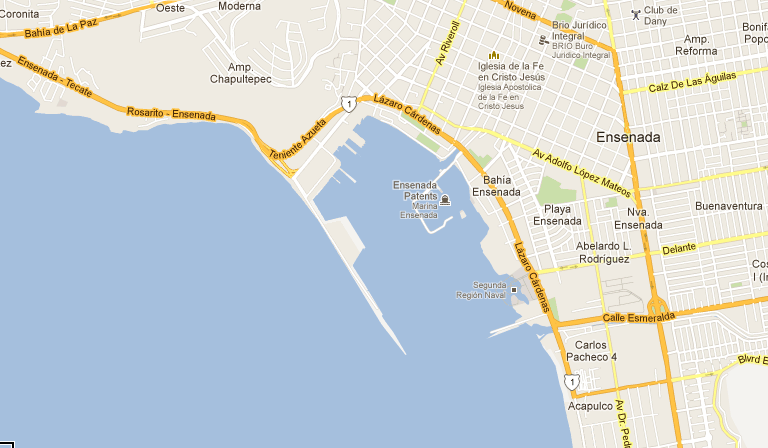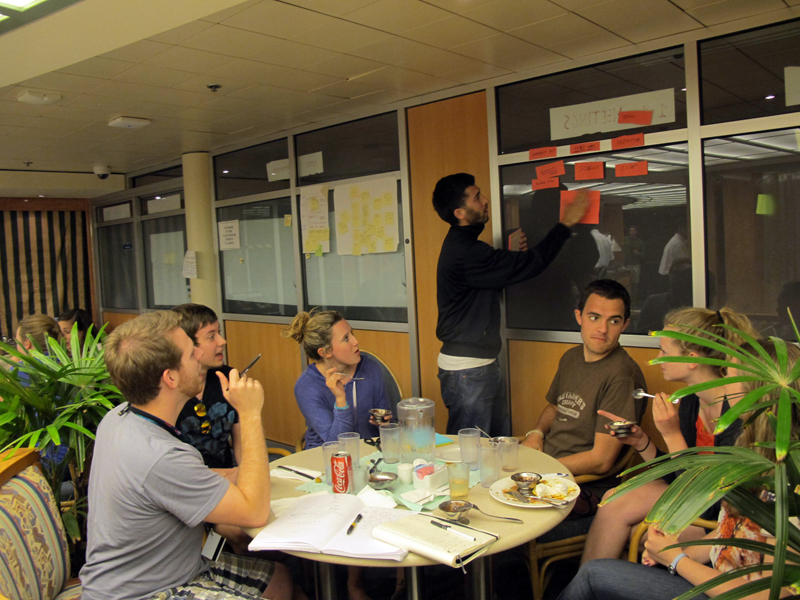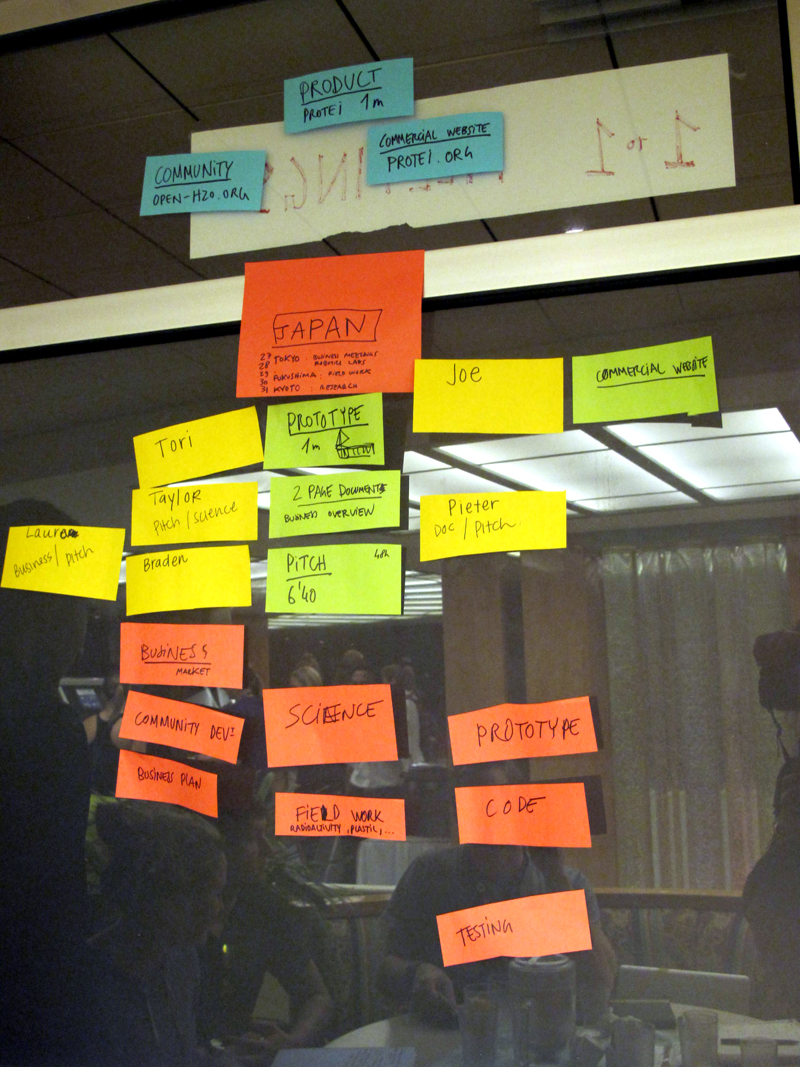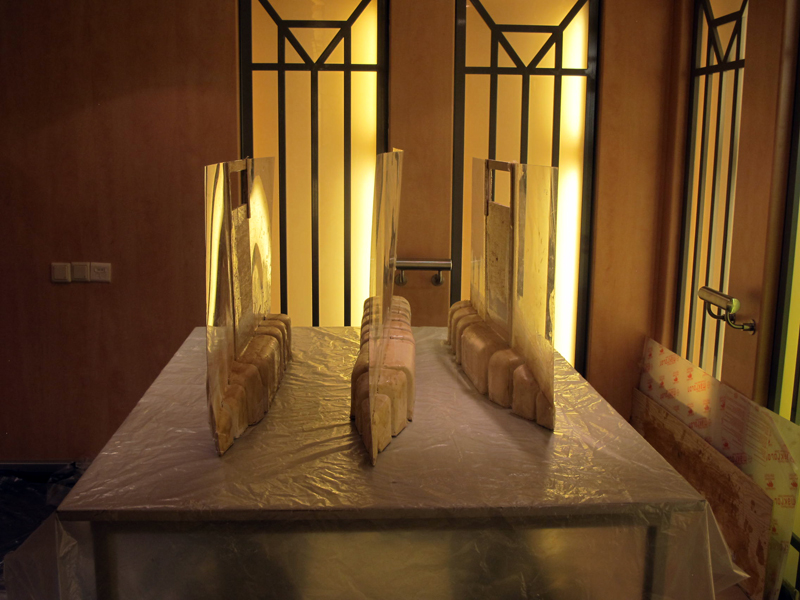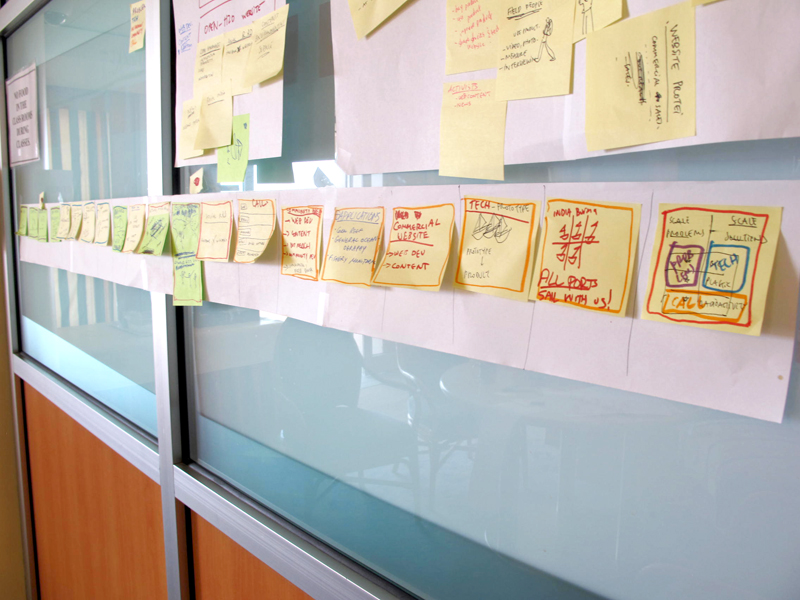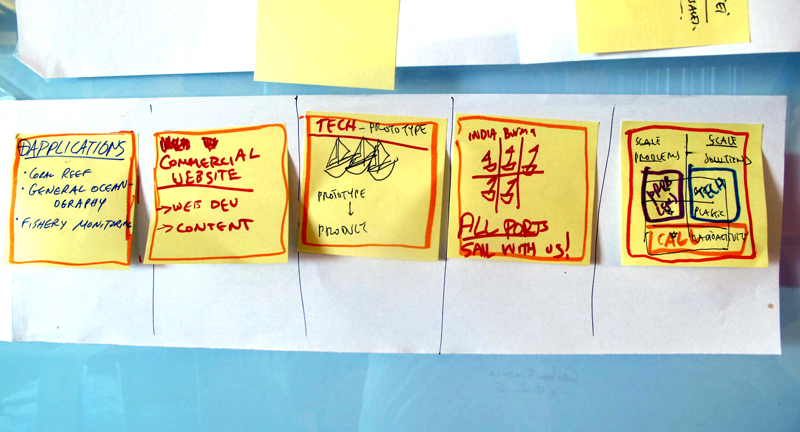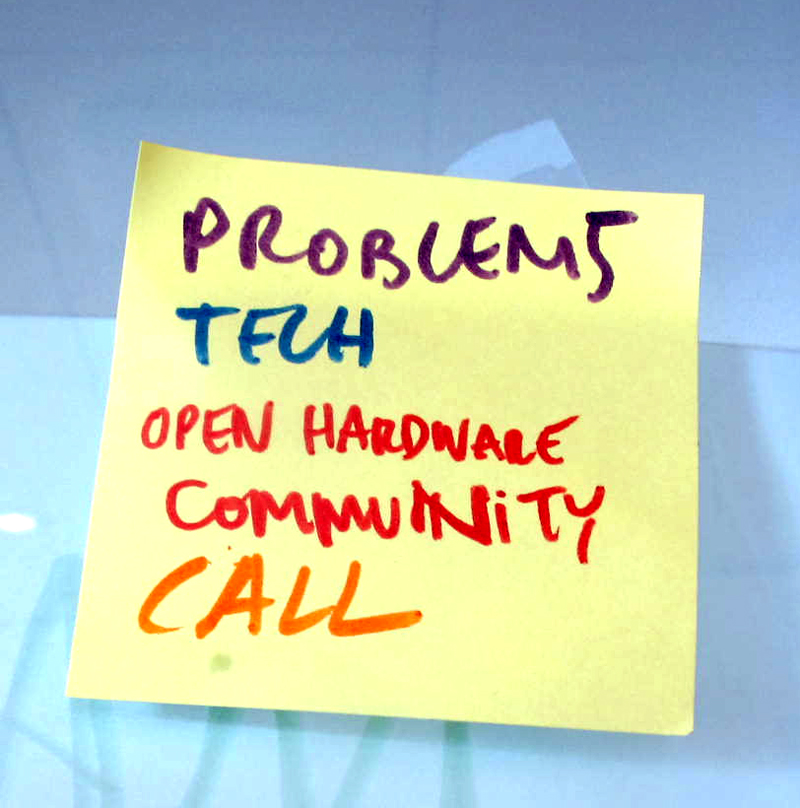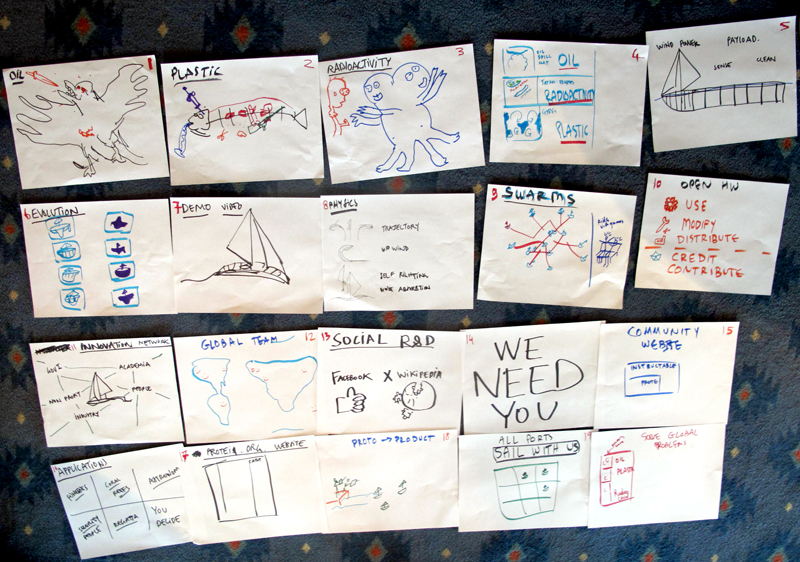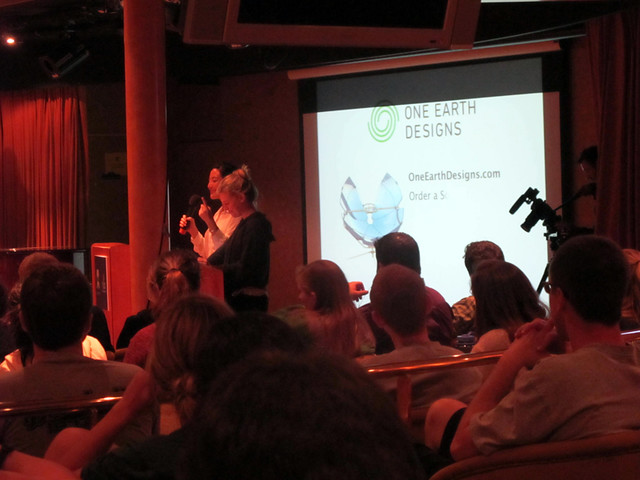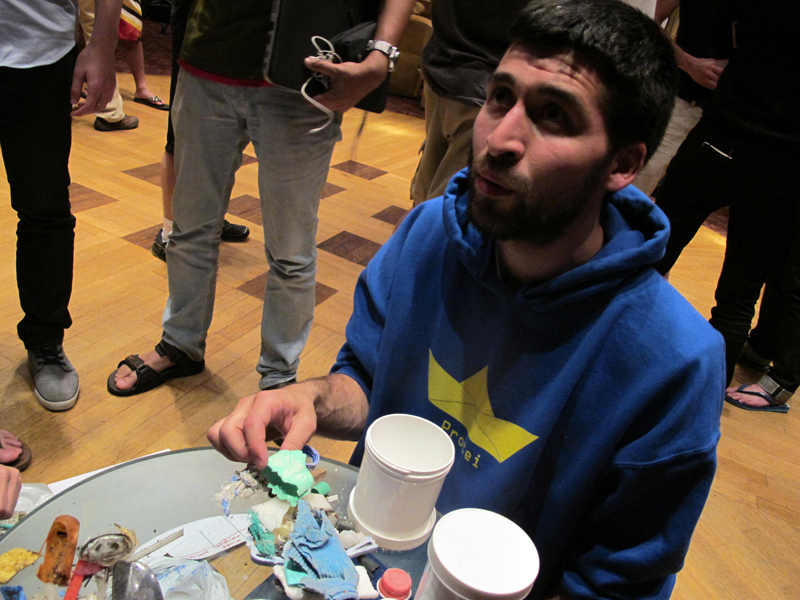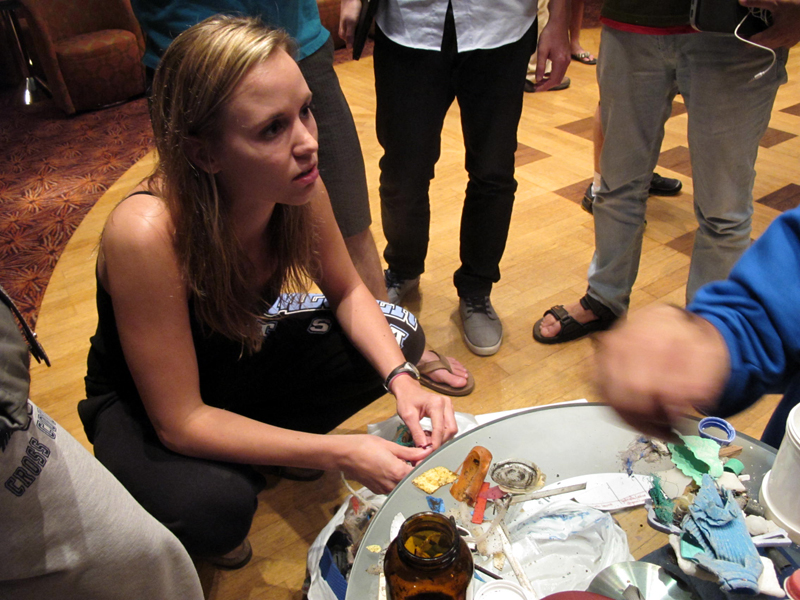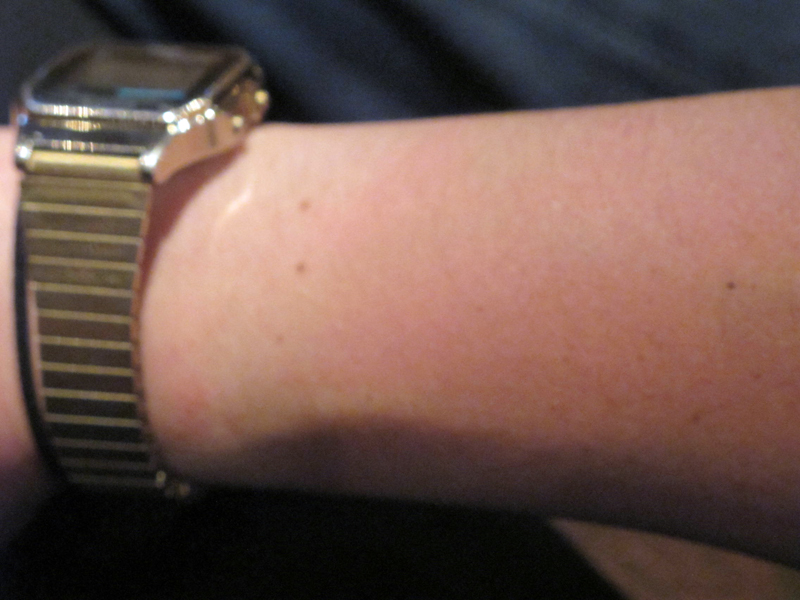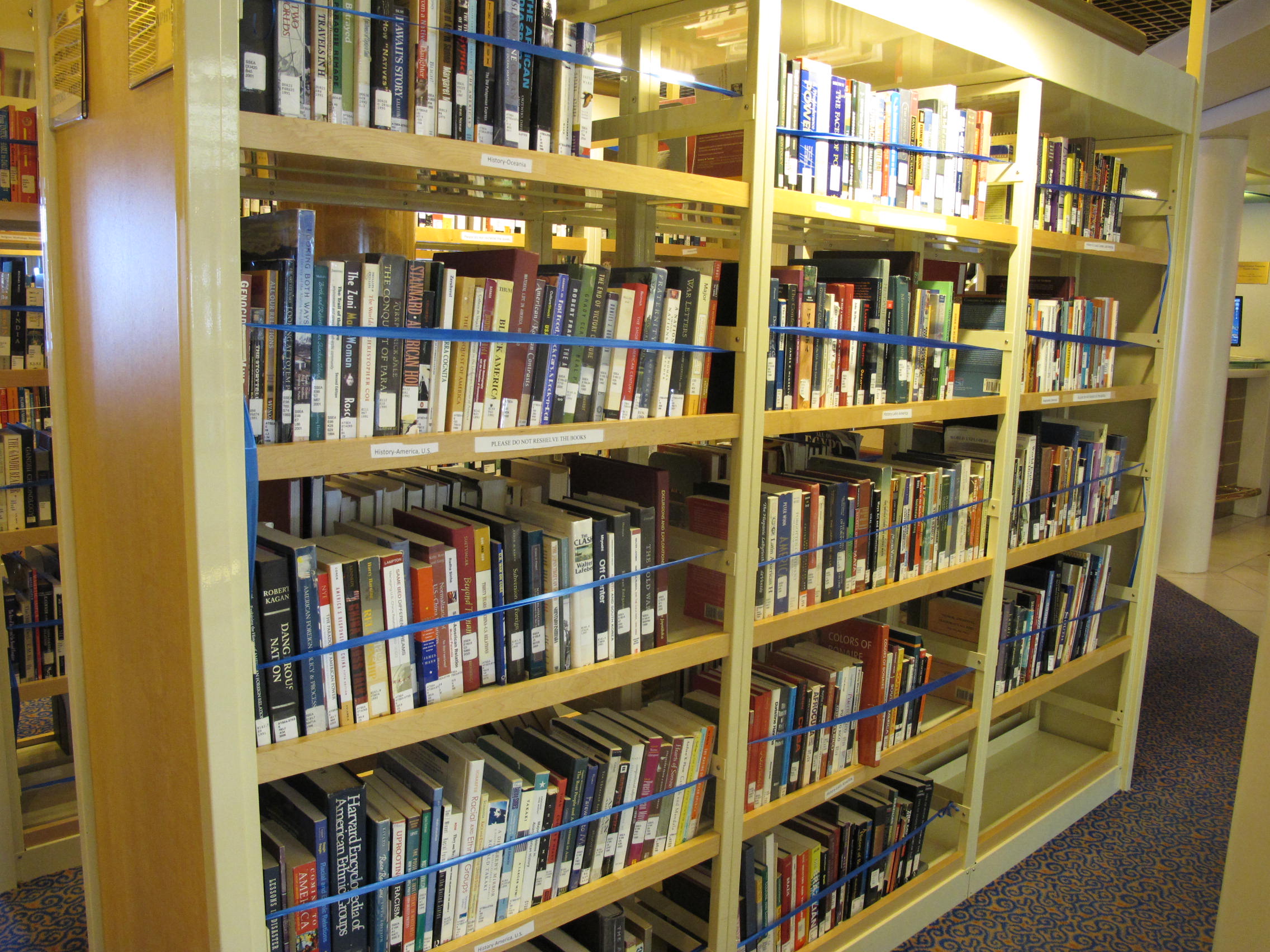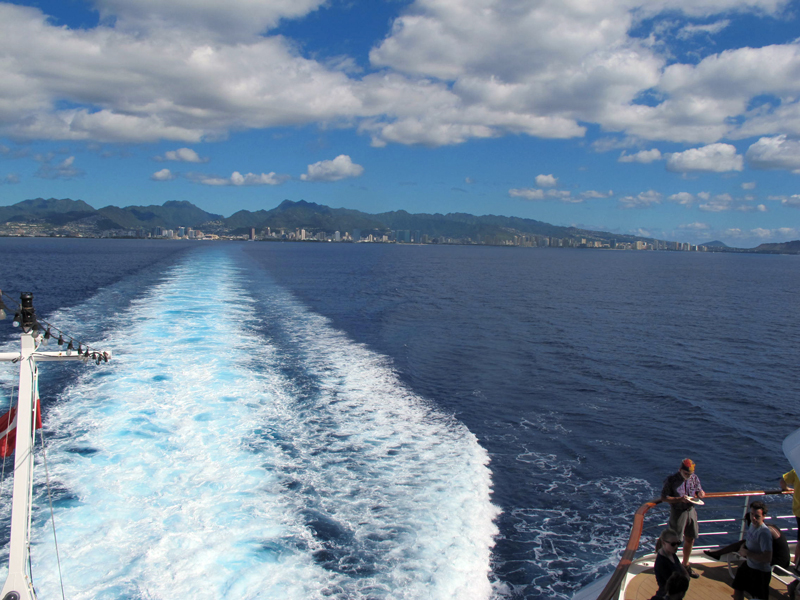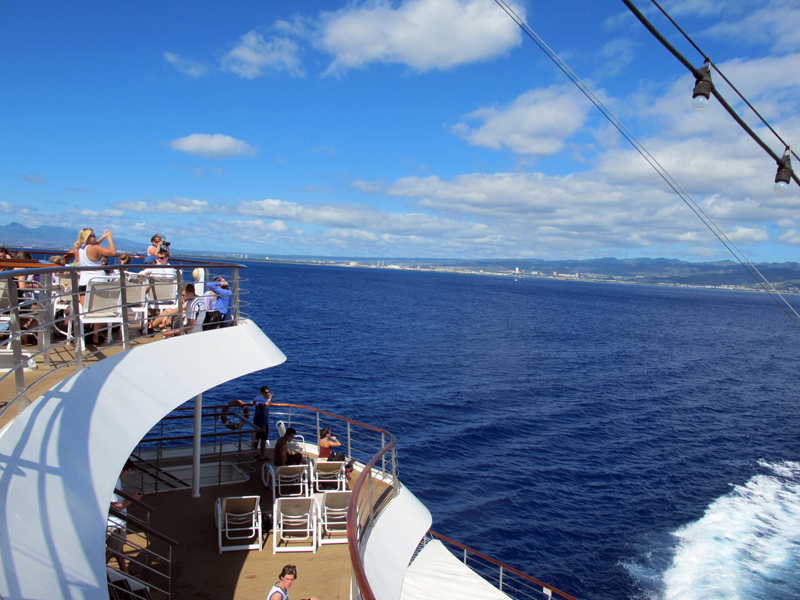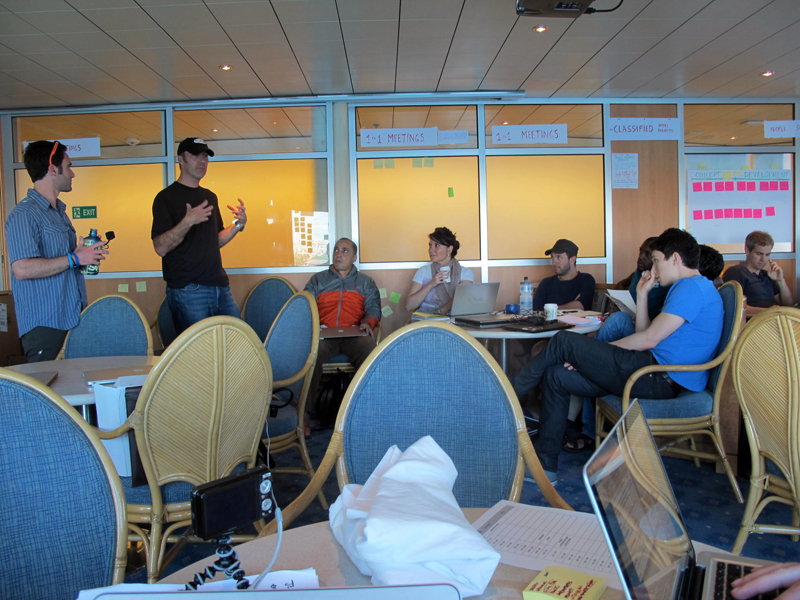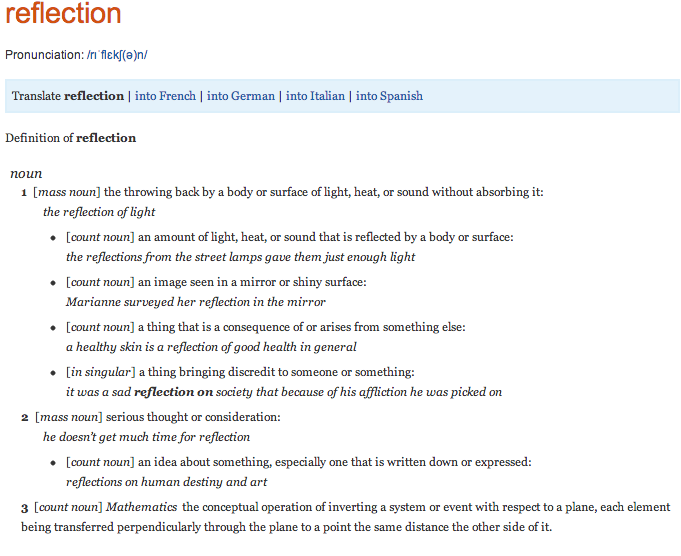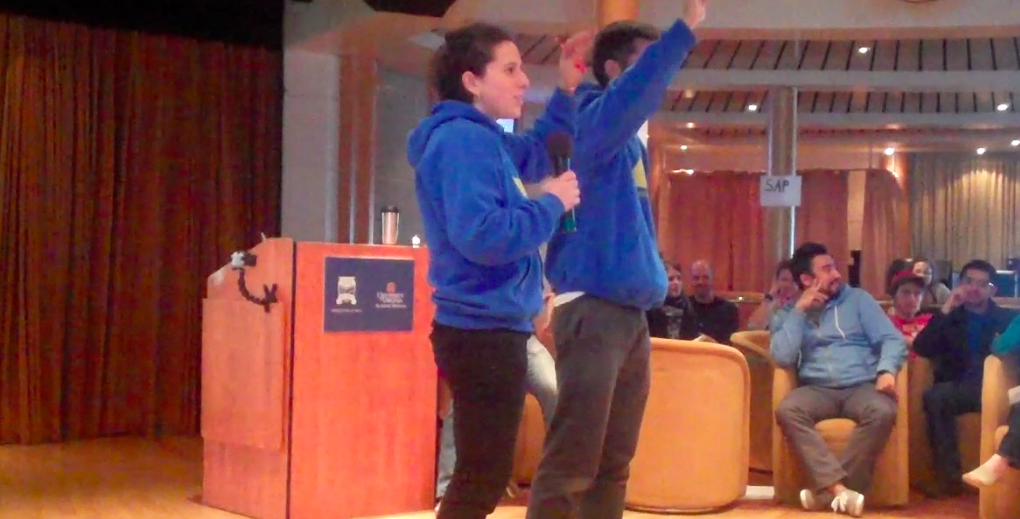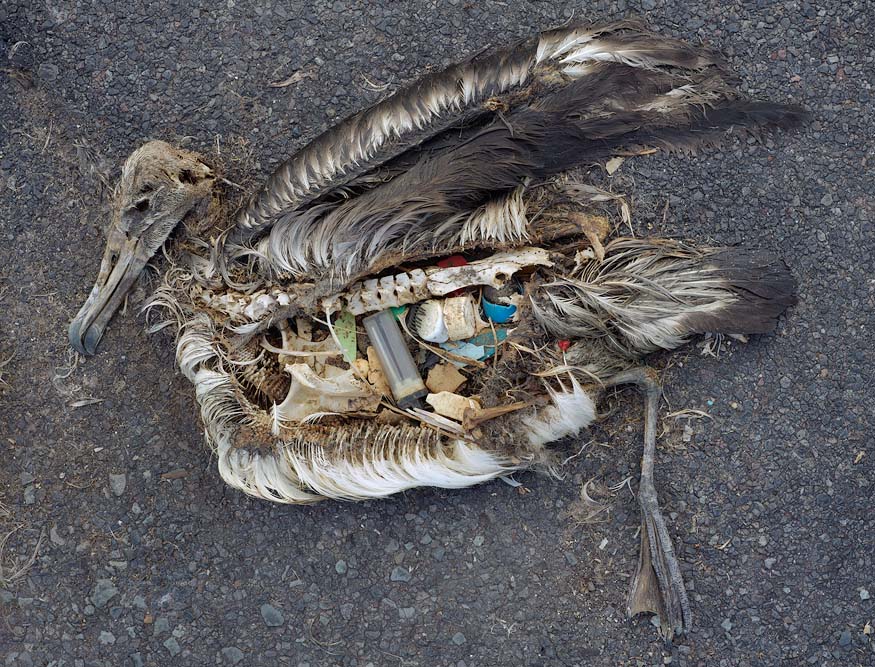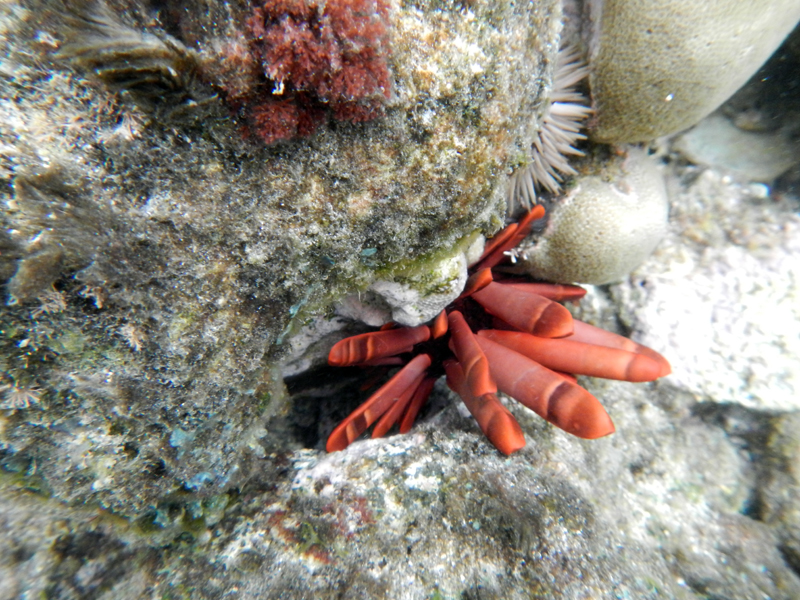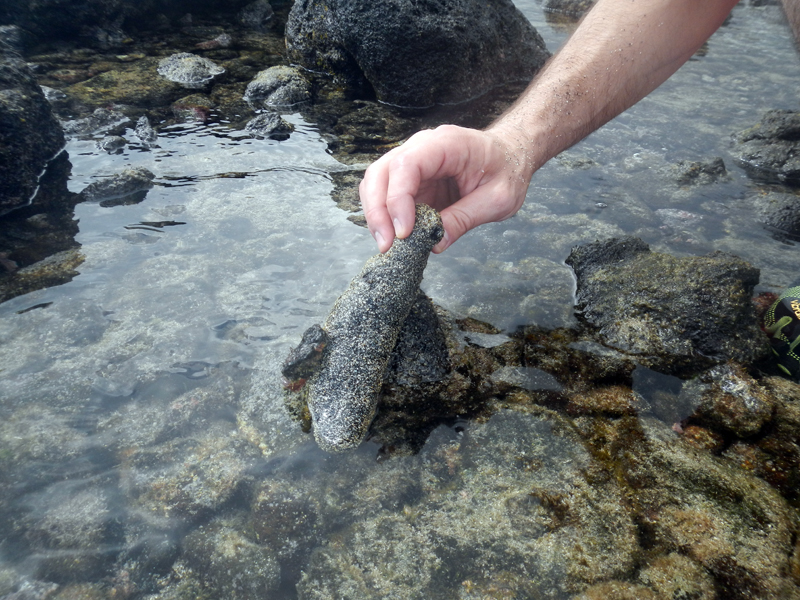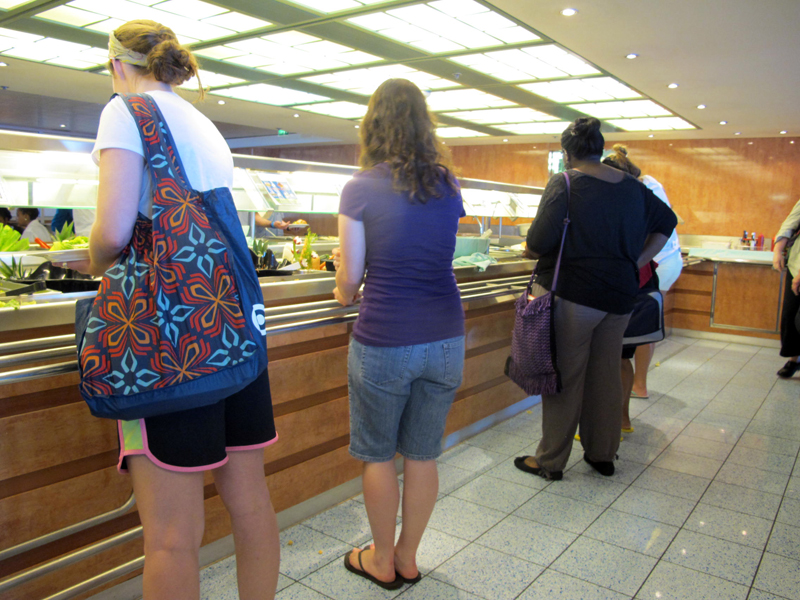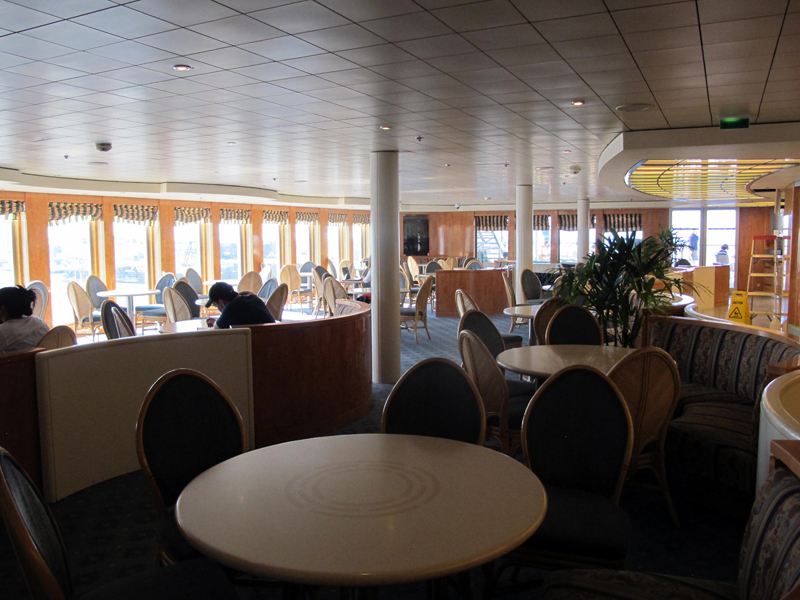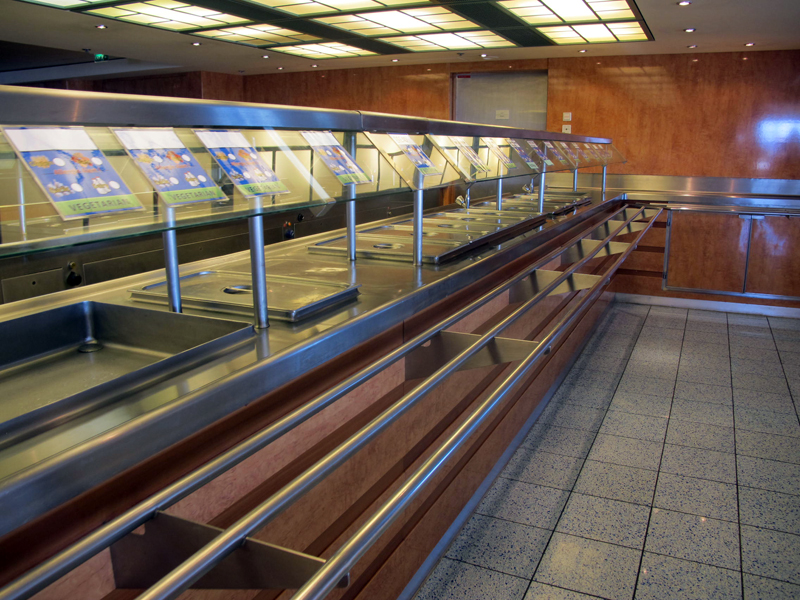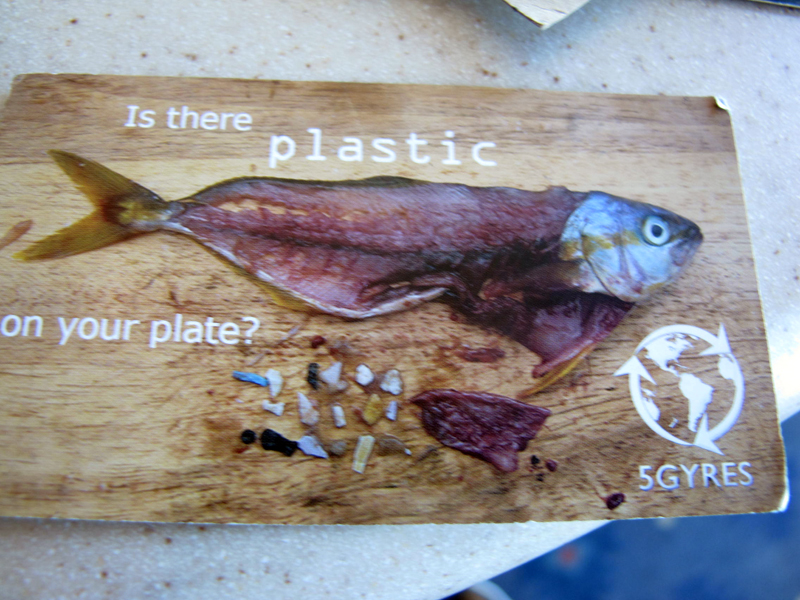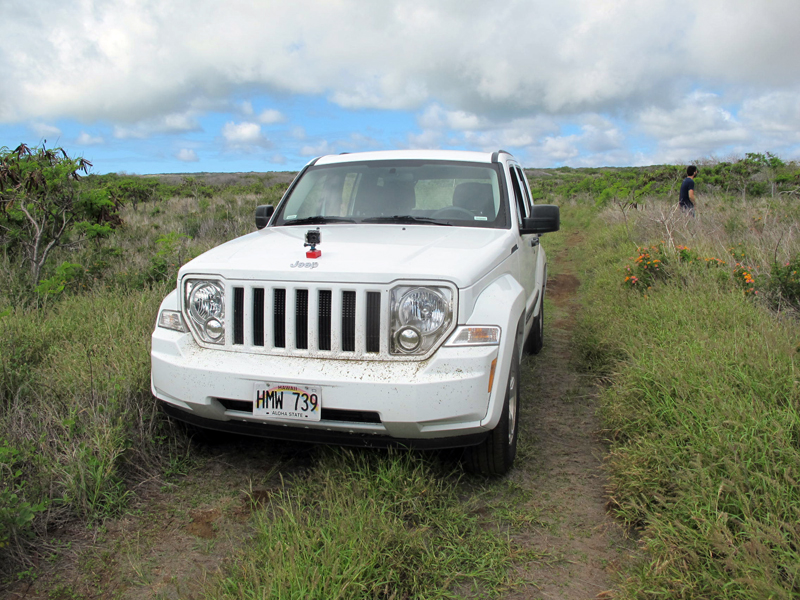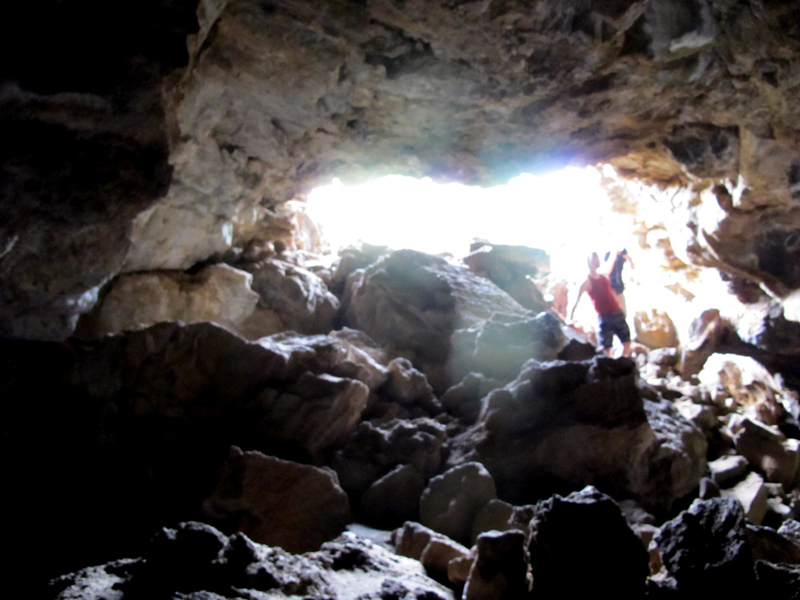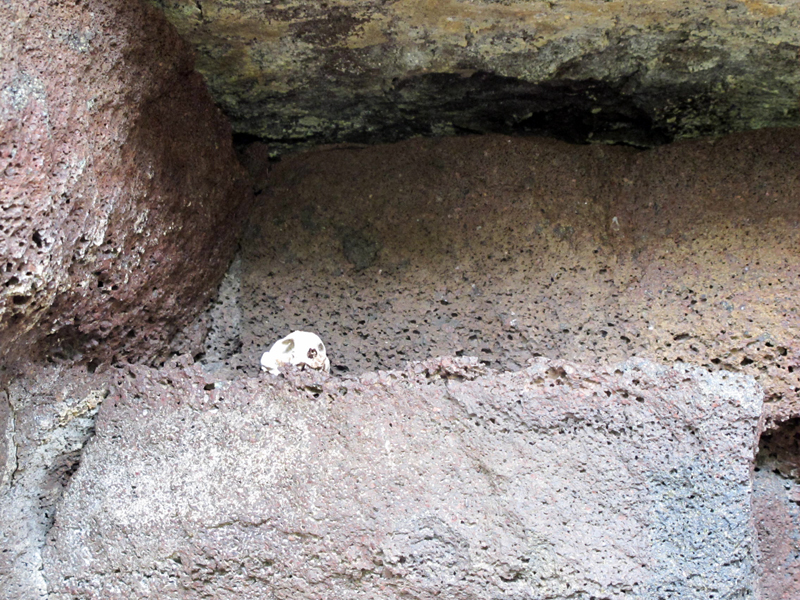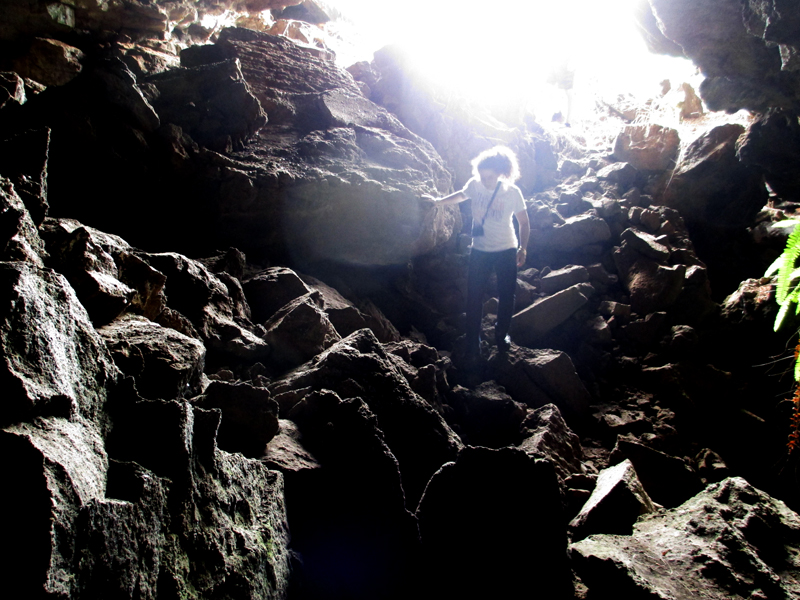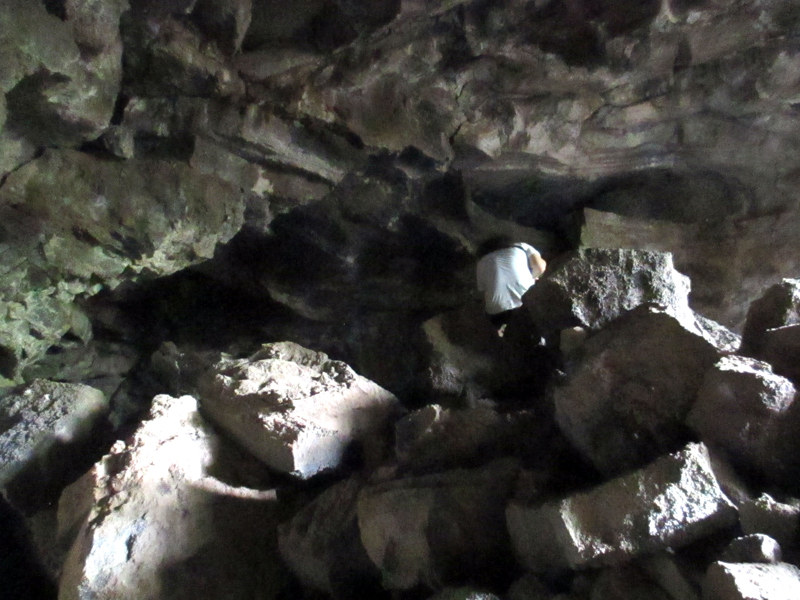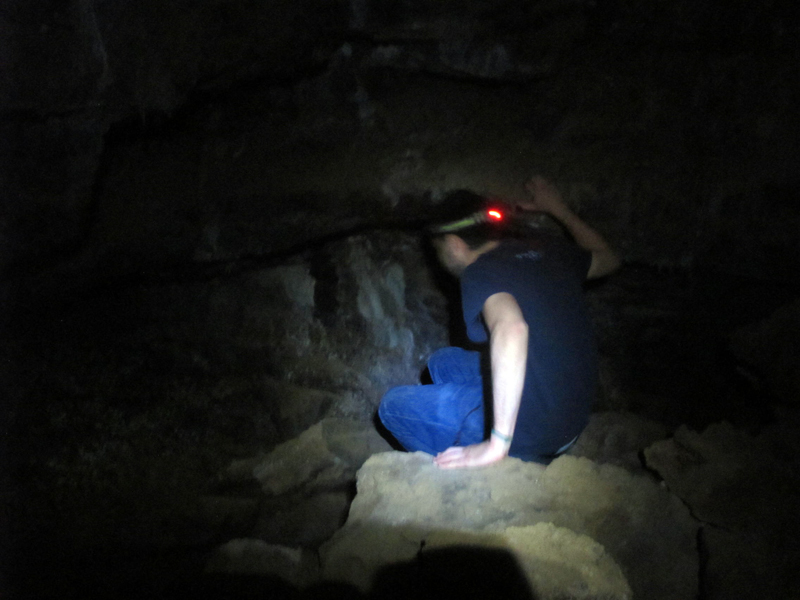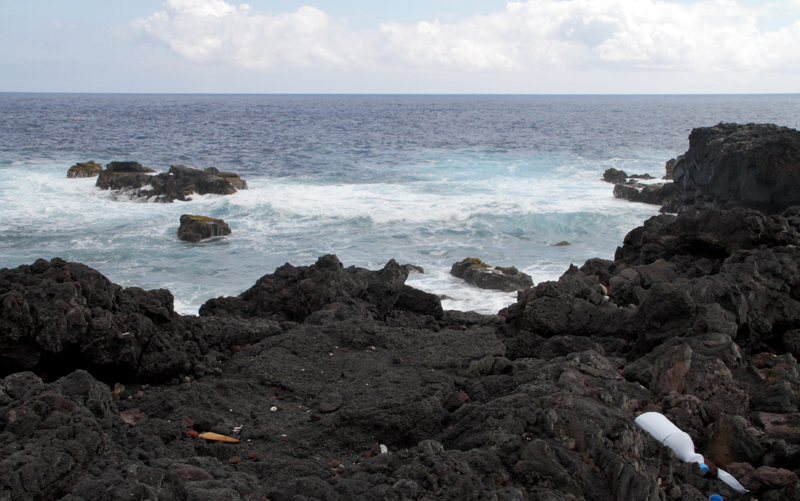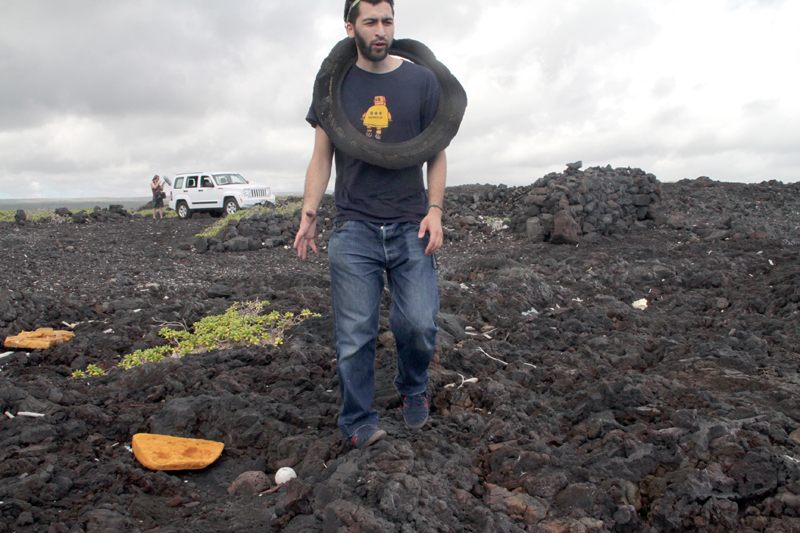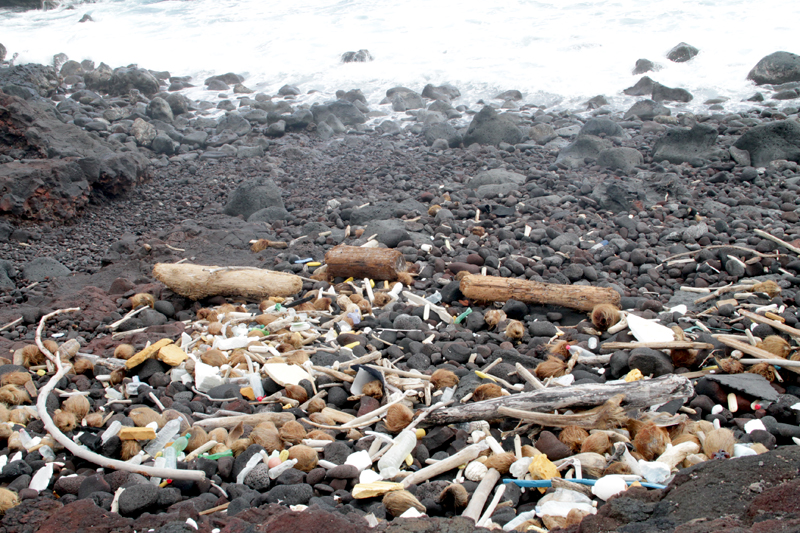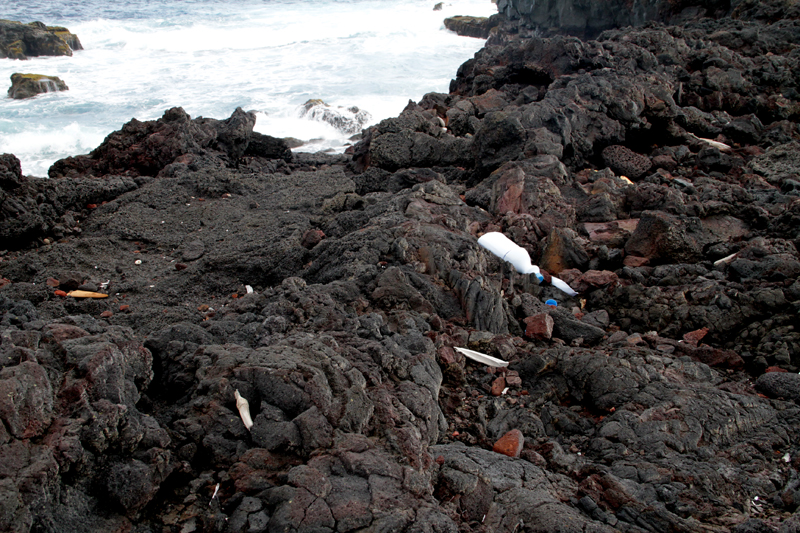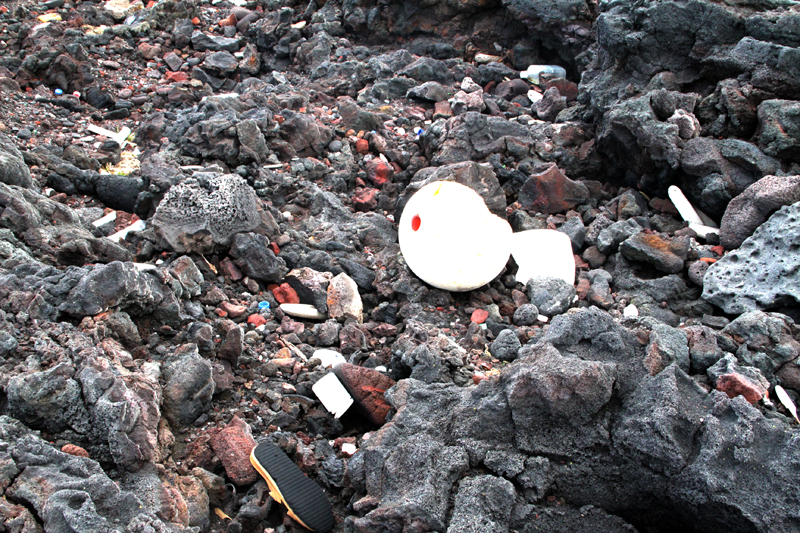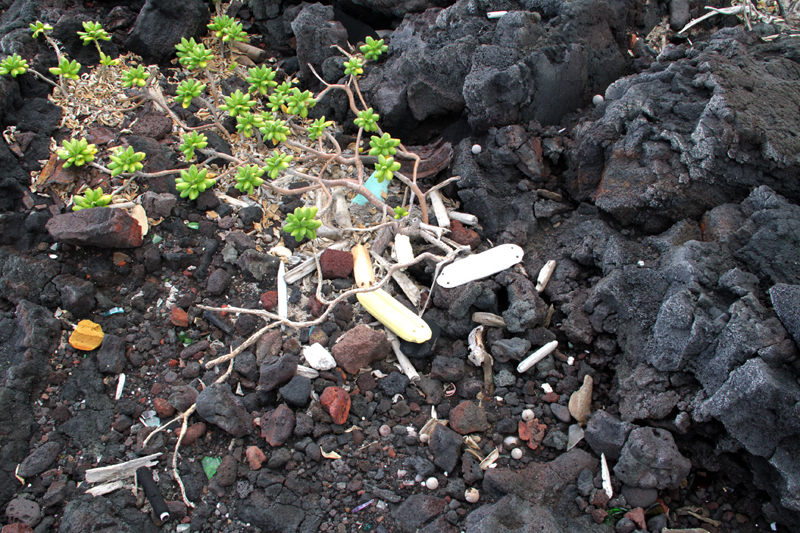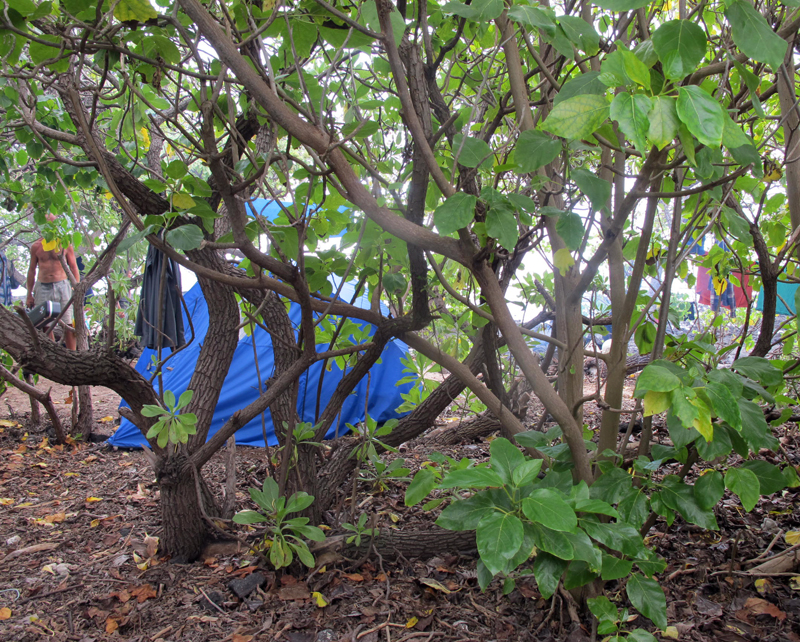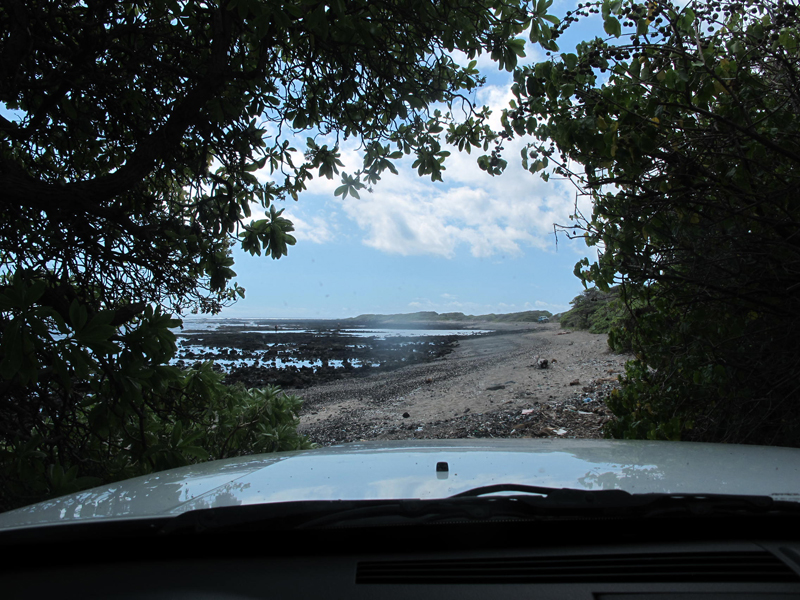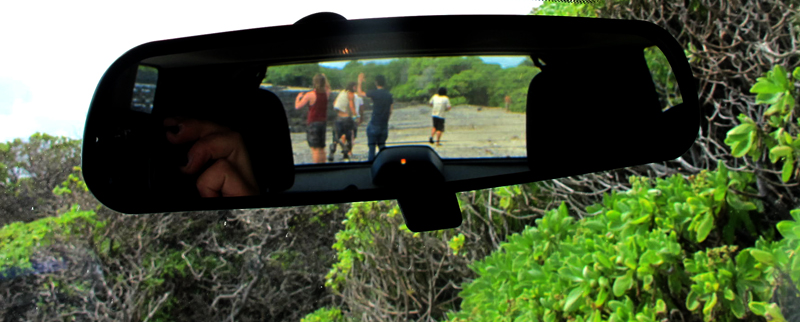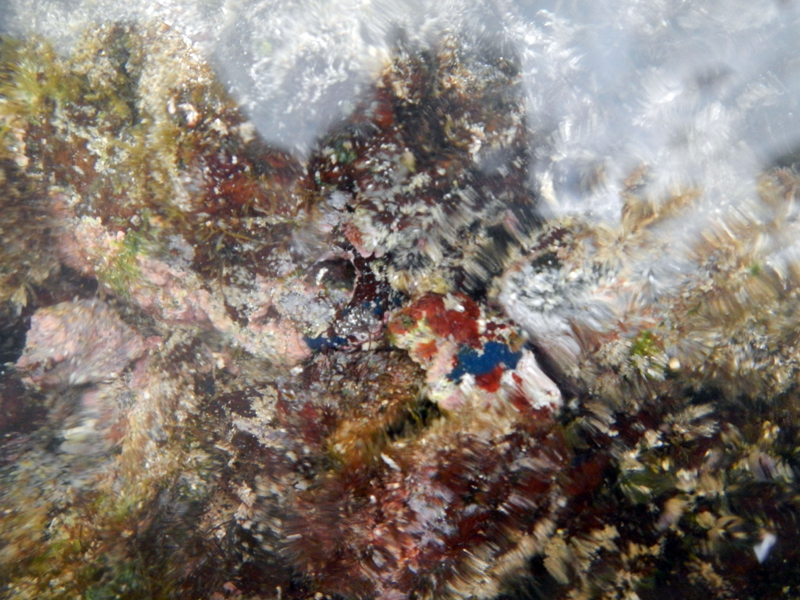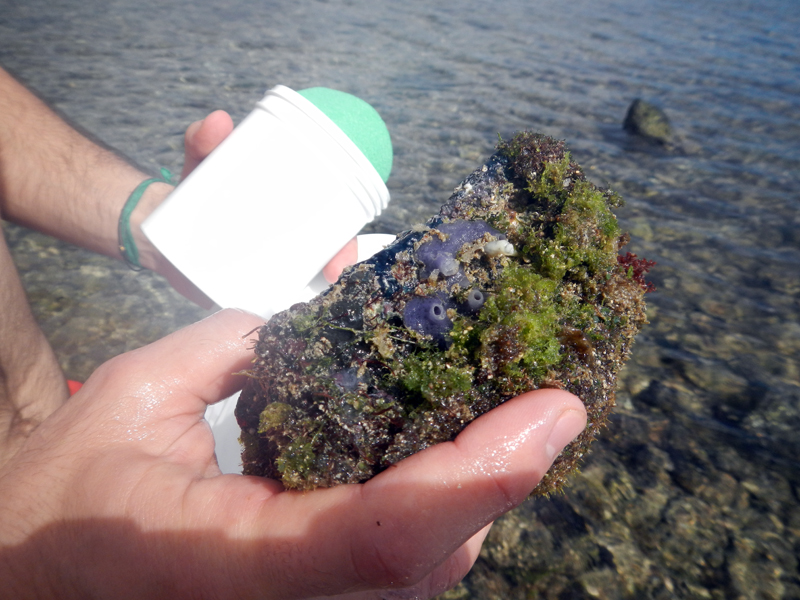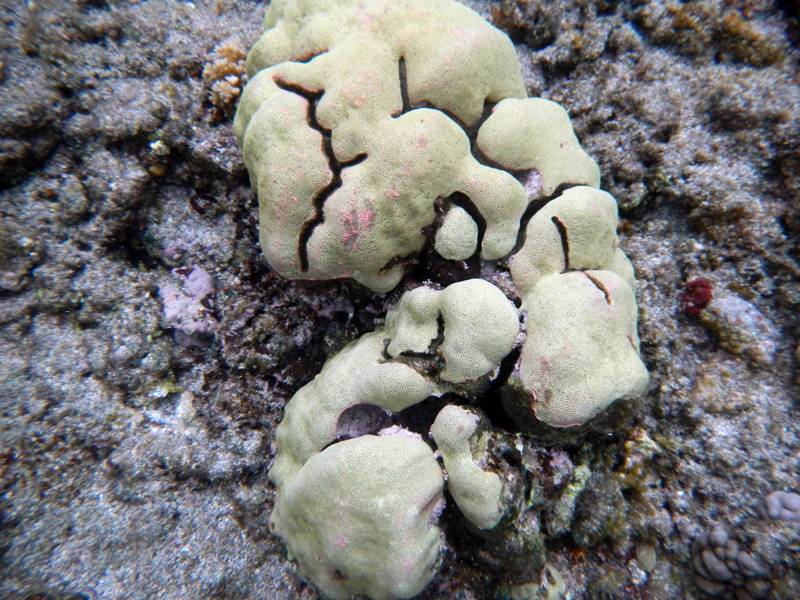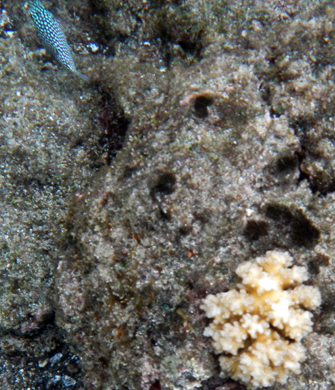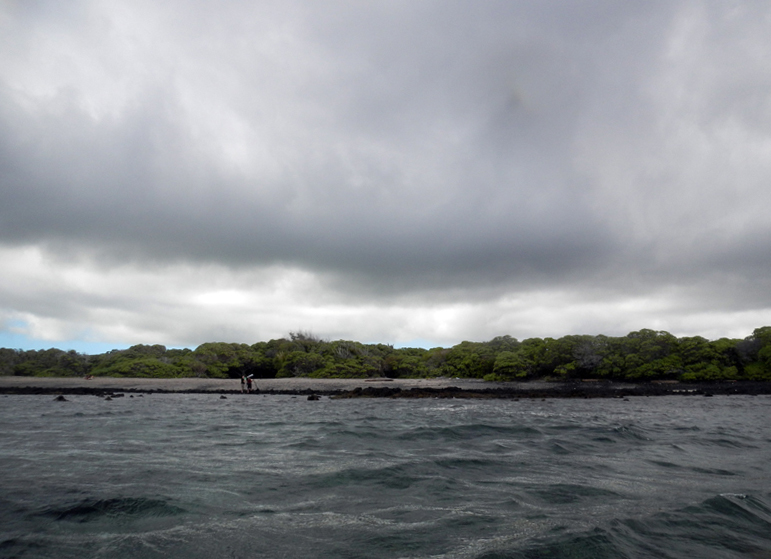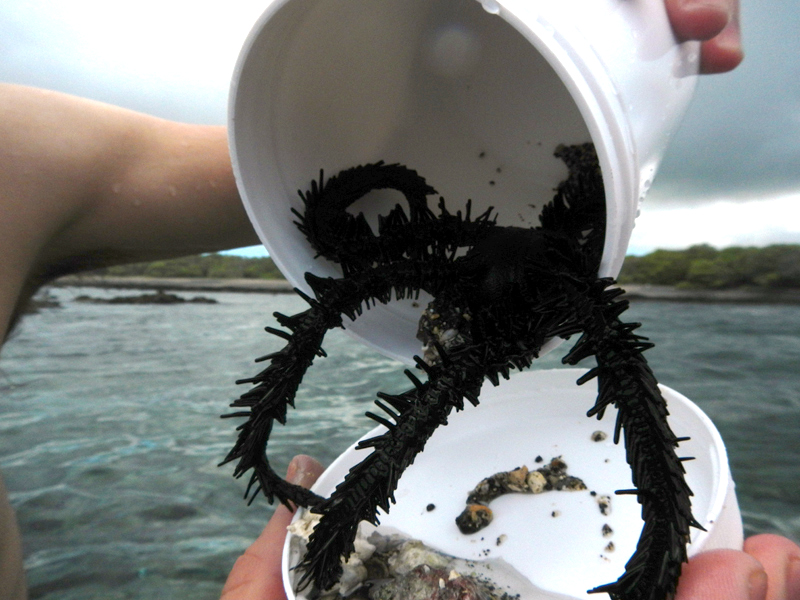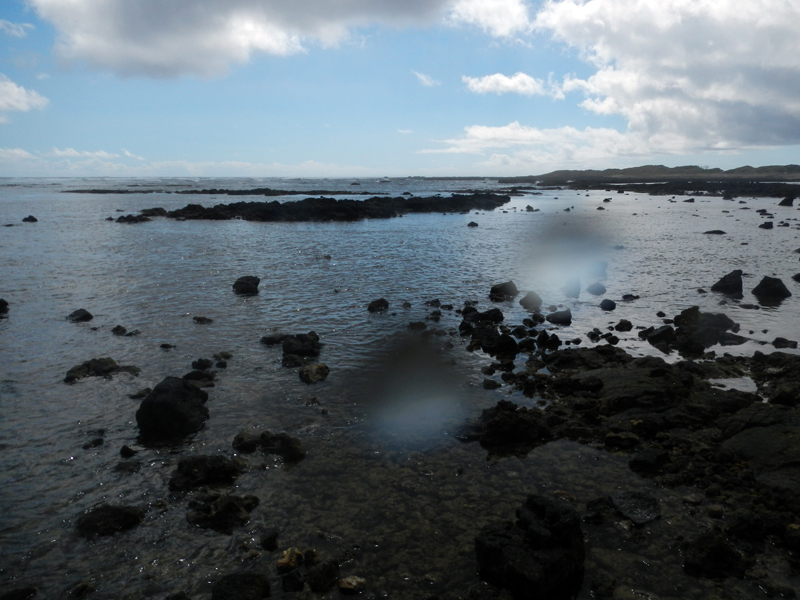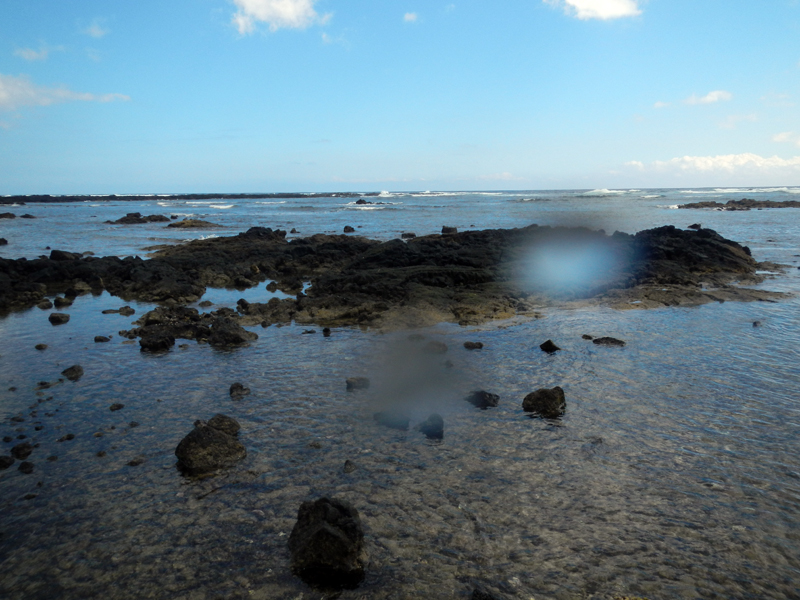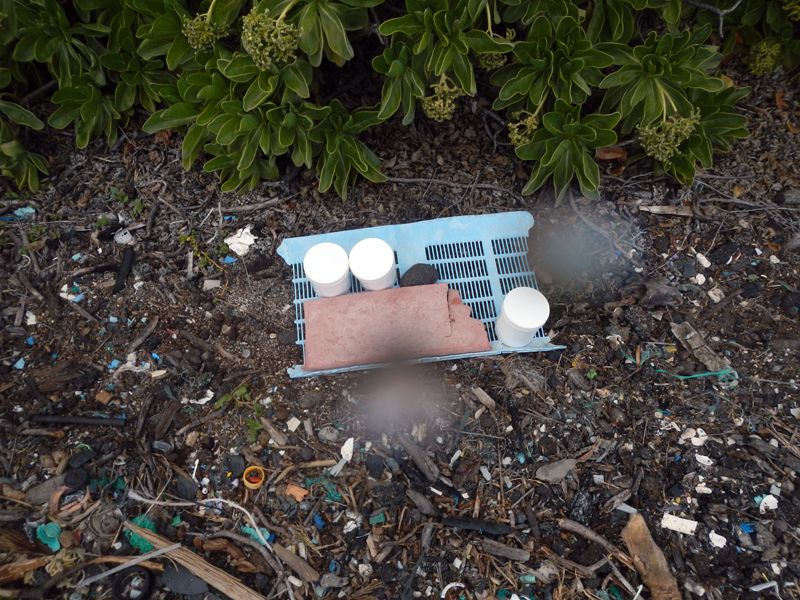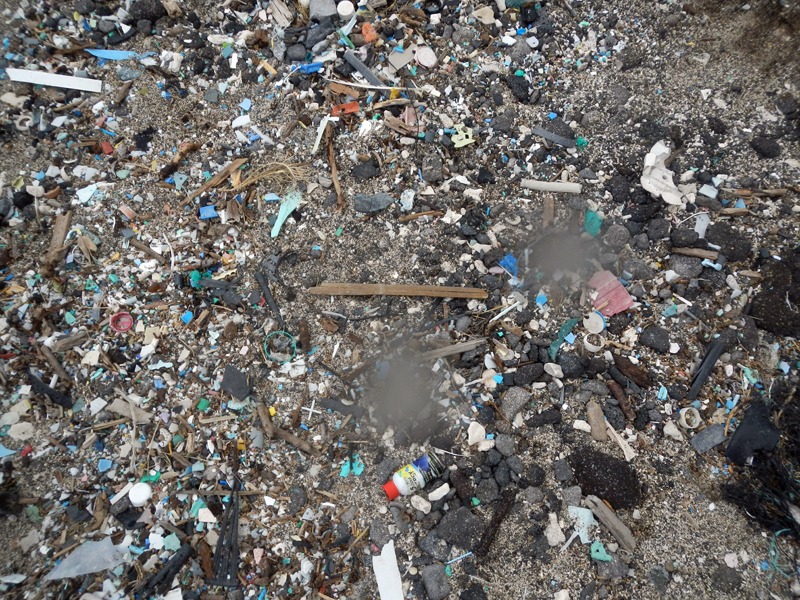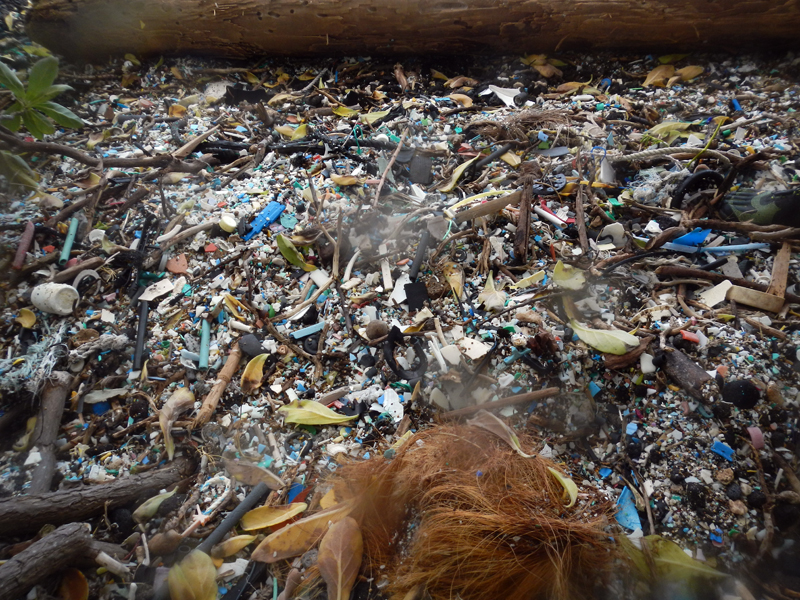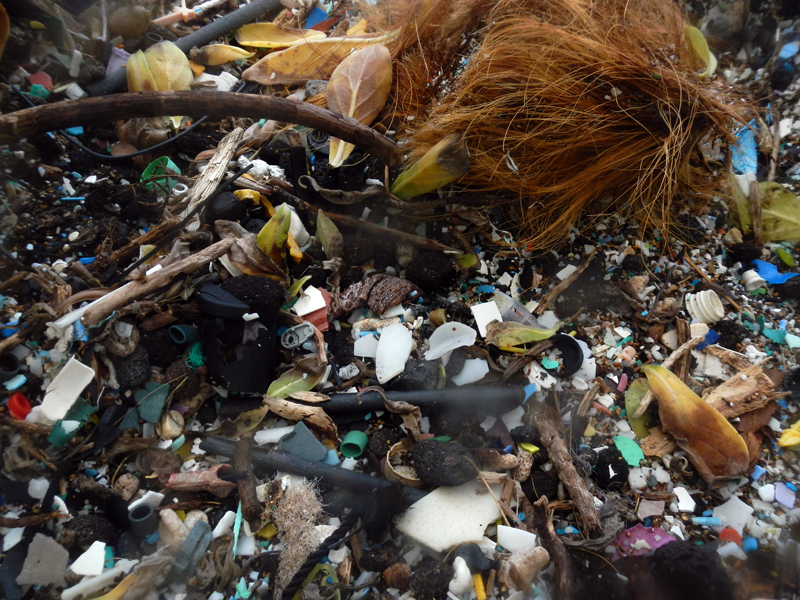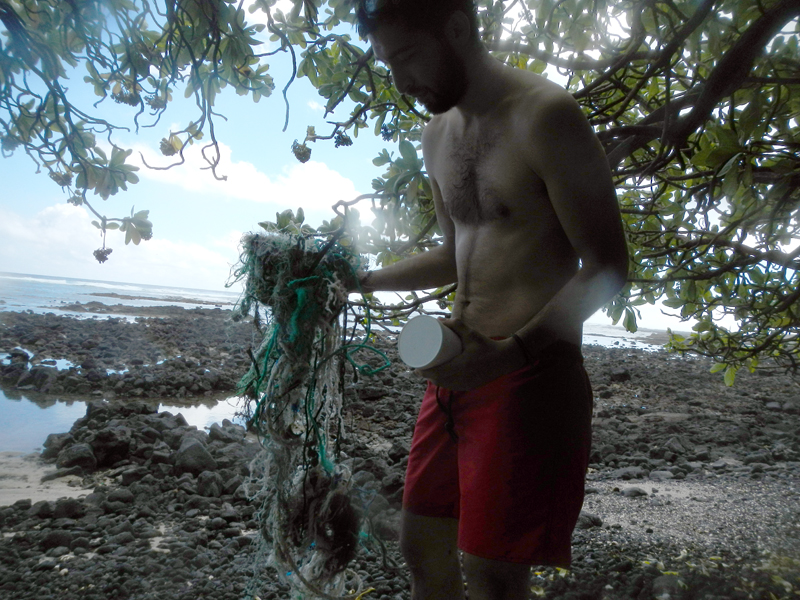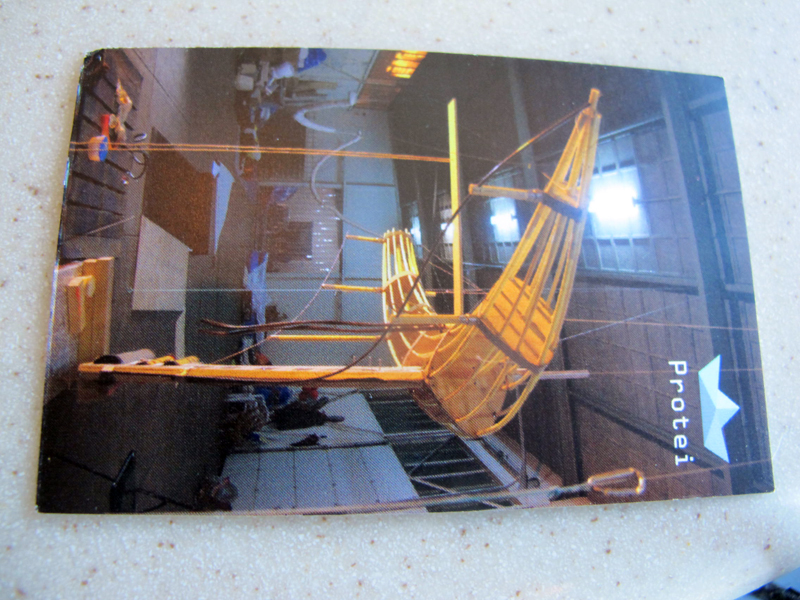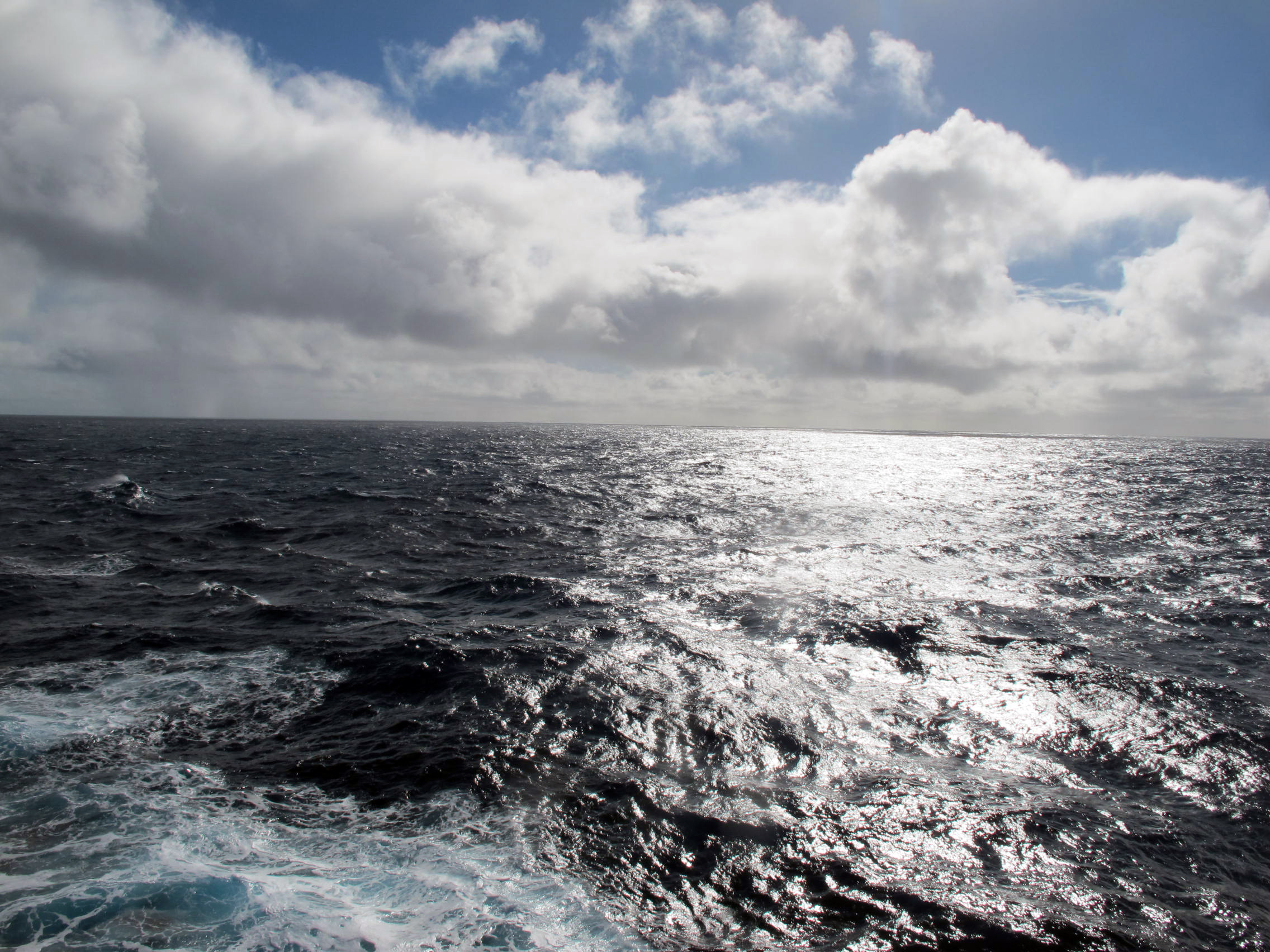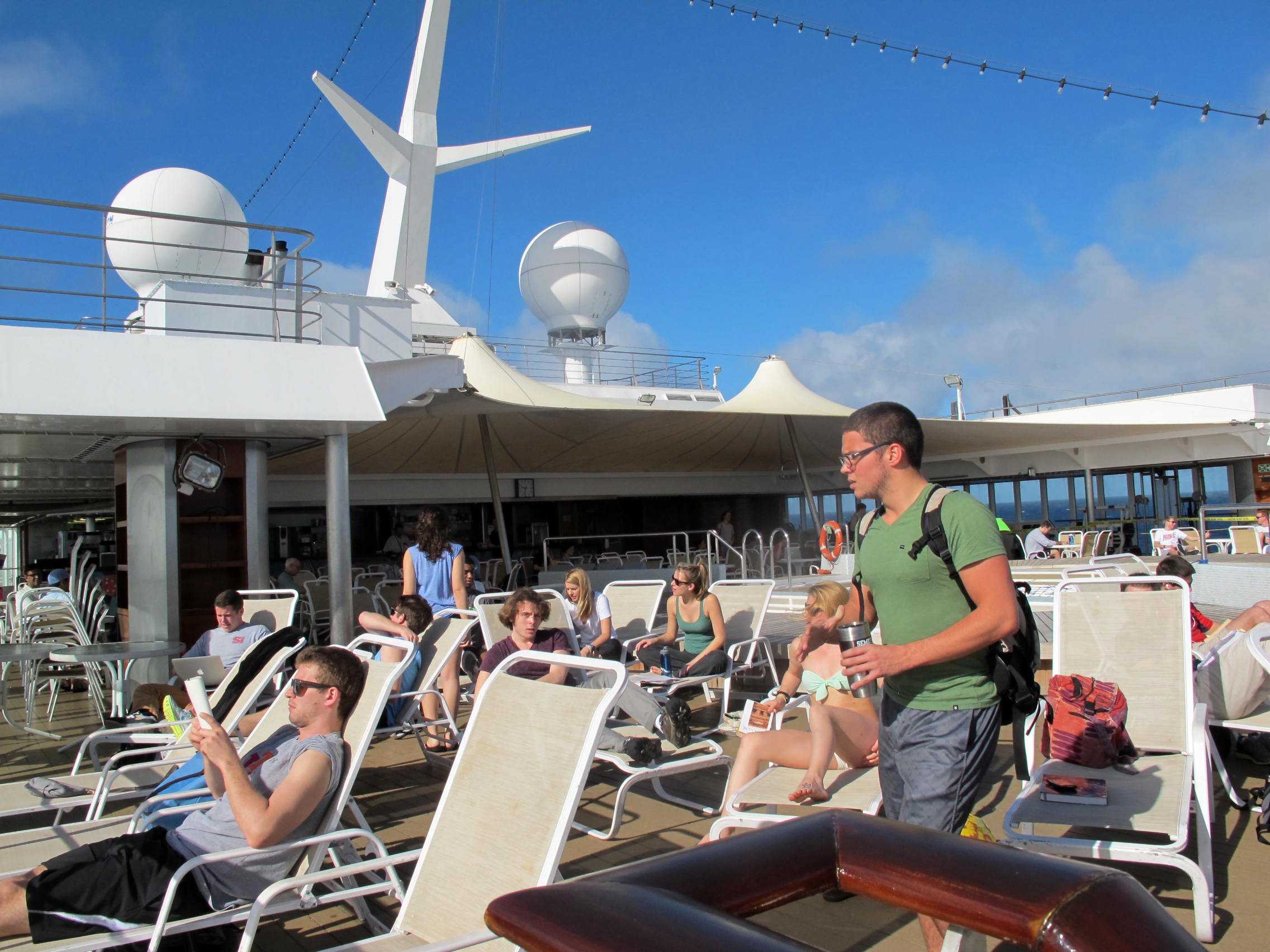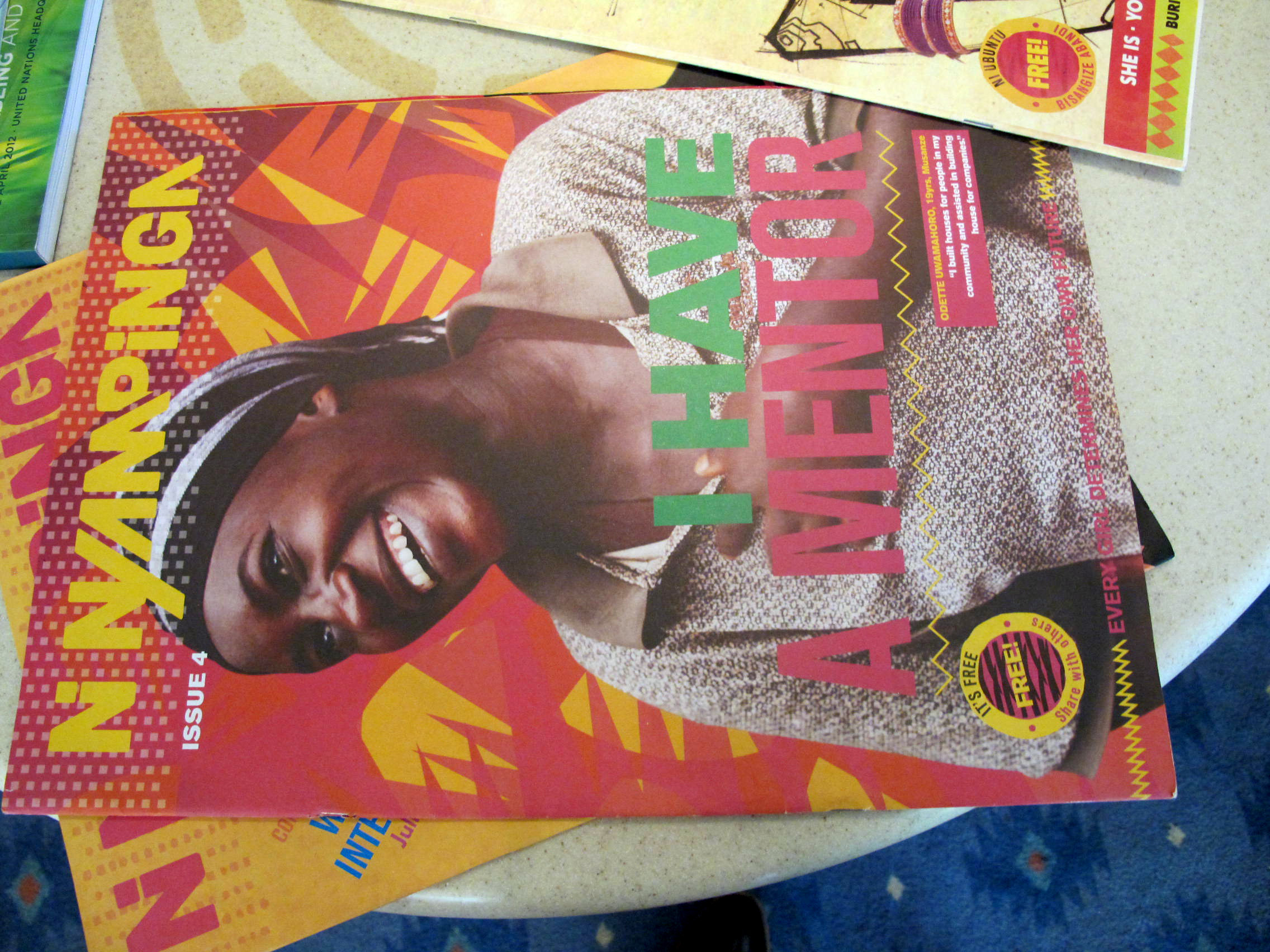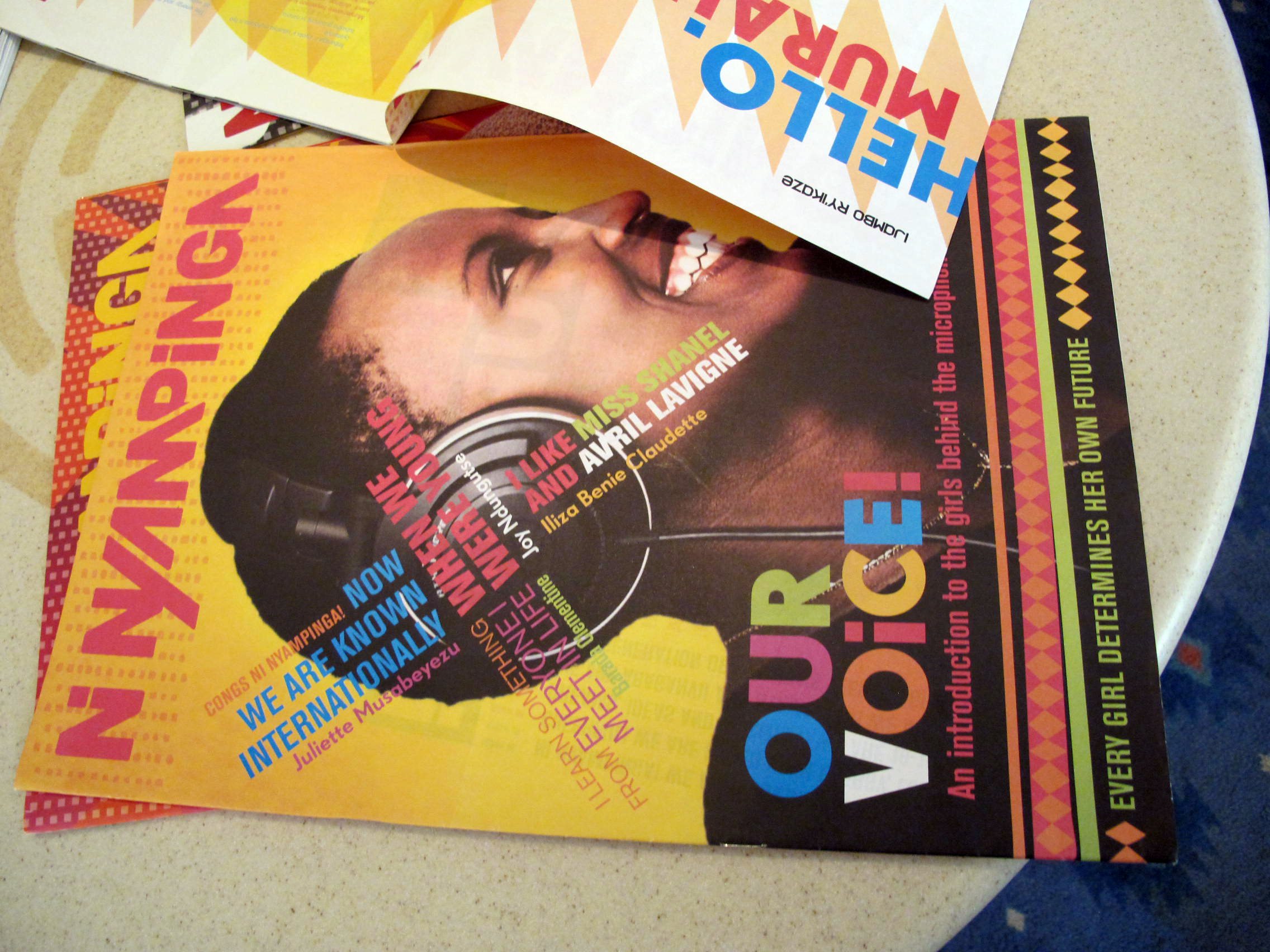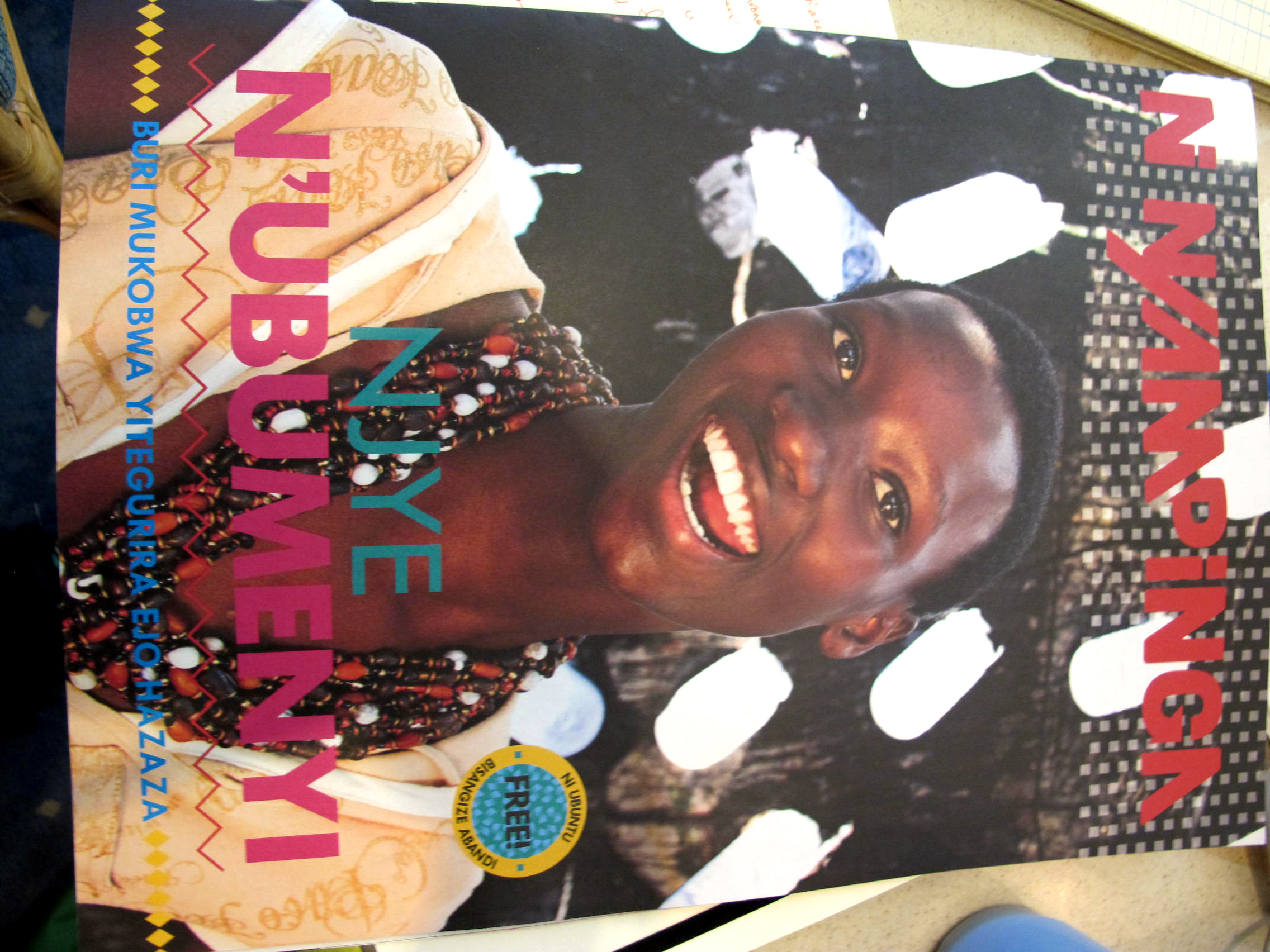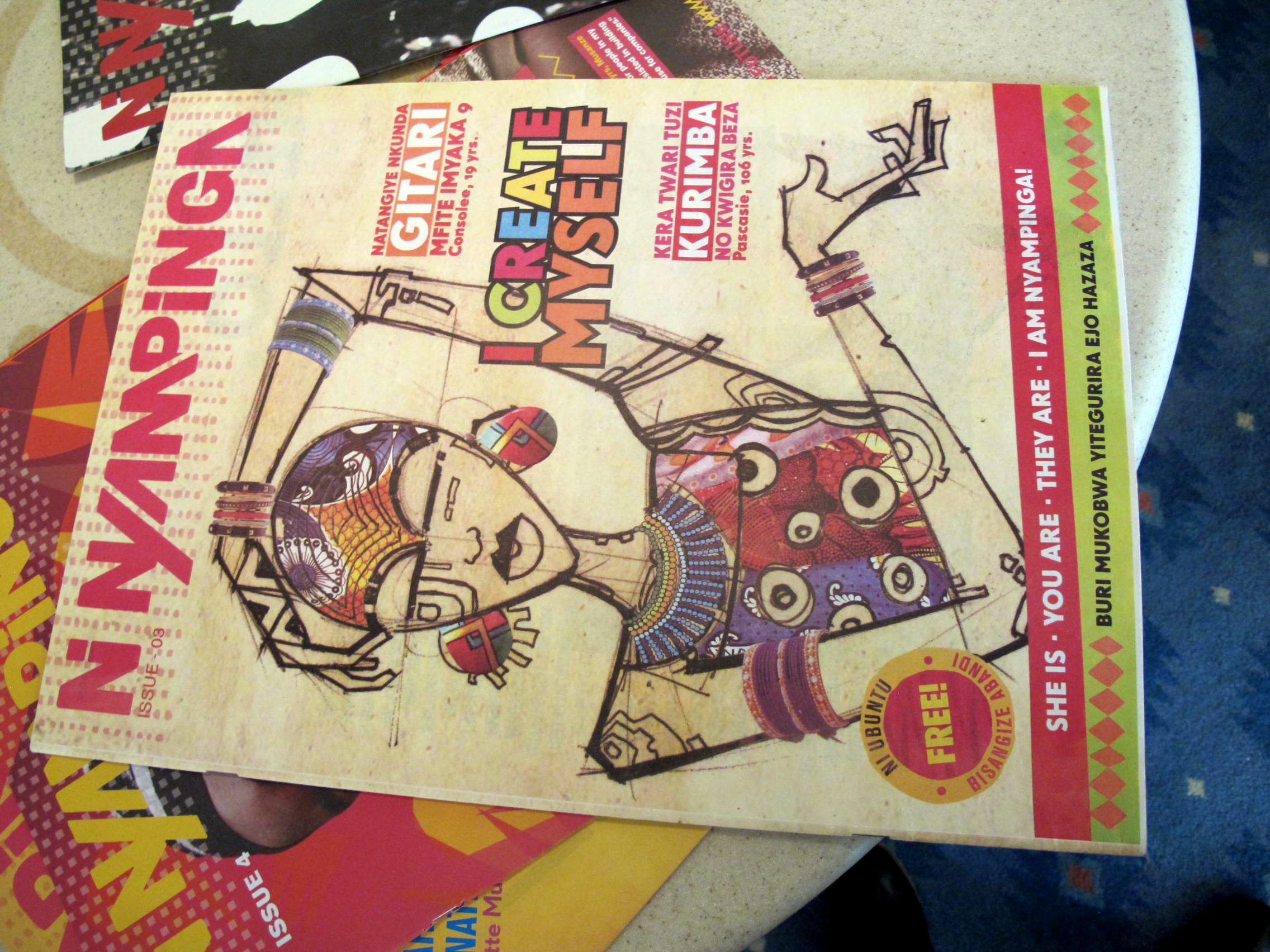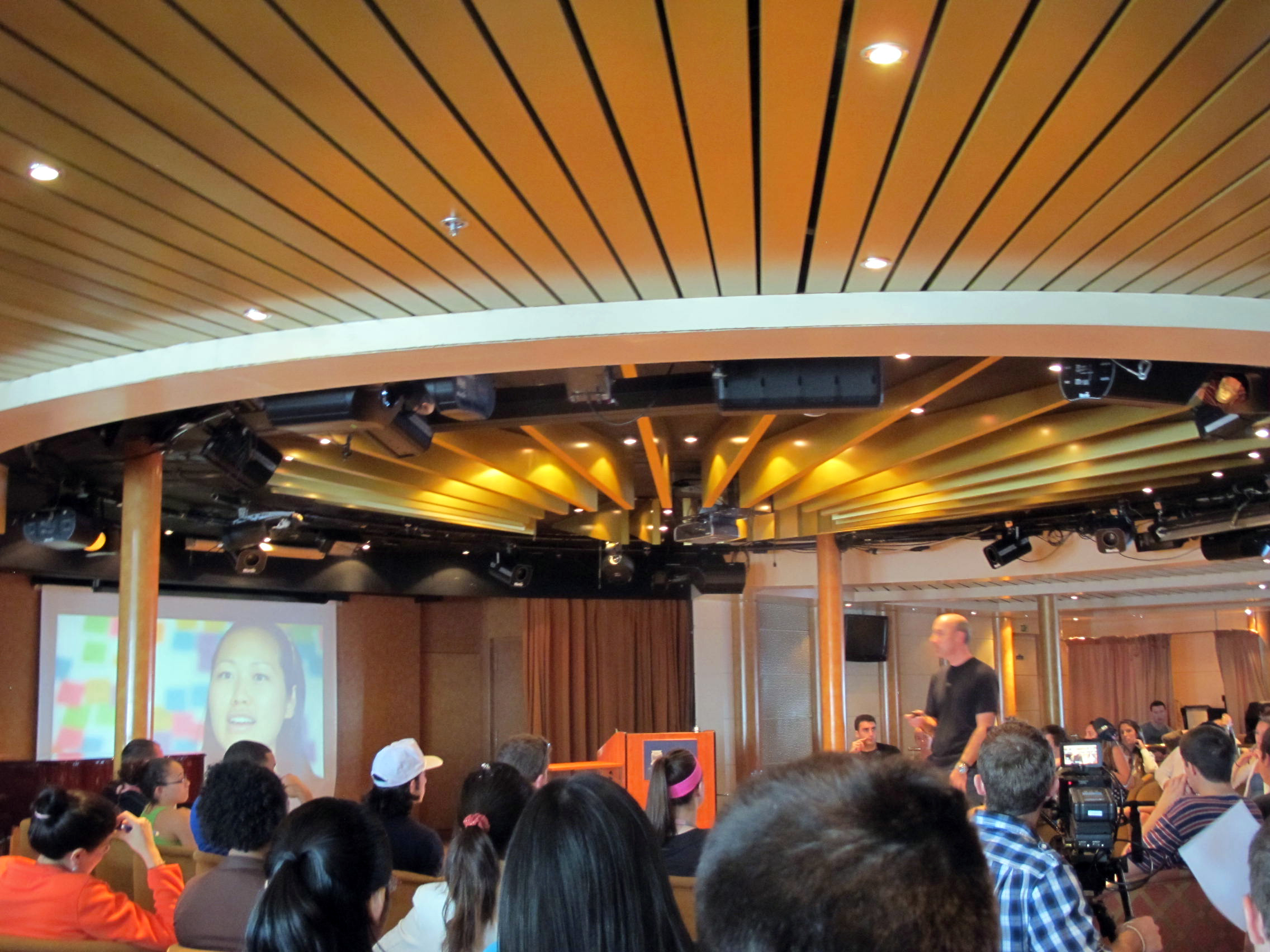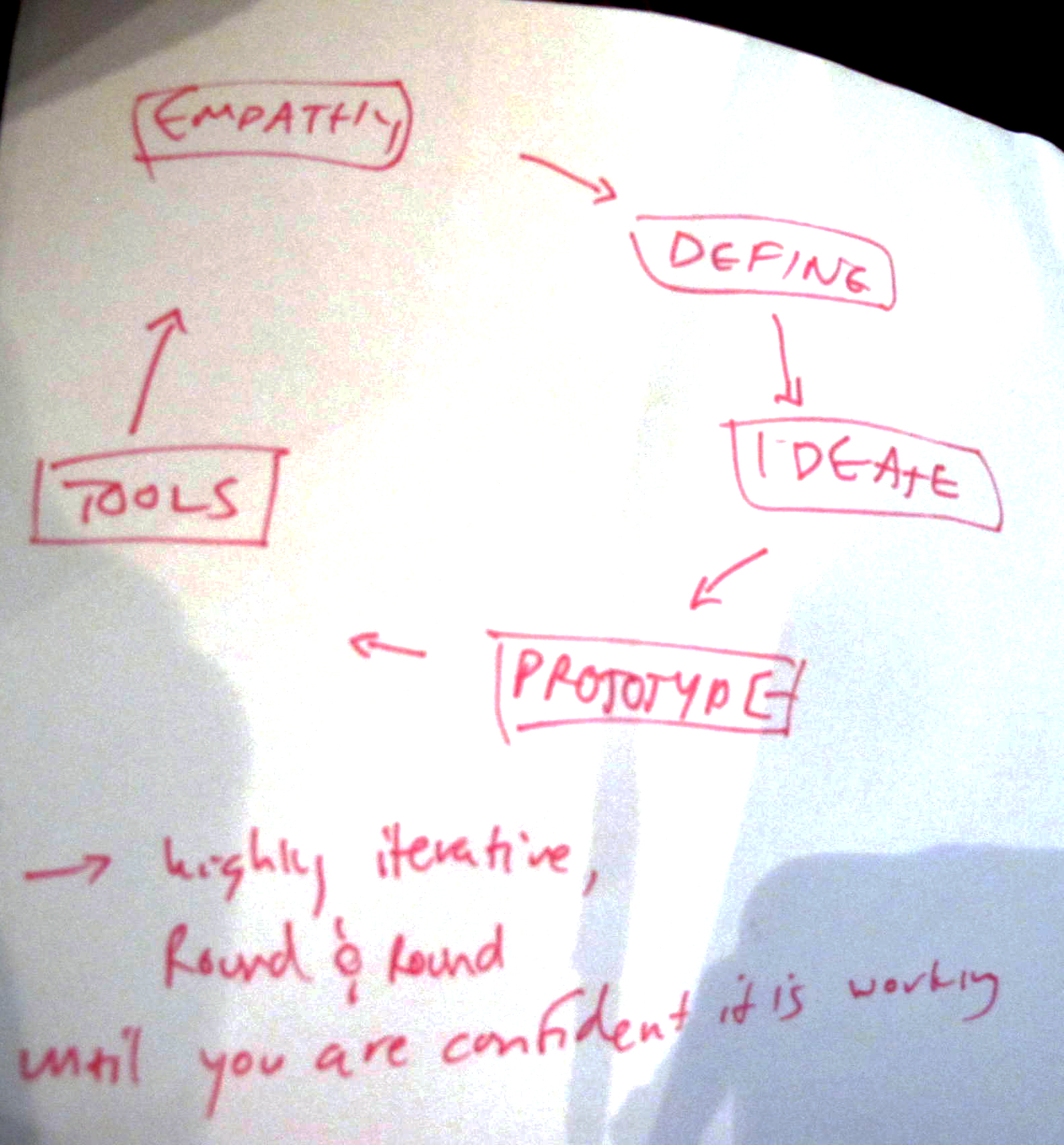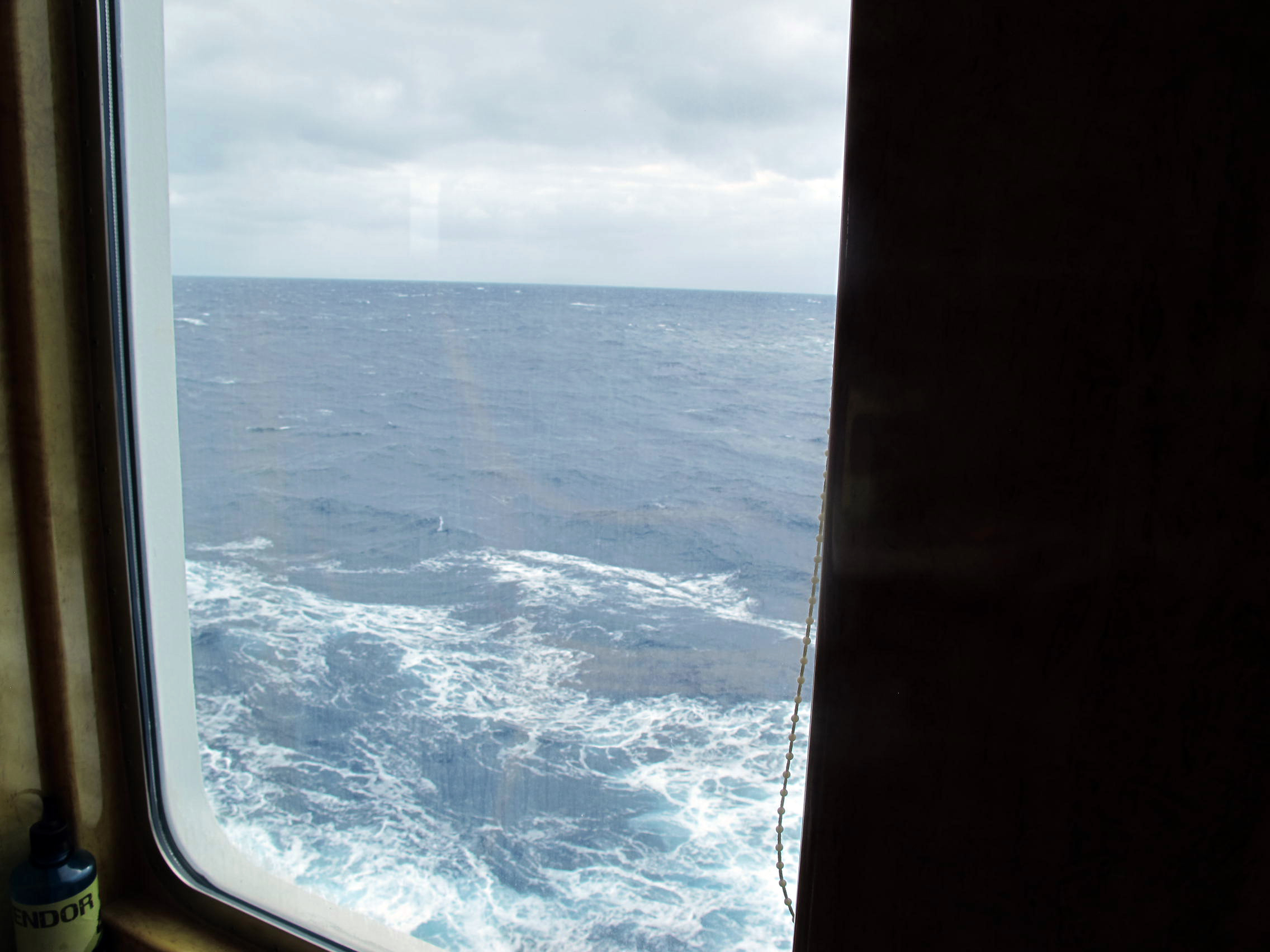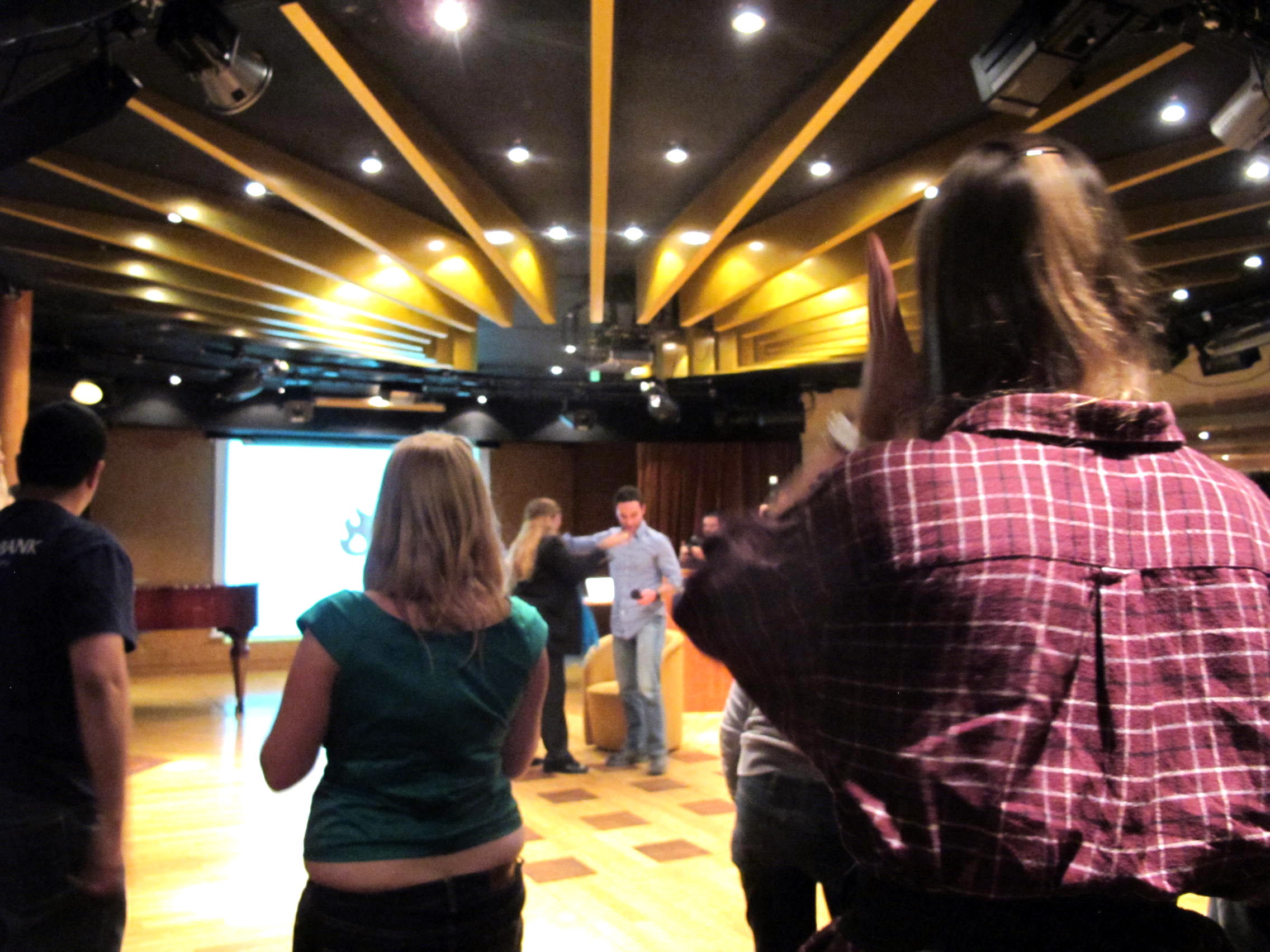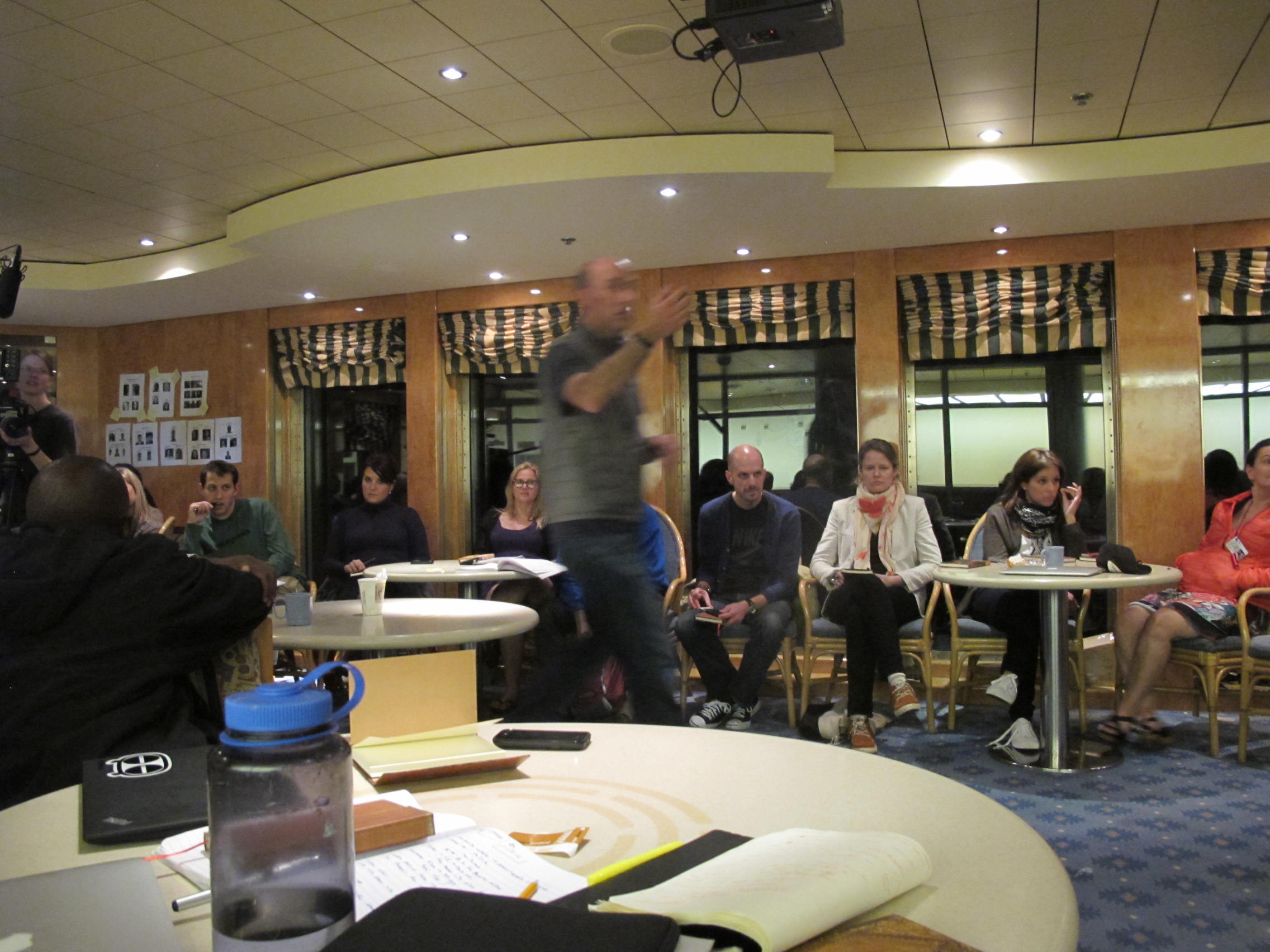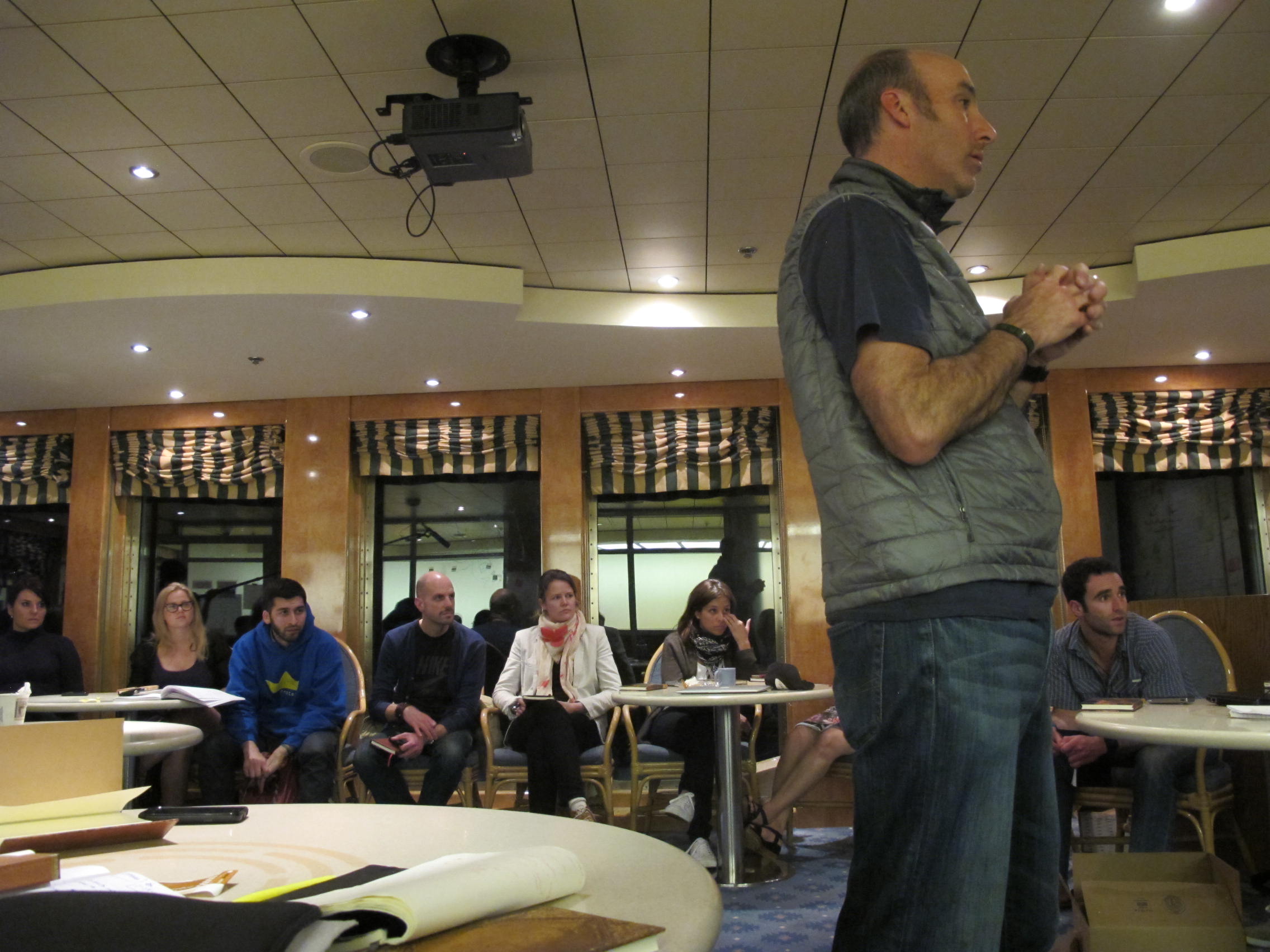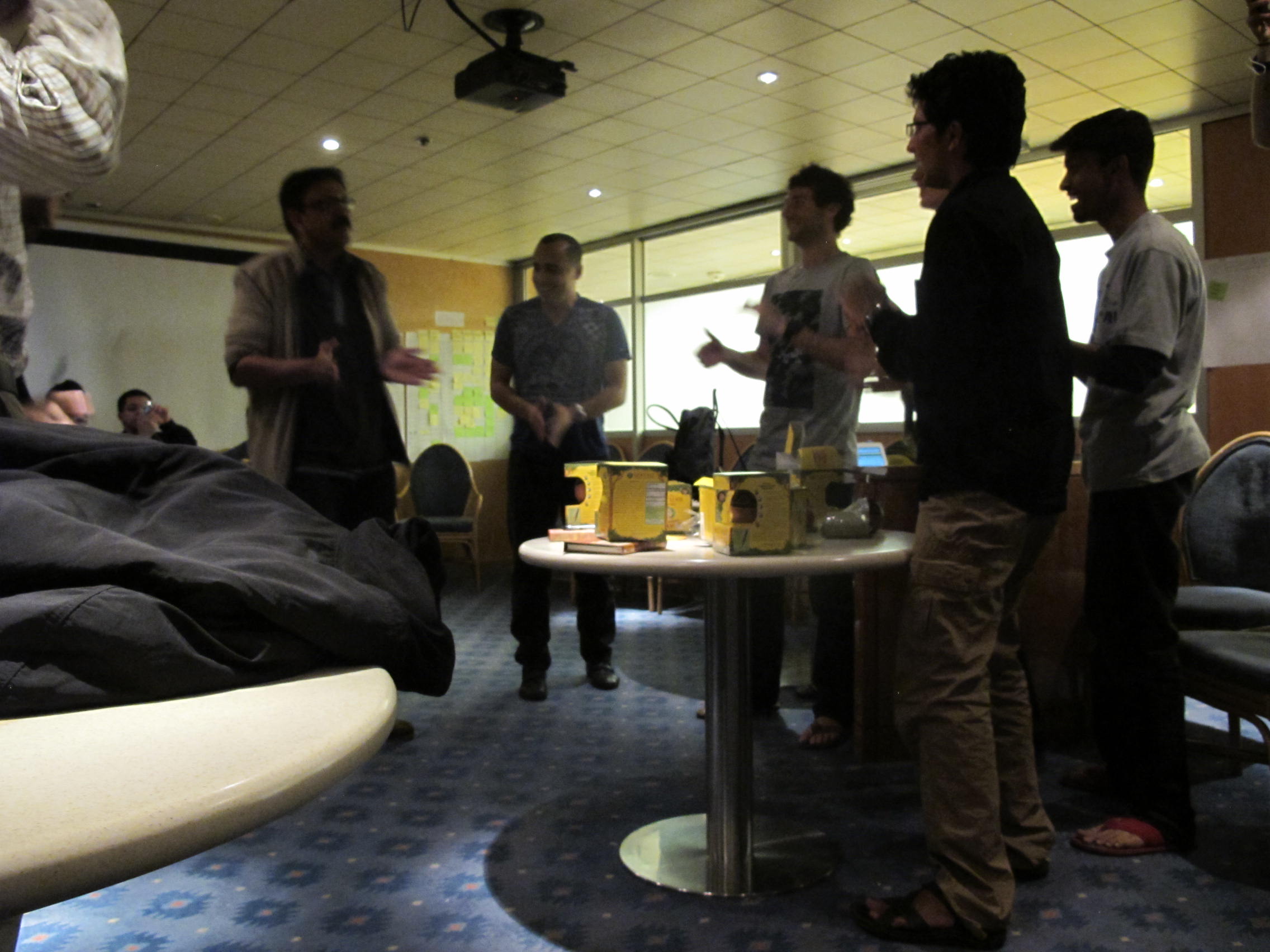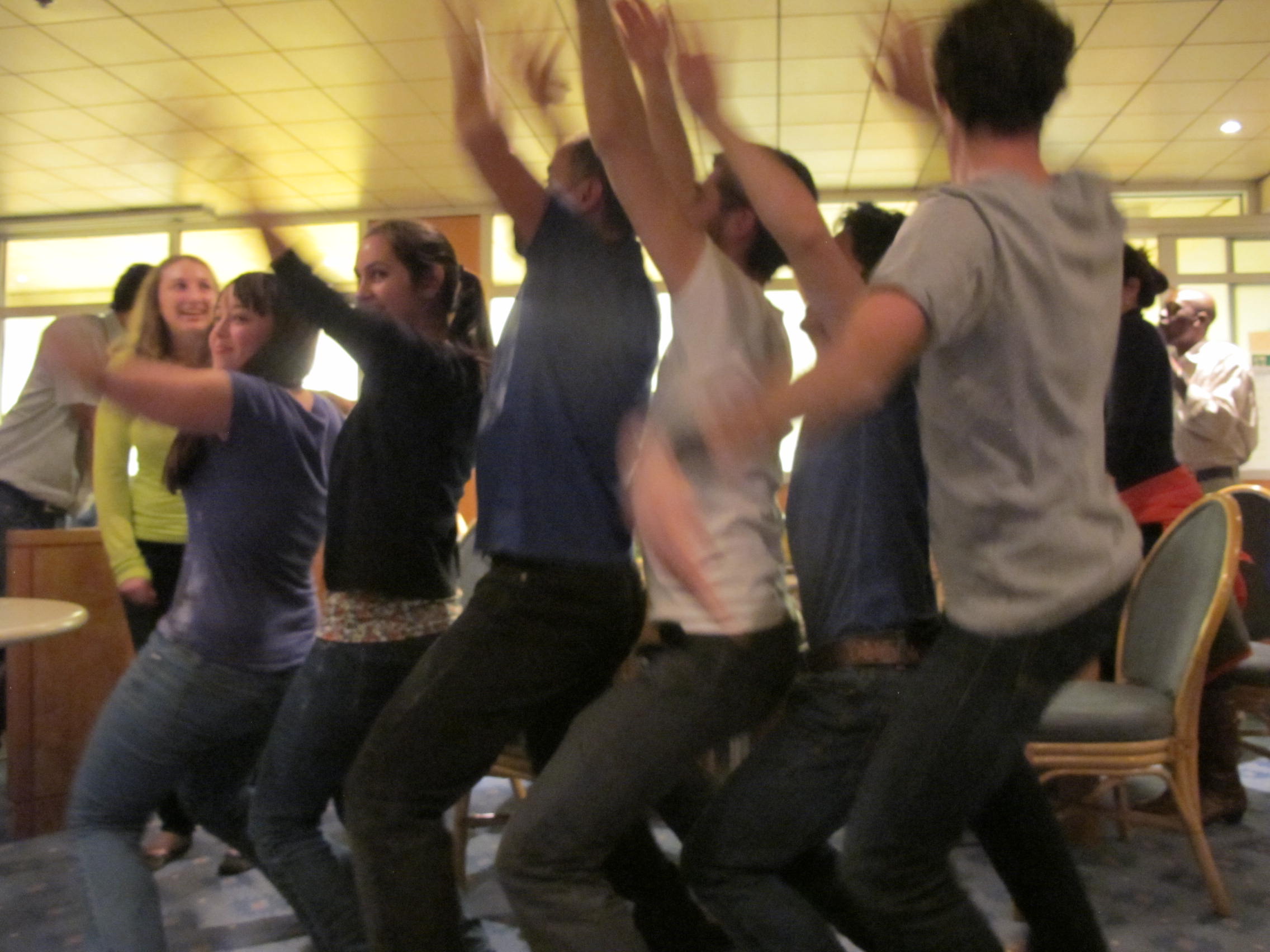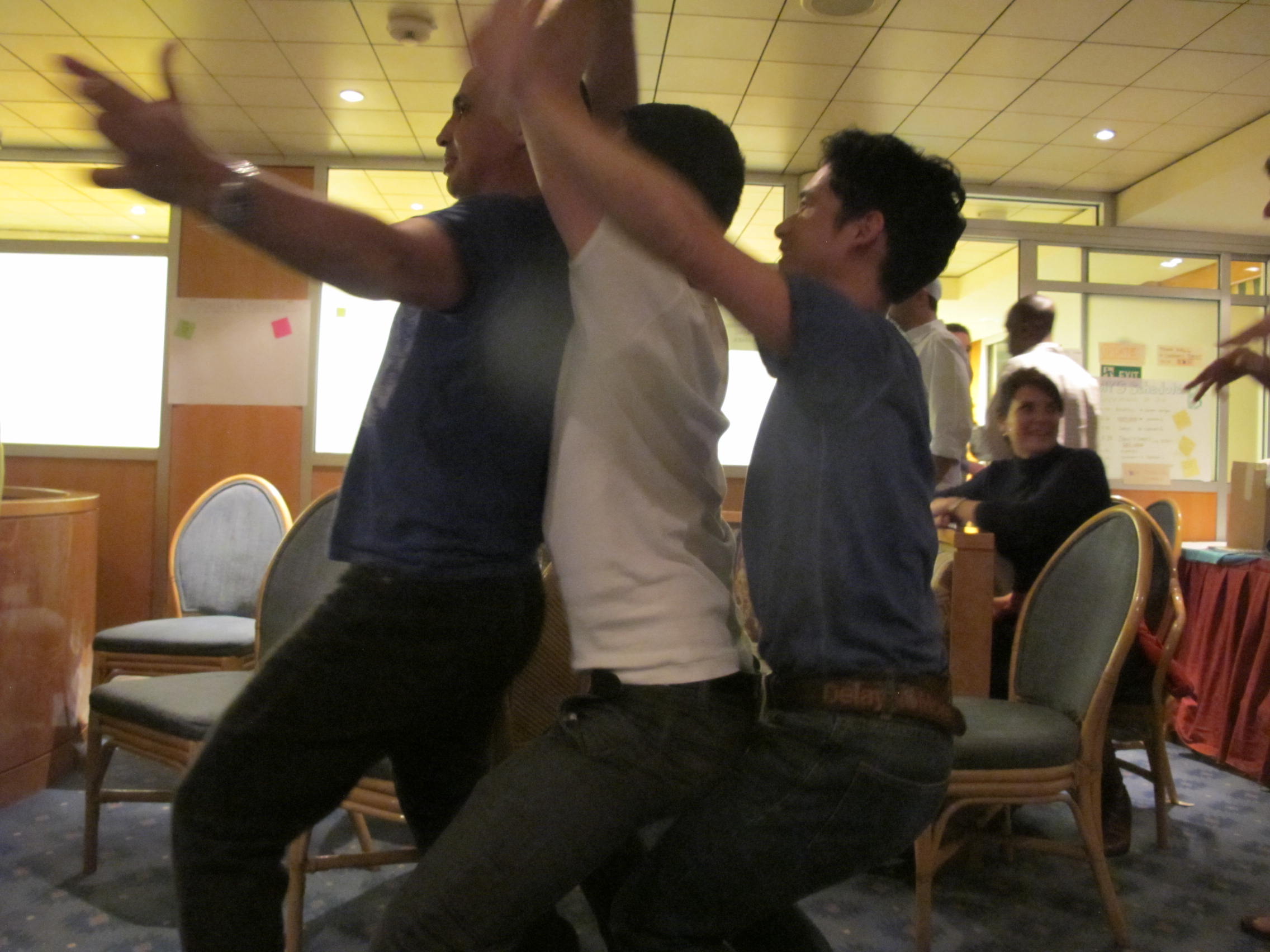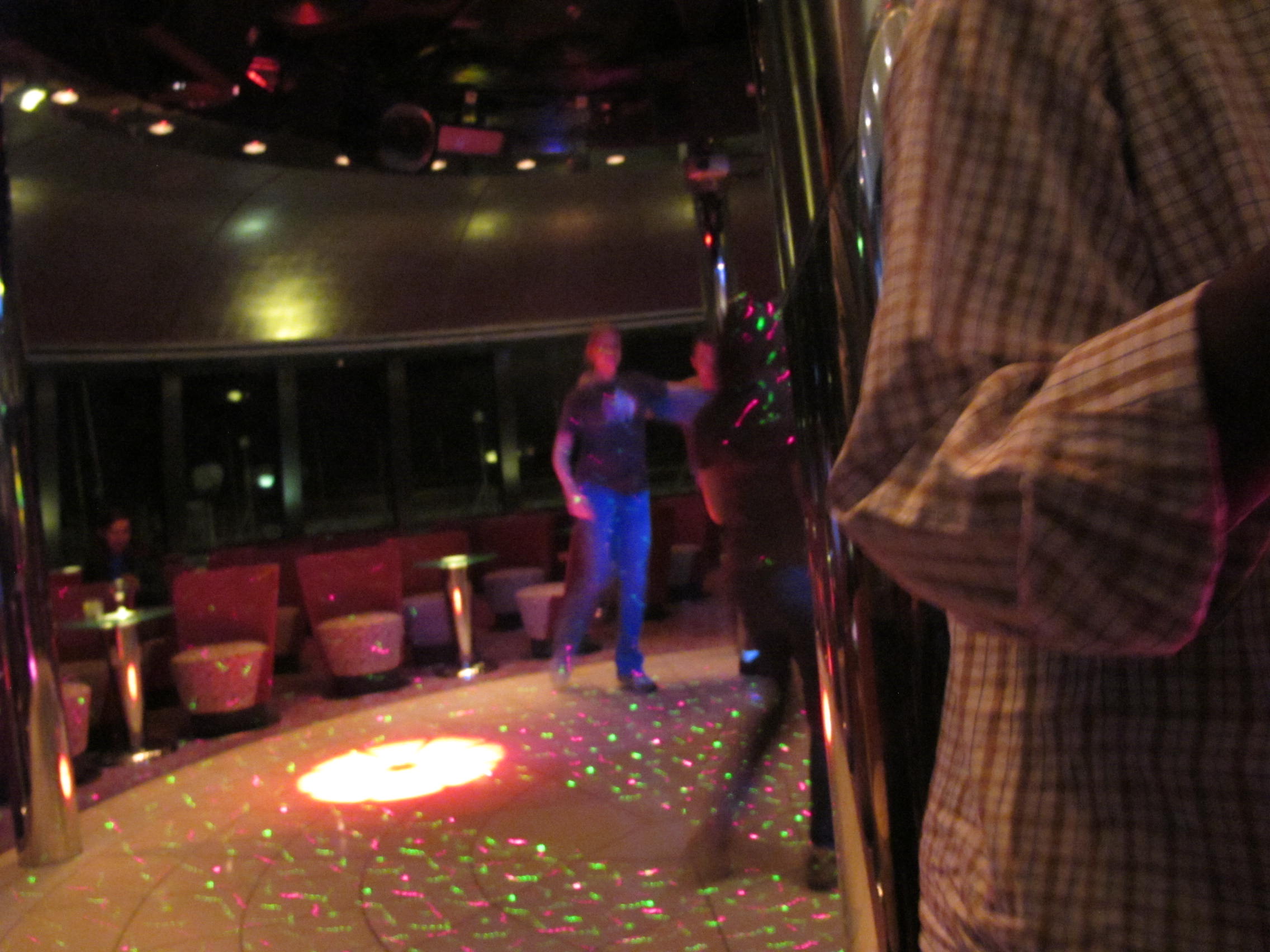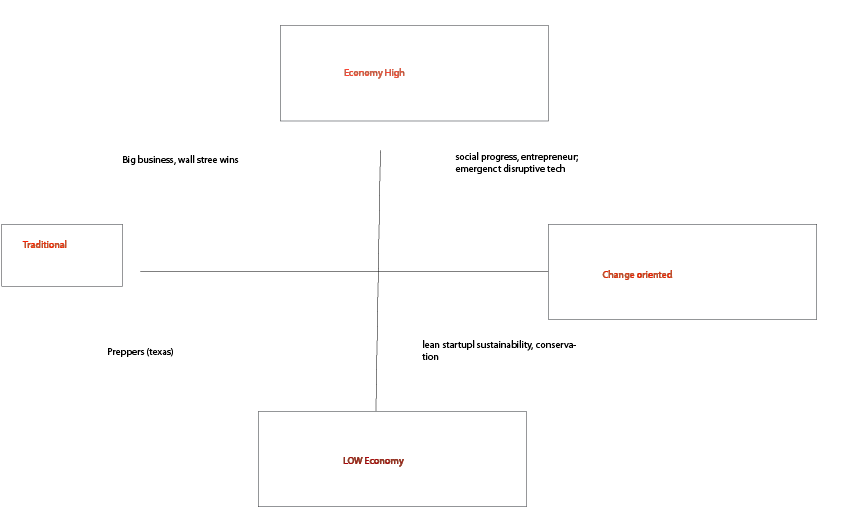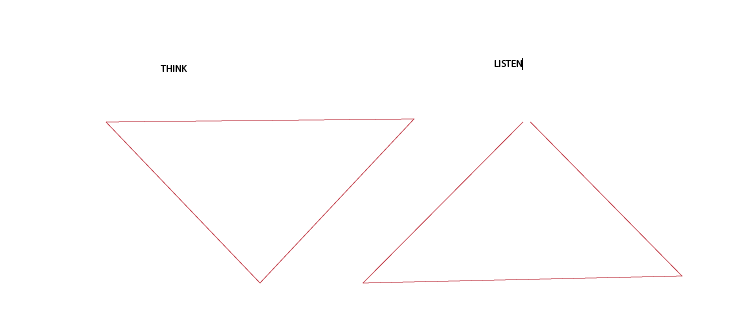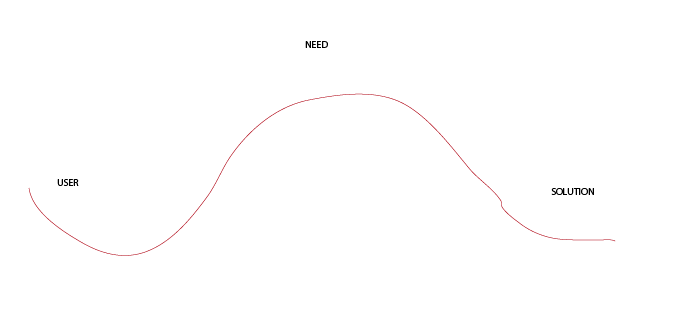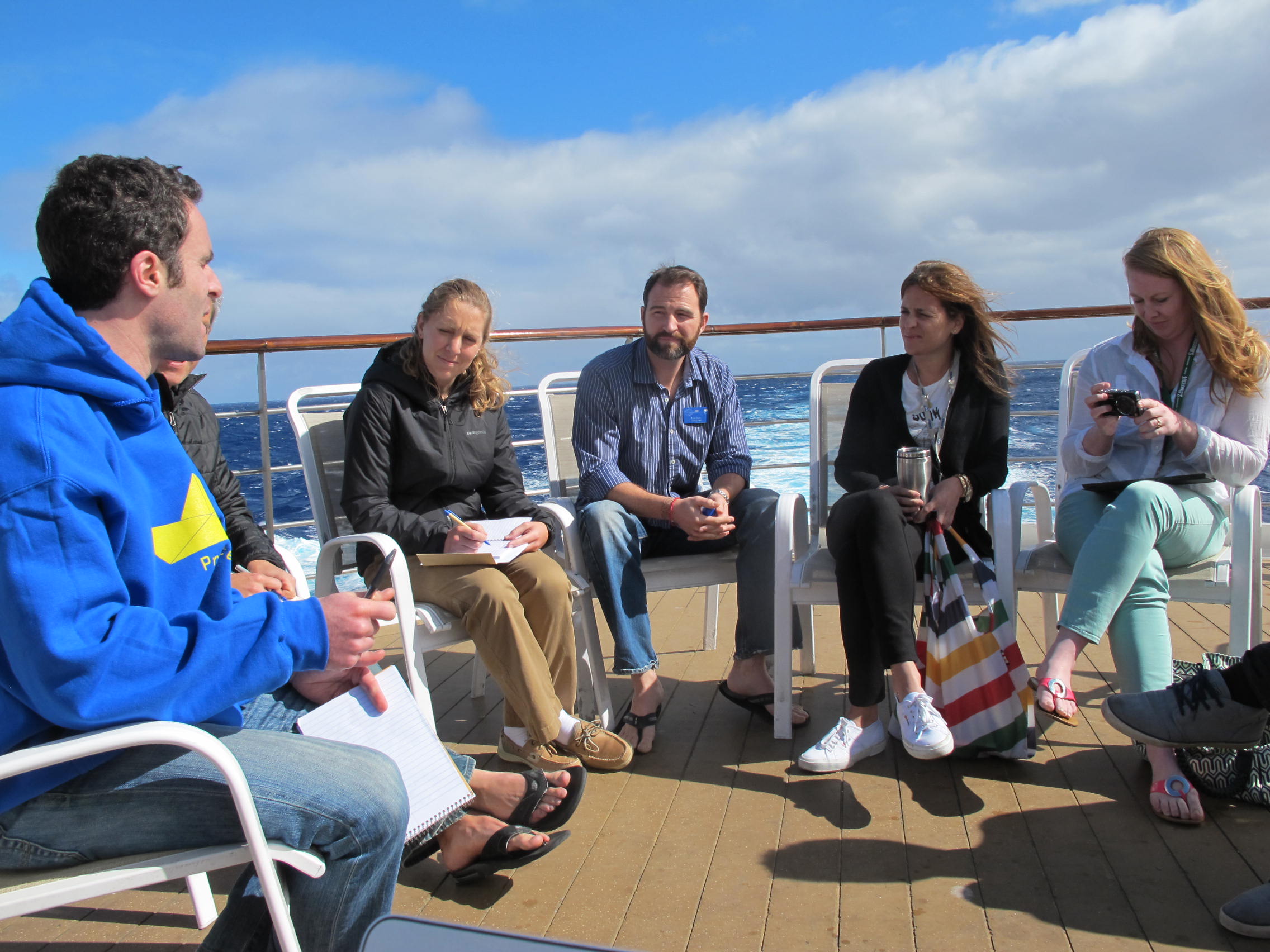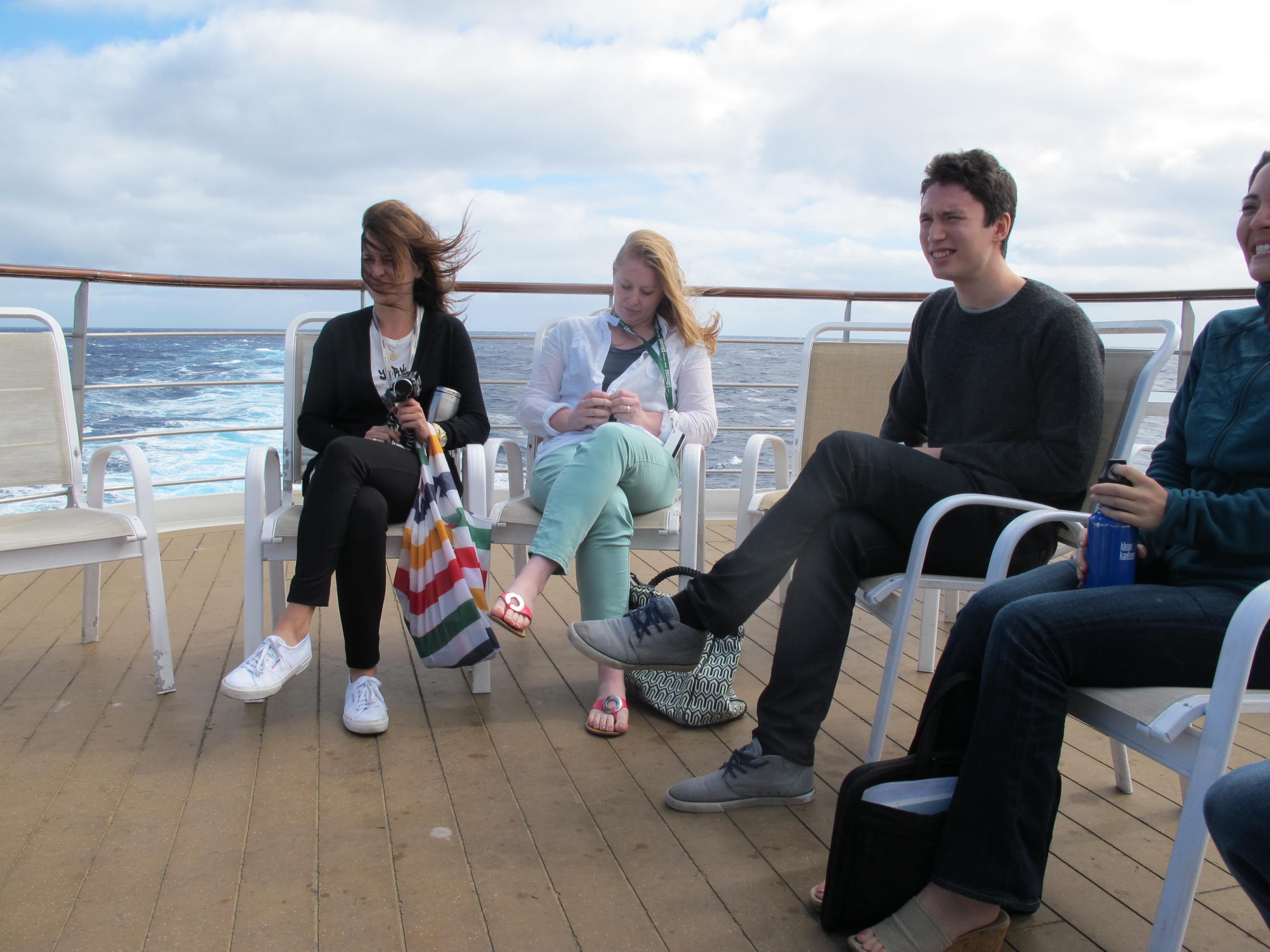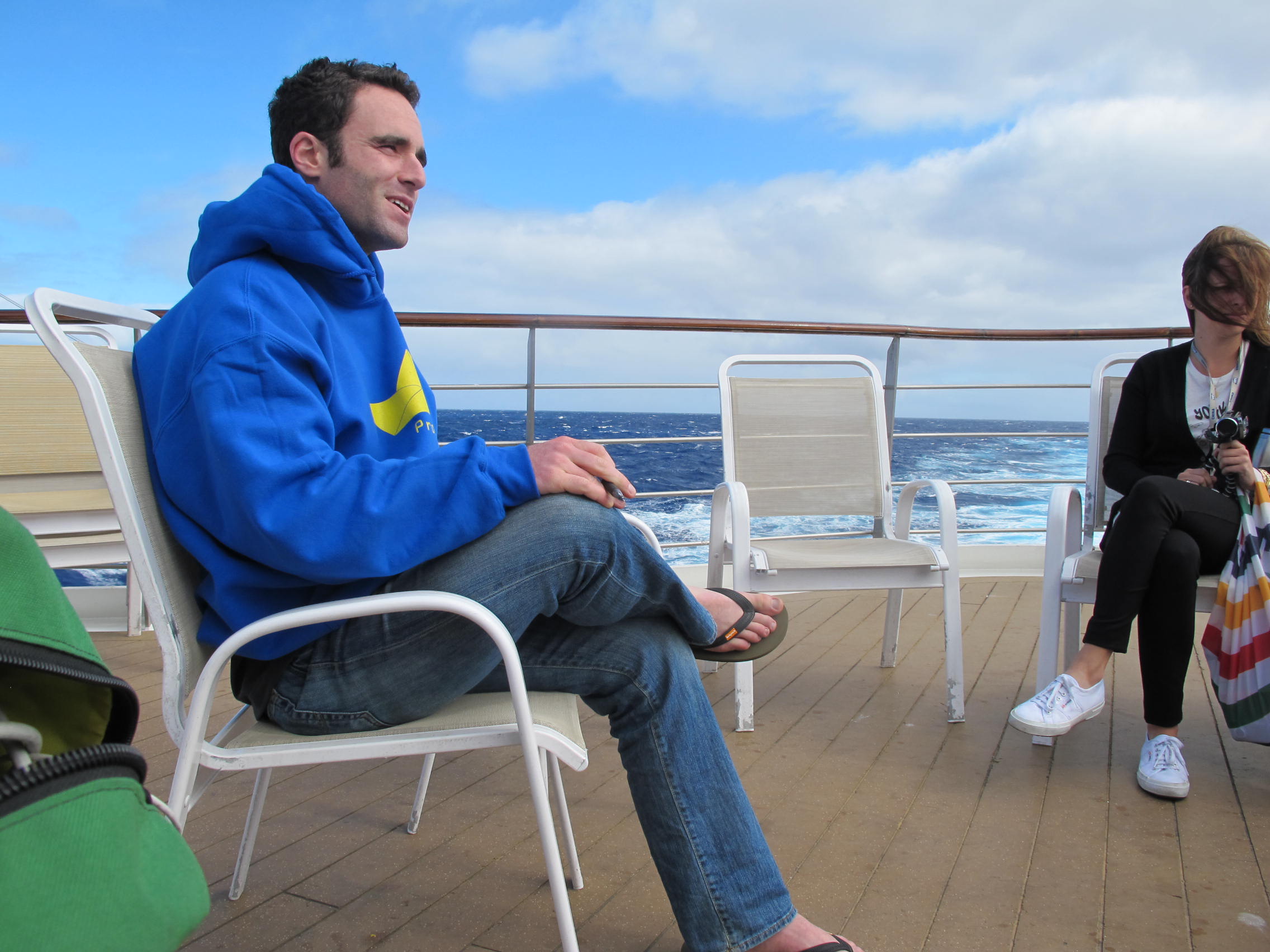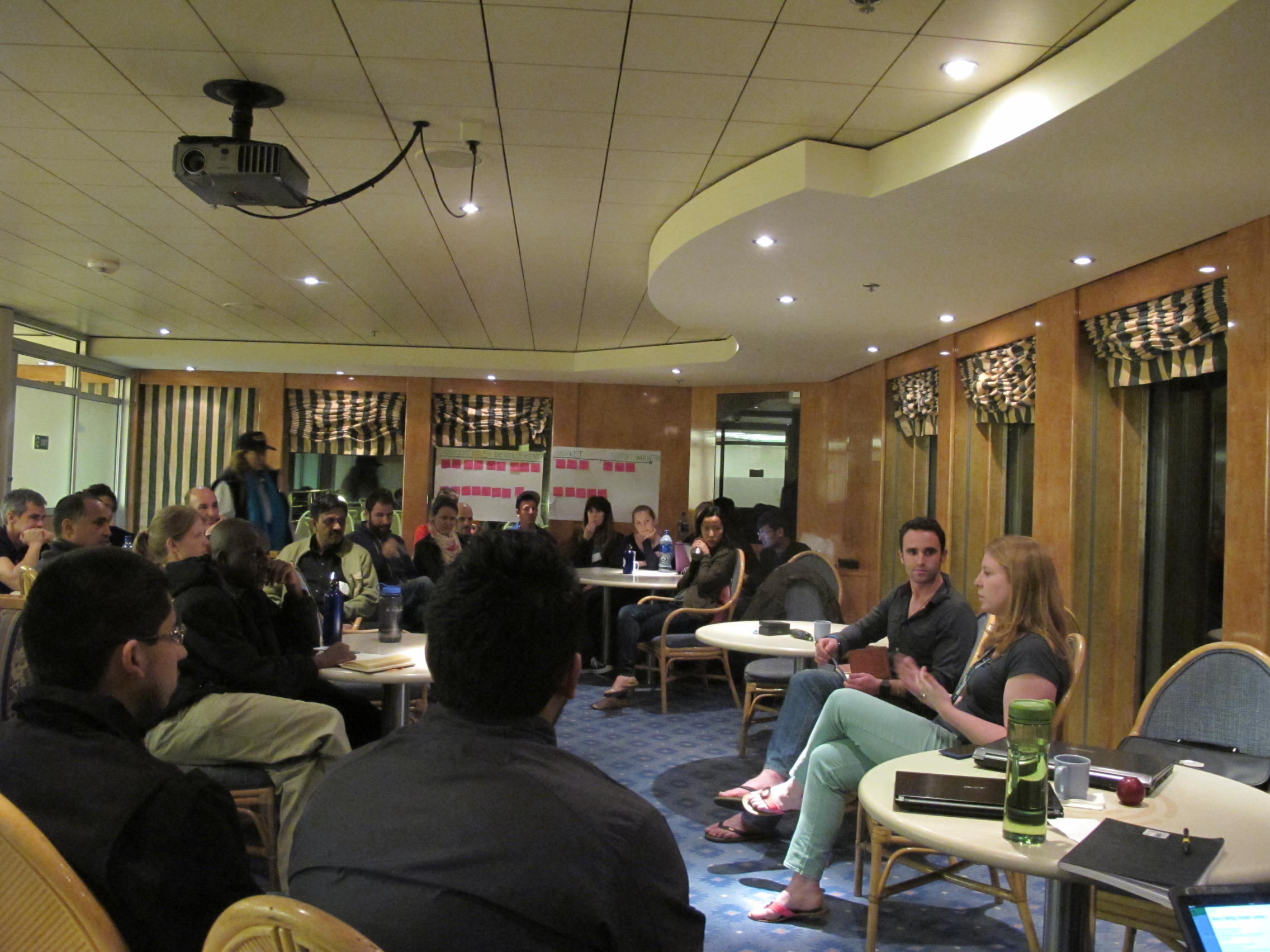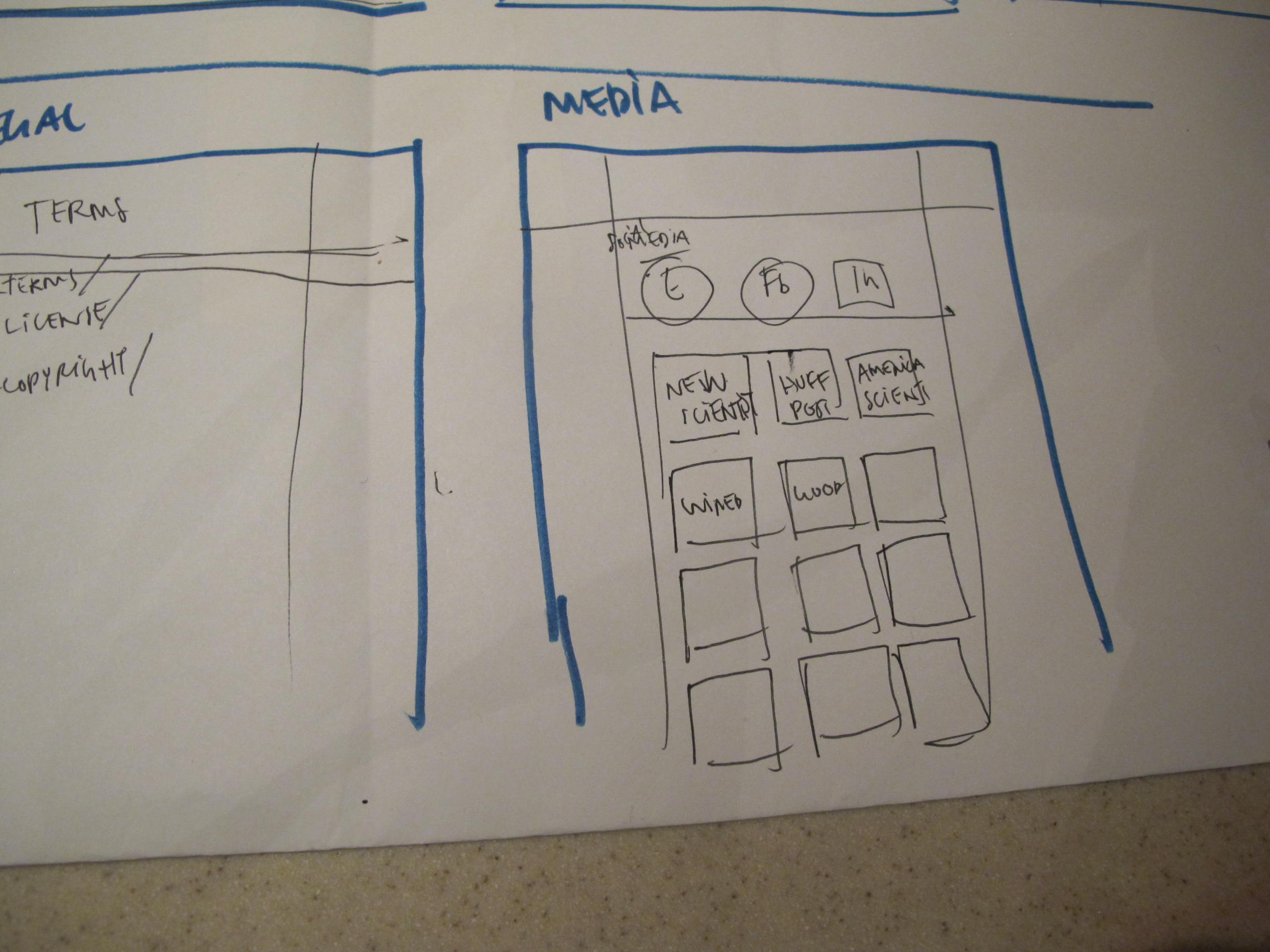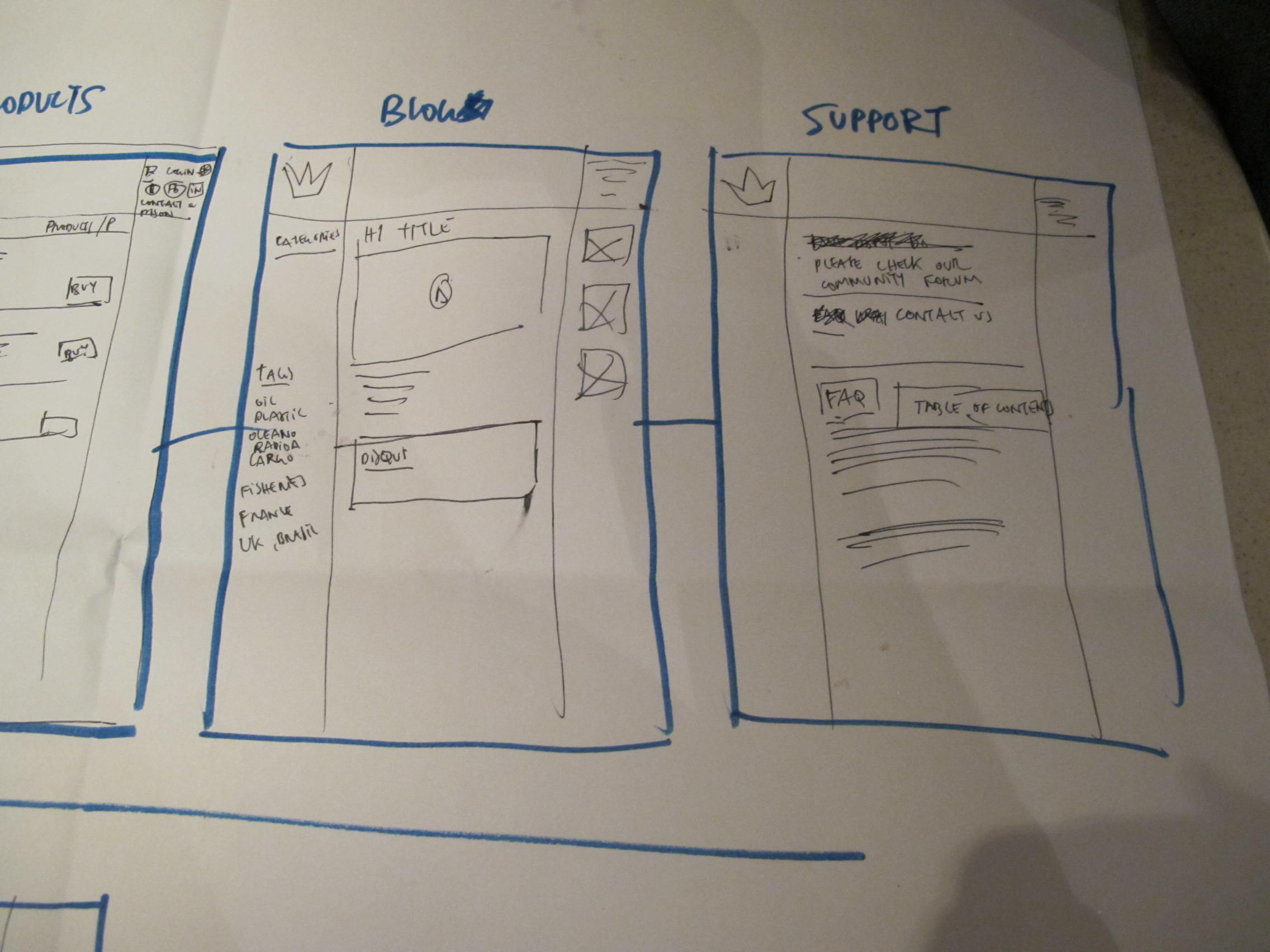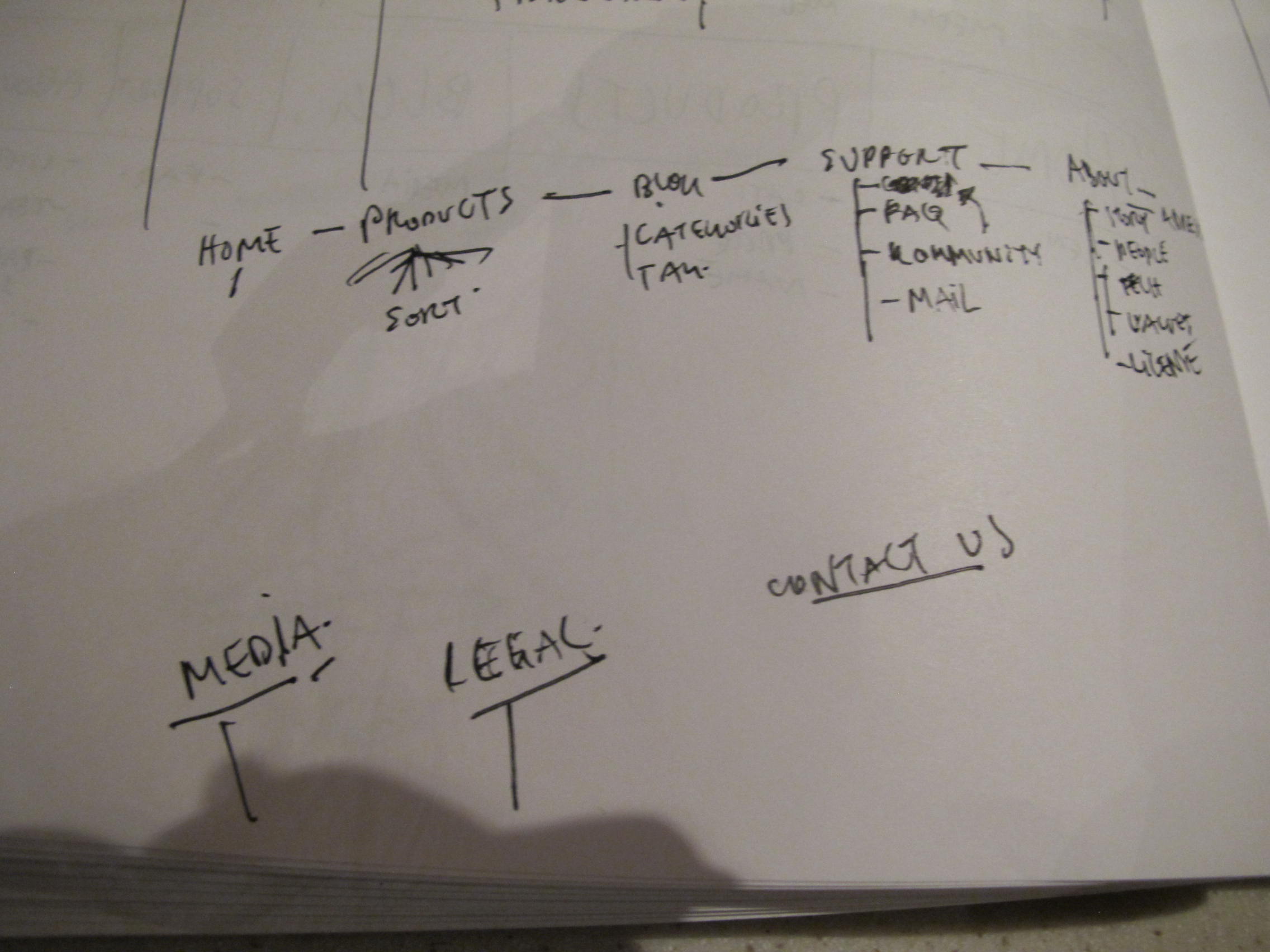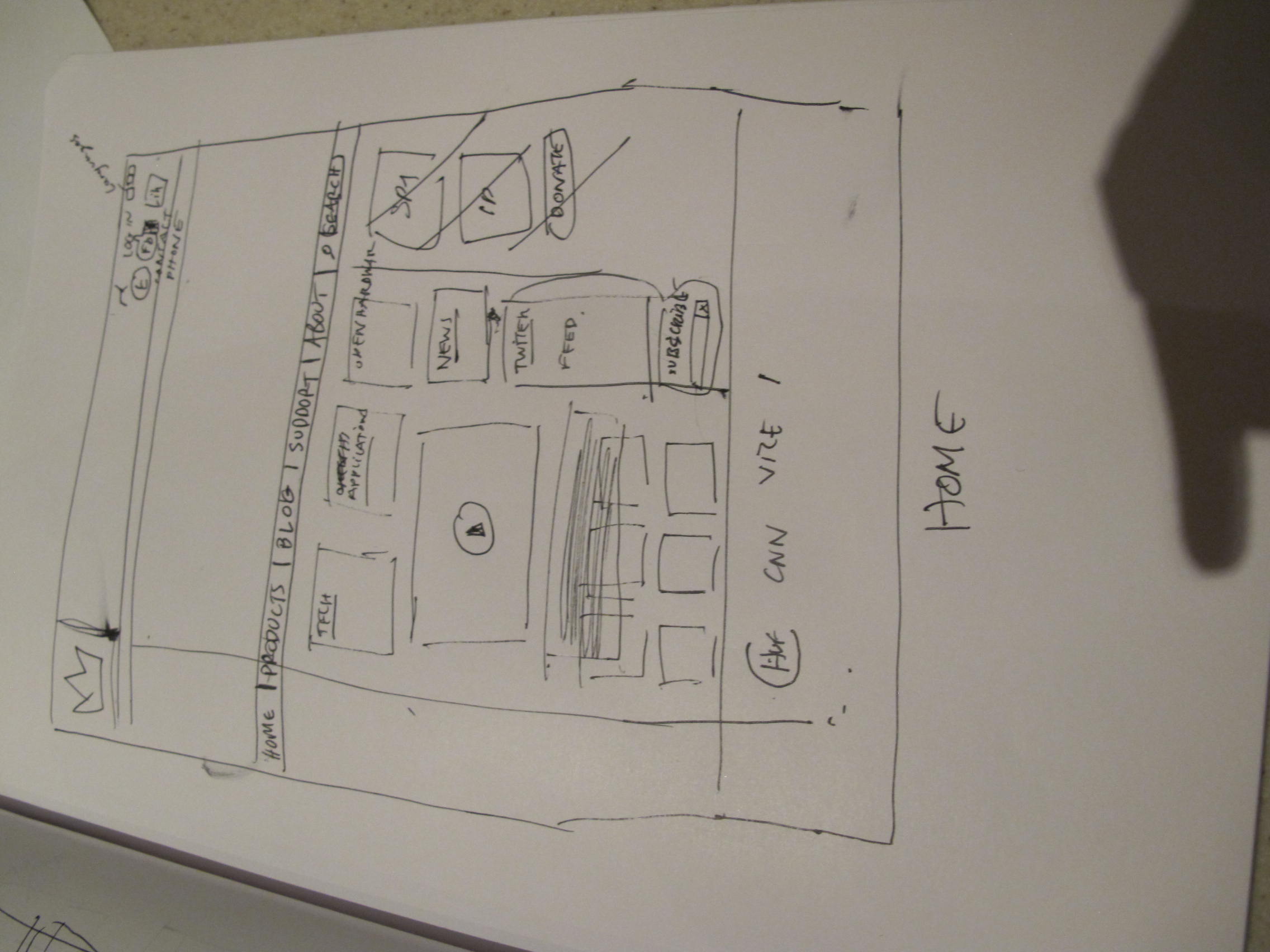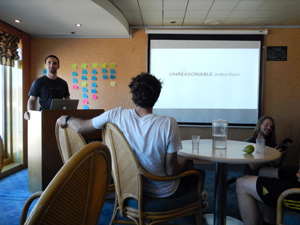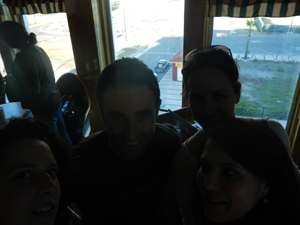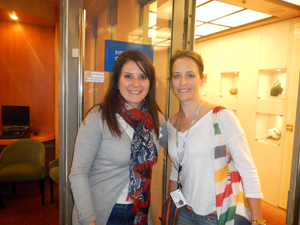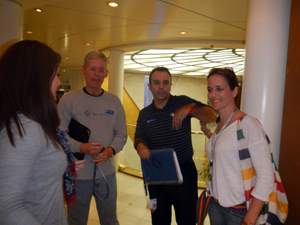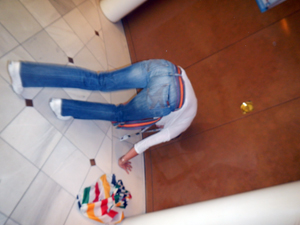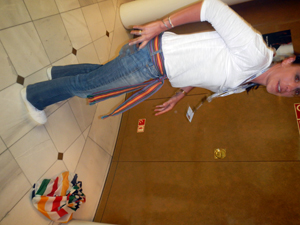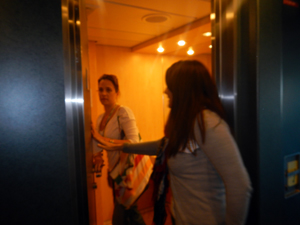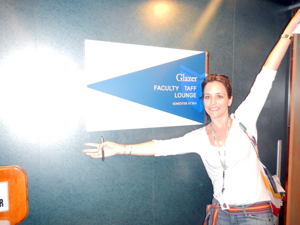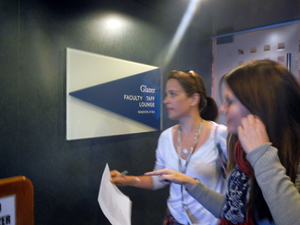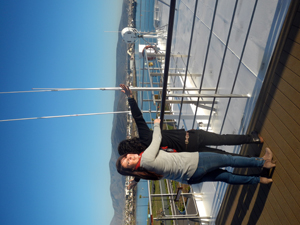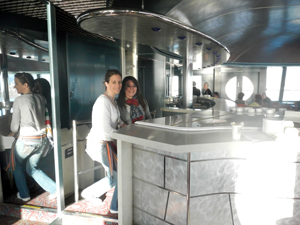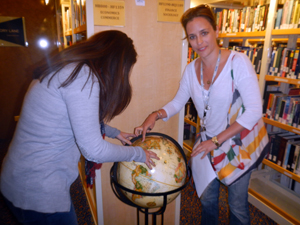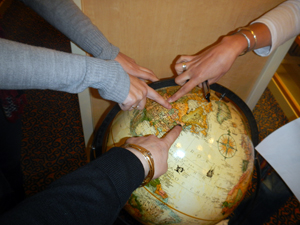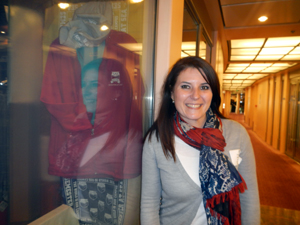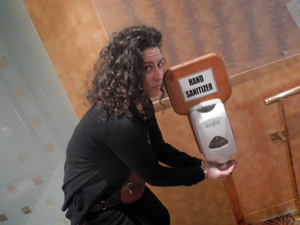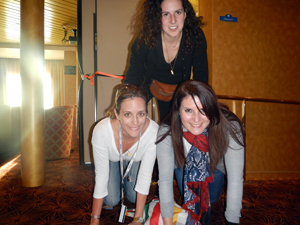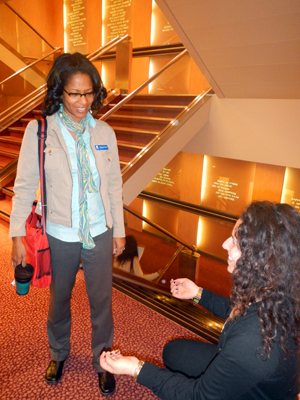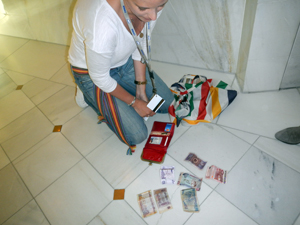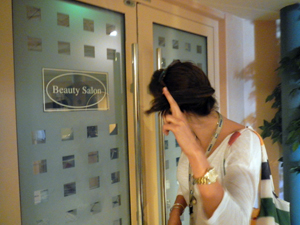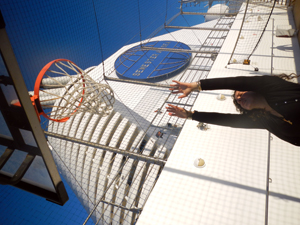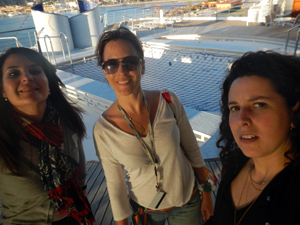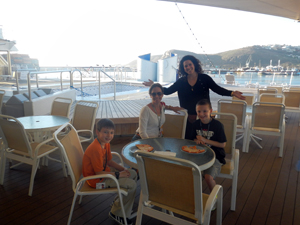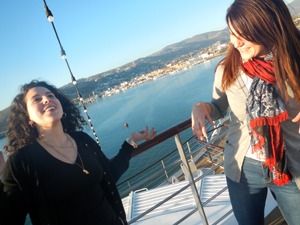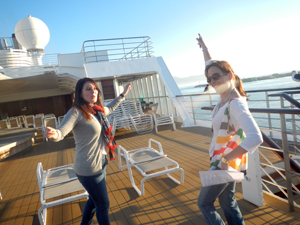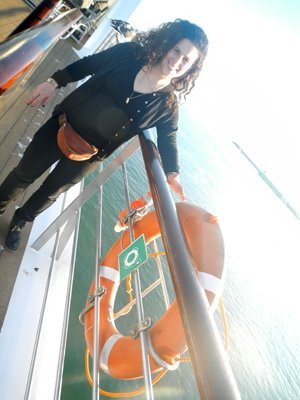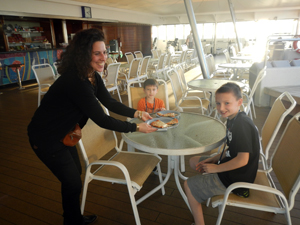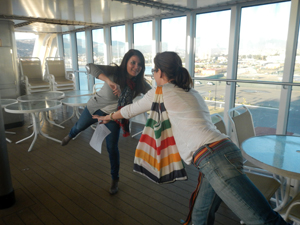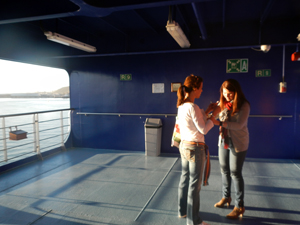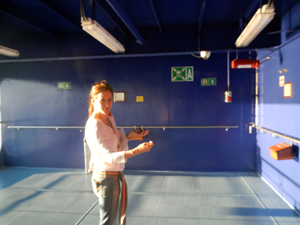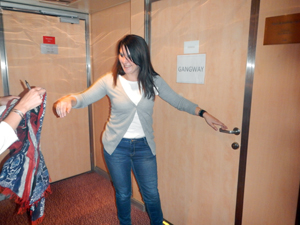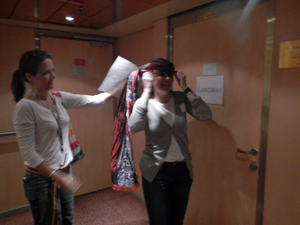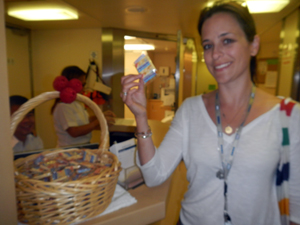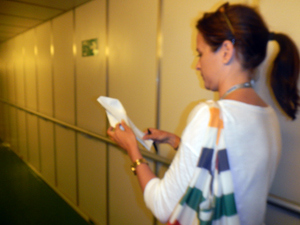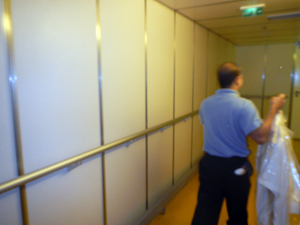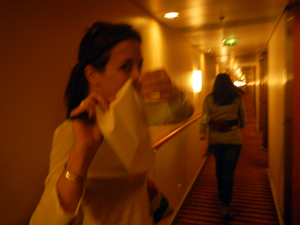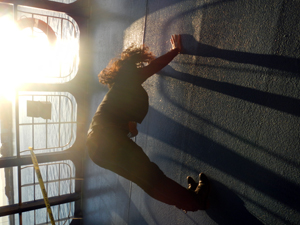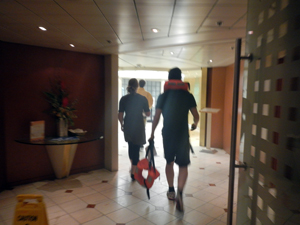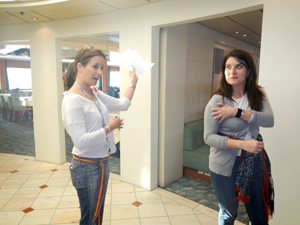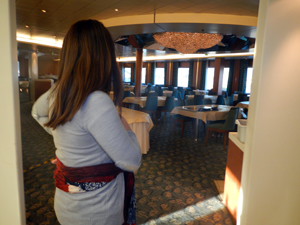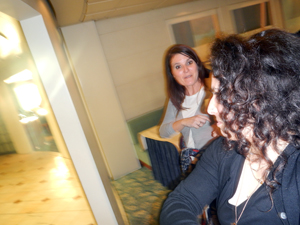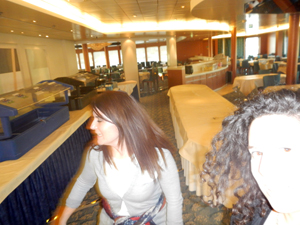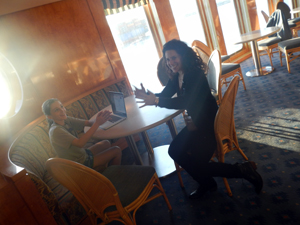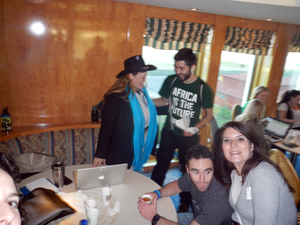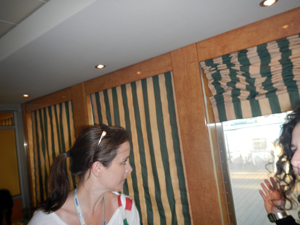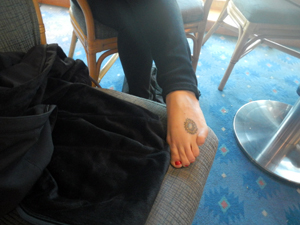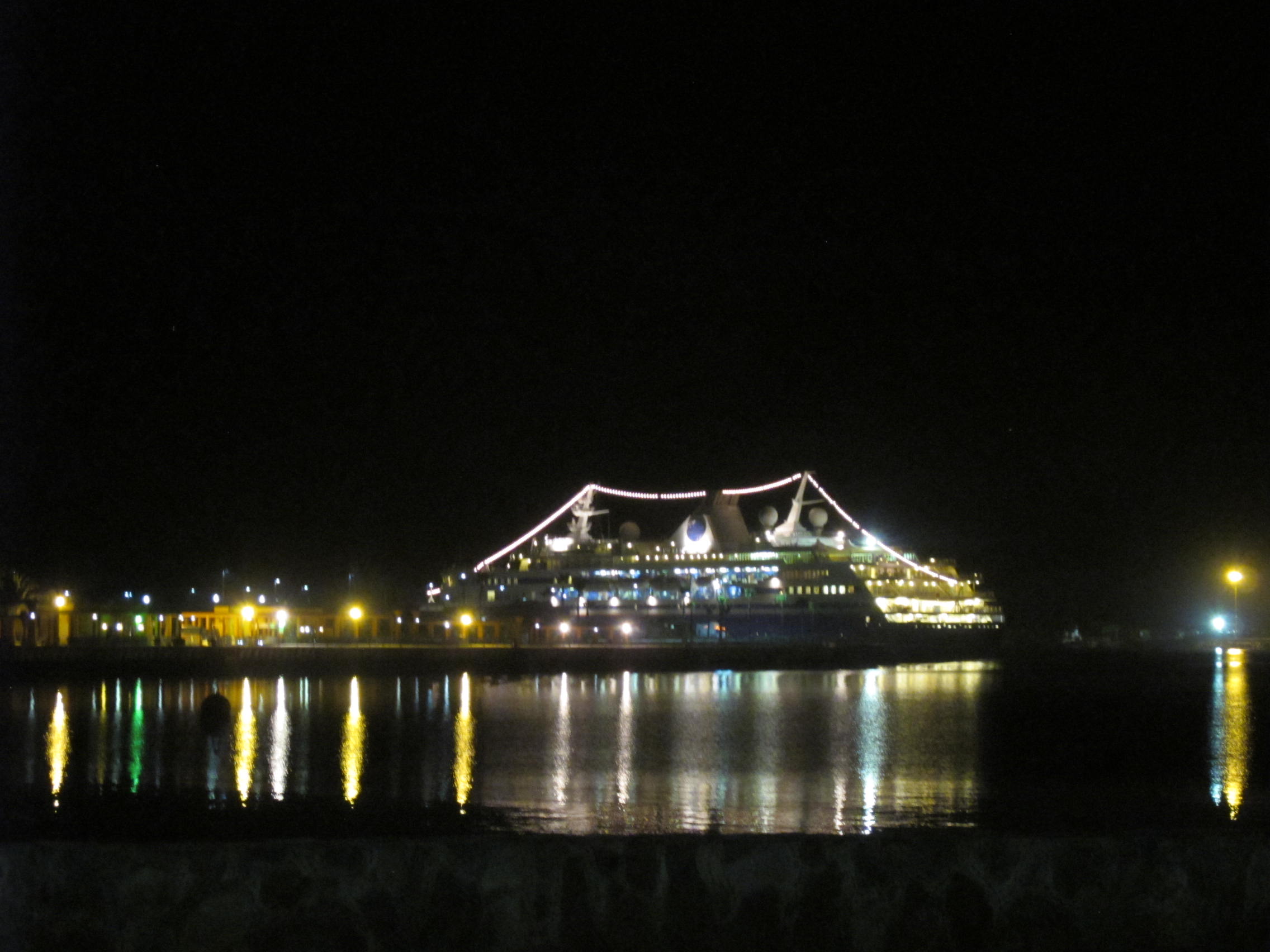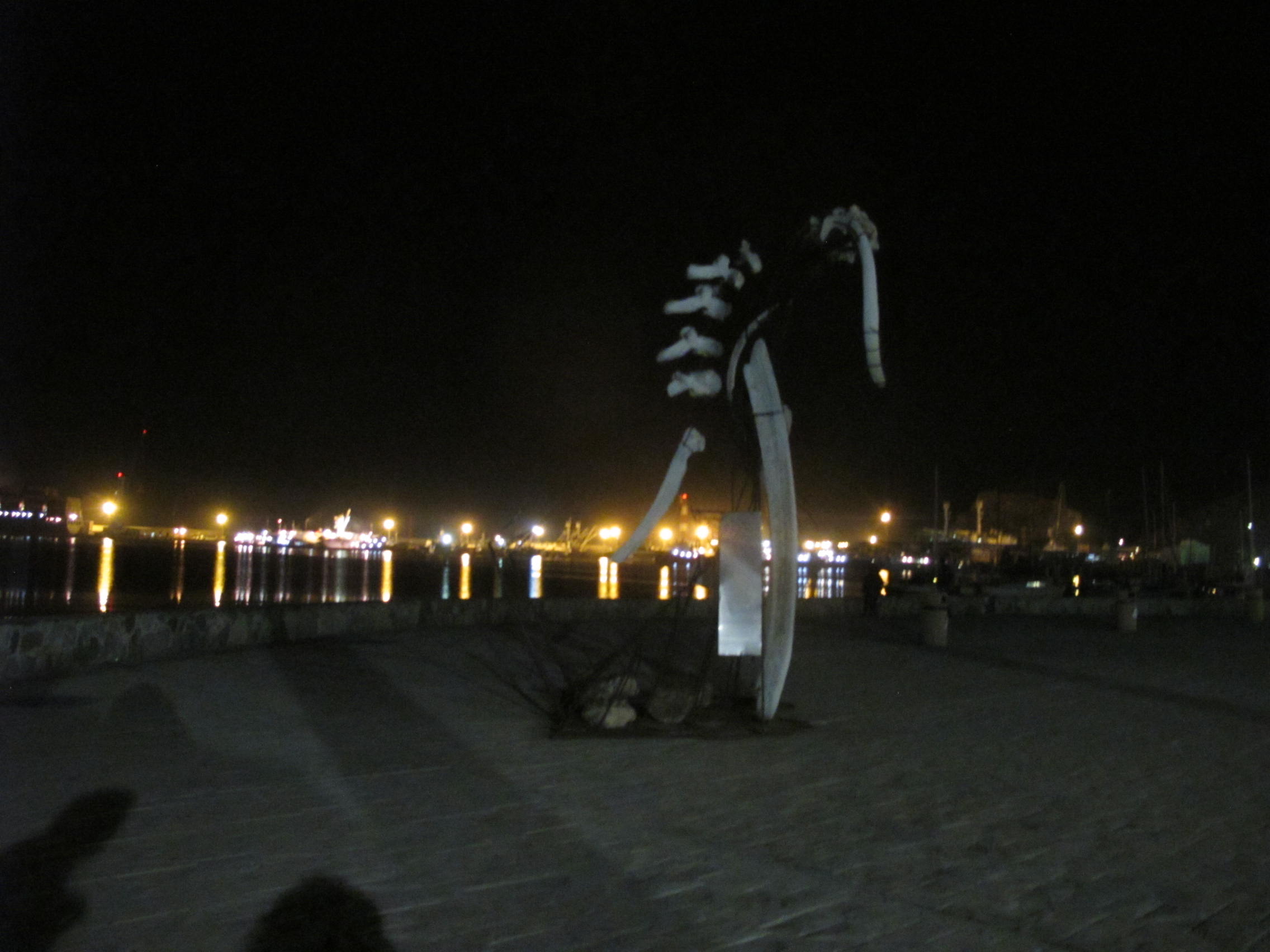Posts Tagged ‘gabriella’
Unreasonable at Sea day 13
Woke up, saw the sun rise, it was super today, poking brightly out from behind the horizon. It was nice.
Workshop 6:
Shira and Cynthia: in port logistics: best estimate about getting off the ship is 1 pm in Japan
-3 PM to 8PM Tokyo event – Yokohama to Tokyo, train back : Major VC’s, MIT media lab, 200+ person venue; business casual to business
-Tokyo = simultaneous translation – know the audience; showcase your business strategy to date
DANIEL: the art of powerful relationships: Networking
Out of the office is where relationships really flourish
-networking is perceived as slimy,
It’s about being human…
Act as if they’re the most interesting person in the room and it’s your job to find out WHY
Robert frost: we all have an irresistible desire to be desired
BEST deal, in an email plea: is to say i’m blindly confident that you are that persona and would insider it a privilege to better get to know you (even for just 15 minutes)
I am looking to meet people whoa are leaders in the field of bla bla bla
LISTEN is super important; body language changes how you listen and how others feel compared to you
GO STRAIGHT into vulnerability, and what you DONT know: what is the diff between perception and reality
Brene Brown, http://www.brenebrown.com/ watch the ted talk: be vulnerable, transparent, stoked. I disagree with some of this
What if you lose your energy to tell the same story over and over again
how do you remind yourself that it is so interesting
Recovery time is the secret to being a great athlete
-mismatch between what you love and what the world thinks you love it
How to build relationships with people, that isn’t just over a transaction but can lead to deeper transactions
Be yourself: don’t follow a formula
Ask for help, totally necessary – game where they put people blindfolded into a horse bin and they could only get out if they got help;Always give myself something to follow up on, continue a conversation, like george costaza, follow up until you get an answer; please please forgive me, we value persistence in the face of potential failure – and we would be so thrilled to..
Take aways – make a deliverable, bullet point, then follow up
Say Thank You
_______
Then we had a meeting with Daniel, and it was super helpful. For Japan we need:
1. a pitch (6’40”);
2. a 2 pager on Protei, including our marketing pitch for taking on a partner / sponsor
3. a prototype
SUPER EXCITING NEWS:
We are allowed to use the 2nd floor to develop the prototypes; this is amazing, truly.
Then we had a meeting with the students:
Unreasonable at Sea day 11
We will be stopping in honolulu at 12:00 just to refuel the boat, but Cesar and I have been trying desperately to make SURE that our prototypes get onto the ship.
Debrief tomorrow about Hawaii: but tonight is a big night. The Union will be filled with 400 people: this is your chance to tell the entire ship what you do and why you do it. Slides automatically change in real time. 6 mins and 40 secs, 20 slides, 20 secs each
–>Story: any one of those models can be told in a story telling way.
Some hints:
SIMPLE as possible slides: no more than 3 words
NO bullet points
symbols or quick slides (i.e. a relationship : kissing kids)
if you quote somebody: just get a picture of somebody, not the real quote
-Doesn’t have to be really accurate (ie the highlander institute that isn’t really the highlander institute)
Founder of Ignite giving an ignite talk about how to give an ignite talk (youtube).
–>Now: 1 hour to storyboard
-work on what you want people to remember; think of each slide as a newspaper headlining
-Encourage audience to cheer and be a part of that experience (supportive room)
hints: you can put two of the same slides on two slides  (hack the system)
(hack the system)
practice first, then build the material
And finally ours:

Which felt like it went quite well;
After the presentation:
we got a number of students who came up to us to try to help out. it was neat. We pulled out all of our garbage trash: 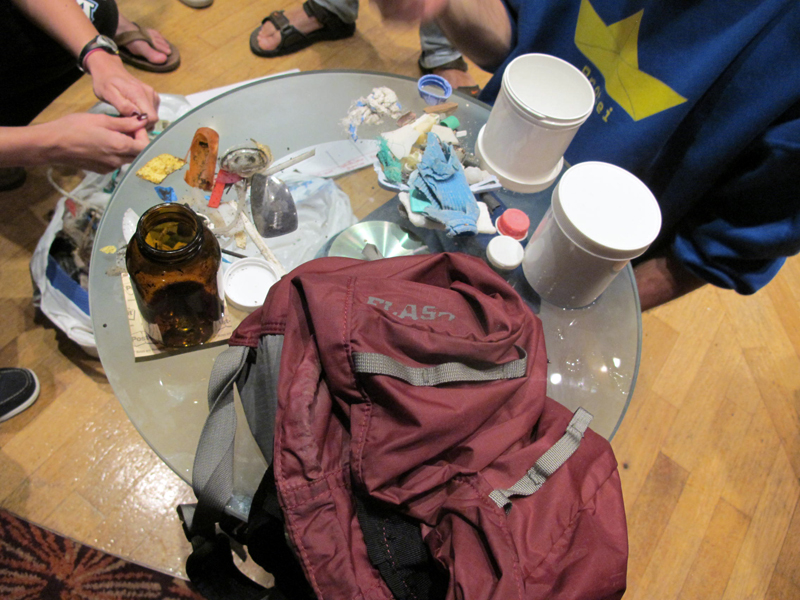
And then we had another great dance party in the lounge. It is interesting that we end up in these circle dance parties where One person is in the center and everyone is on the periphery. We even did the train in a circle a few times. heh.
Unreasonable at Sea day 12
Right now we are stuck at port in Honolulu, it will have been more than 24 hours, but unfortunately we are not allowed off the boat, because we were just supposed to stop here to refuel and pick up mail from the post master at the port. But we are not leaving because of rough seas ahead… hehe. I wish we did leave ! Because I like swells.
You can tell that the waves will be big because the librarians have strapped down the books to the bookshelves:
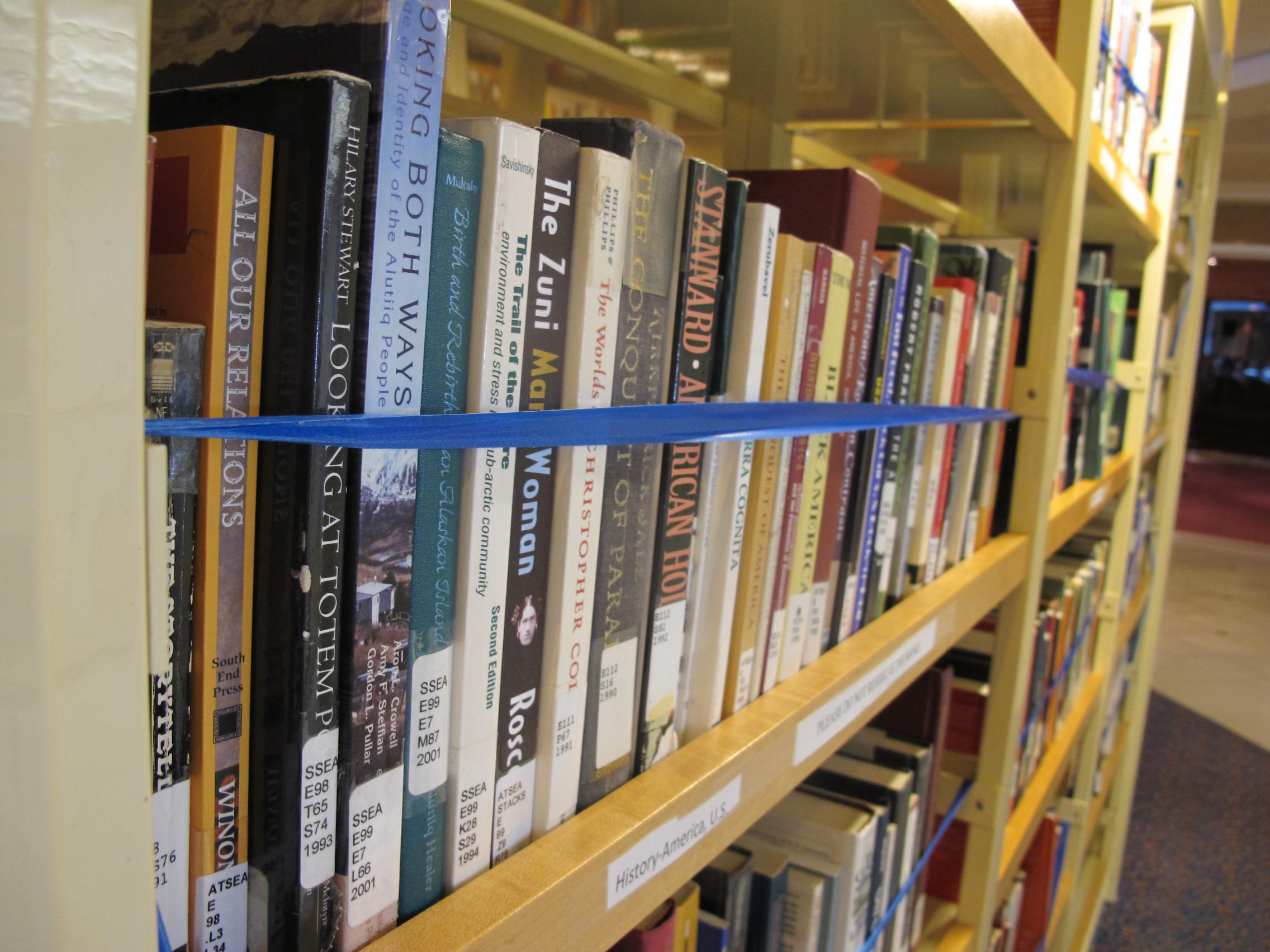
-I guess people were even informed to REALLY stock up on sea sickness meds… lets see how I feel later on! Because I do not like taking preventative medecine. Anyway, we took off at around lunch time; It was neat taking off – there were tons of whales bopping around the water – well, what I see is spurts of water and small body parts popping up out of the water. Sort of neat.
Here’s the tug boat pulling us out of the cove.
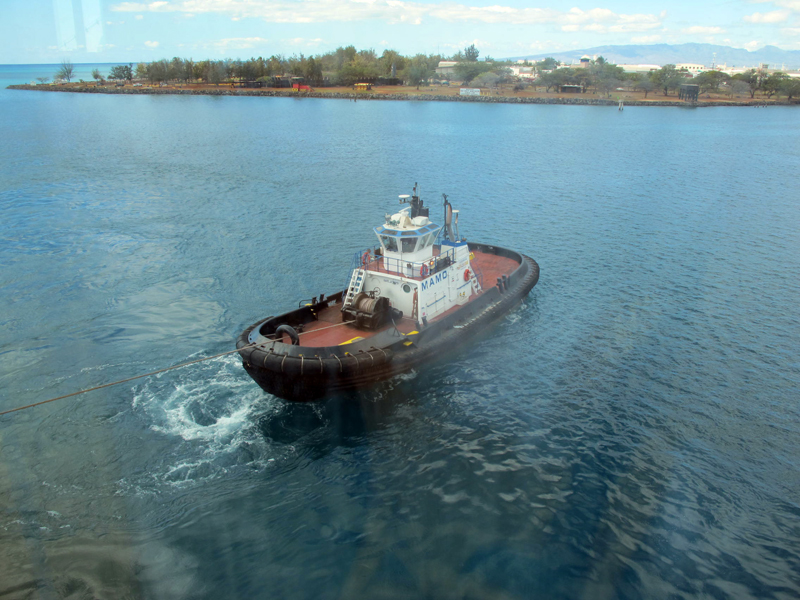
So today, Workshop 5:
Our scheduled free day is actually on our international daytime lost day: in other words, we lose january 21st; there is no Monday; we skip the day.
So our 22nd and 25th are free days; the 21st does not exist for us
Too bad it is Pedro’s birthday!
TO DO: figure out getting on intranet and semesteratsea email
Introduced to the new learning partners: 2 from nike foundation, and 1 from microsoft xbox
George, on Reflections:
So, I’m not sure the best way to go about writing a reflection. The first things that come to mind are all the things I actually, like, NEED to take care of: bookkeeping, email Iliya, finish writing for blue trail, write up the course description, do some cinder, take care of all my own receipts and invoices, ugh. But what about the way things have gone during the time I was focused on the NOW, and what I was actually doing?
The good things that stand out: When I do things that are super involved, it is good. Driving a jeep off road was perfect. so glad I did so. I love off road driving now 
Seeing a beach mottled in rainbow plastic – wow. That is a crazy thing to see, sand that is not rock but plastic debris from fishing trash. I thought it sort of, like, got lost at sea. But I guess a lot of it doesn’t get lost at sea, it washes ashore. The really cool thing too was that the beach was so teeming with wildlife – I took some photos of rocks under water and I found that, amazingly, there were amazing colorful fish IN my photos, little did I expect!
To me it feels like we are doing the best to make our time useful, to meet people who might put autonomous sailing robots to use, and to try to find insight about what type of instrumentation might be good for Proteis. But we are not trying to market to mass consumers, nor to big industry, just trying more to do grounds work and talk to locals. It is an interesting experience to see what the outcomes of the goals are even though I don’t know yet.
The design workshops are quite interesting to me, I need to find a balance between taking initiative and stepping back because sometimes I feel I stay too far in the sidelines. I cannot tell. But I think the thing I like most about what we are doing are the design thinking workshops and the hands on running around (i.e. driving 4 wheel drive off road to the beaches and stuff). The design thinking workshops I hope will impact me in all sectors of life, but I find I especially need help with: making a story; giving that HOOK that George talks about; making a story that sticks. Now I don’t feel like I can do it alone or write compelling stories or wording. I have sort of taken in a lot and vomited it back up, but how can i do it alone for new stories or different stories? How can I continue to practice this at all times? in various aspects and projects I’m to work on? Or on a day to day basis?
To try: try to do this on a daily basis with small stories and goals for little code related projects (arduino, c++);
How would I want to spend my time differently in Japan?
maybe a clearer goal would be good but at the same time i am finding value in just “seeing” what happens, with a few goals in mind; Perhaps it will be good to think about if there are connections I should make that are a bit OUTSIDE the box, outside of what I’m thinking. I am contacting friends from places that aren’t necessarily directly related to Protei. Japan will be a lot of being guided by Cesar because he knows it well; but what about places more foreign to me? Vietnam? Burma? How will this work where the schedule is a bit looser and less directed?
SARA:
help us reflect and stuff, and publish it for others to see
Questions about marketing & communications: in the folder UNREASONABLE SOCIAL MEDIA AND COMMONS PRESTO…
Ways to increase your communications
to the public
to our team
to ourselves
to our investors/future investors
–>So basically, write a reflection now that will go on the blog unreasonable.is
Here is my reflection:
Start here:
Reflections of UnreasonableAtSea day 0-11
What is a reflection, firstly?
Ok I’m going to go with definition 2, a serious thought or consideration, an expressed idea about something; Well, quite broad, but I guess I shall dive in and express my ideas about Unreasonable at Sea, day 0 through 11:
One thing that I am trying to get used to is patience – the learning will come. It is interesting to hear from the description of this project and the captain of this ship, the MV Explorer, say: you will be a changed person in 100 days. How nebulous a statement?! So just like, cruising around the world with some others on board will really make me a changed person?
And, in the UAS description, it said things like “you will be constantly working hard” and “you will be aggressively working”…
I am an impatient person and I like doing intense hands on problem solving work. So, my initial week was a hard adjustment. Because the work here is cerebral and slow. Slow, reflecting, feeding back, talking, problem solving, iterating; But not about rapidly prototyping and moving moving moving ahead. So what I am anticipating is a long intense journey laying ahead, that it will take weeks to begin to integrate.
What I am seeing is that I will be able to integrate this into all aspects of life. In unexpected ways. Here is one example: I am writing a course description, called Exploring Biomimetic Interfaces. This is meant to be a survey and a hands on workshop using nature-inspired designs. BUT: what I have spent a week learning from George is that the problem with one’s solutions very often is solving the wrong problem. For example, a ladder company is trying to solve a problem of allowing people to reach things too high for them to reach. But perhaps the solution is NOT to use a ladder. There are many other solutions: ask for help, wait until you grow 10 inches, get a stool, get an arm extension… Is a ladder really the best way? Out of context, it seems most practical, but perhaps not. So my question to myself was, How can I be teaching a solution (biomimetic designs), if what George seems to be presenting is how not to jump to solutions but always iterate and ideate through the problem solving and prototyping process in a cyclical way: learn about the problem, profoundly, using empathy, in order to really hone in on a possible solution.
Talking to George specifically about this was enlightening – the biggest takeaway is to iterate through that cycle of questioning the prototype : is it really the best solution? So, using nature as an inspiration for a design can still be the solution, but perhaps in order to more understand nature’s wisdom, this is what needs to be treated with empathy.
So, my goal is to try to comprehend and integrate design thinking into my life, across every aspect of my life: Protei, administration, decision making, social, honing in on goals, design prototying. But this is not going to happen from 1 class; and this is not going to happen in a week. This might happen through immersion in this experience, through relaxation and reflection, and through multiple iterations of challenges, on which I am forced to focus (i.e. pitching in front of large audiences).
And here are our slides:
The most challenging moments I have faced thus far have included the preceding times leading up to the two pitches we have done so far. The anticipation of getting up in front of a lot of people and pitching forces me to focus, hone in, write and tell a story, and learn the story. My goals are to: learn to tell a better story; learn that “platform tilt”, i.e. how to create the hook to really lure in people. I also hope to learn some practical skills about the things I don’t know and don’t want to focus on: strategy, business legal / admin, communications: these are things that are exciting but I hope that they come naturally so I can focus more on the technical work.
But, the Protei Prototypte that cesar built while in Van Couver has finally arrived, we got it onto the boat safely! What a success, because it was in a HUGE box and had some items that are not allowed on board (flammable resin, etc). So, that is so exciting, and I finally last night did some technical work here finishing a small electronics unit that we can put into the prototype as we get it ready to sail in the port of Yokohama.
NOW, onto the fun stuff, out in the wild:
CAR from gabriella levine on Vimeo.
From now to earliest:
My best memories so far are actually exploring in Hawaii. Getting and driving off road. It was the most exciting. I seem to thrive on adrenaline rushes, and do not get this often enough. Public speaking is nice, and the two times Cesar and I have presented Protei have gone quite well. I would like to become an even better public speaker and also, be able to learn to improvise more (rather than repreat the same thing over and over again when I am flustered.
But: my number one moment so far:
Driving out of Kamilo Beach road, after an awesome day, of only getting stuck in the sand once so far (see below), I was feeling a bit overconfident about speeding trough the volcanic dunes at full speed ahead. “I’ve been driving off on a pretty intense rocky road for 2 hours, now I’m pro!”. But, then I drove really off the off-road, it felt like I just climbed up a pile of rocks and sat crooked on a pile of volcanic mounds. I just missed the “road” because nothing really looked like “road”, so it seemed like I actually might be able just to roll backwards, off the pile of rocks that the Jeep Liberty was perched atop, That was when I thought, “OH no, we’re gonna miss the boat. we’re gonna be stuck here.” It was just a split second of fear, just a taste, but I noticed, as Matt got out of the car to try to find a rock to give the tires traction, my right leg on the gas (though not depressed), was shaking as it does when I am rock climbing. It is called Elvis leg in rock climbing terms, and as I do when climbing, I dropped my heel and decided that we’d be out of there in no time.
And that was probably the highlight moment of the trip so far. Regarding the “fun real world” time.
And, about an hour earlier: this is the first time we got stuck in the sand. It only happened because I tried to avoid running over a “rainbow gatherer” who was pretty much lounging spread out in the middle of the road. Granted the road was my interpretation of a more drive-able strip of sand in a massive sandy / rocky beach side. No real road to be seen. Anyway,
Also, the things we found along the way were way exciting:
like a lava tube!
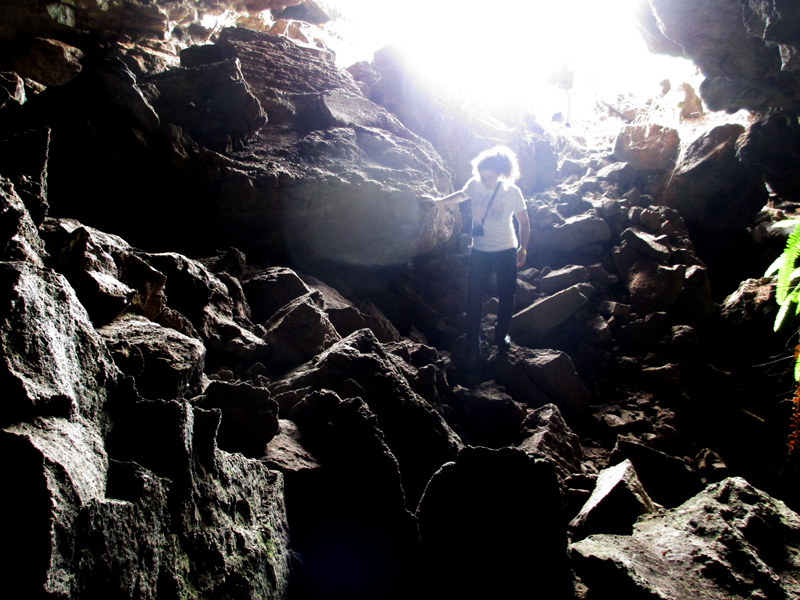
More reflections:
Here’s where we went:
View Larger Map
The plastic beach, “Trash Beach”, Kamilo point beach, on the south eastern coast of the big island of Hawaii, was amazingly beautiful. It was mottled with plastic trash, polluting the seaside with a mixture of PET and Polyurethane, intermingling with the volcanic rock and sand. The entire beach was mottled with rainbow “sand”. What a beautiful creation of human trash.
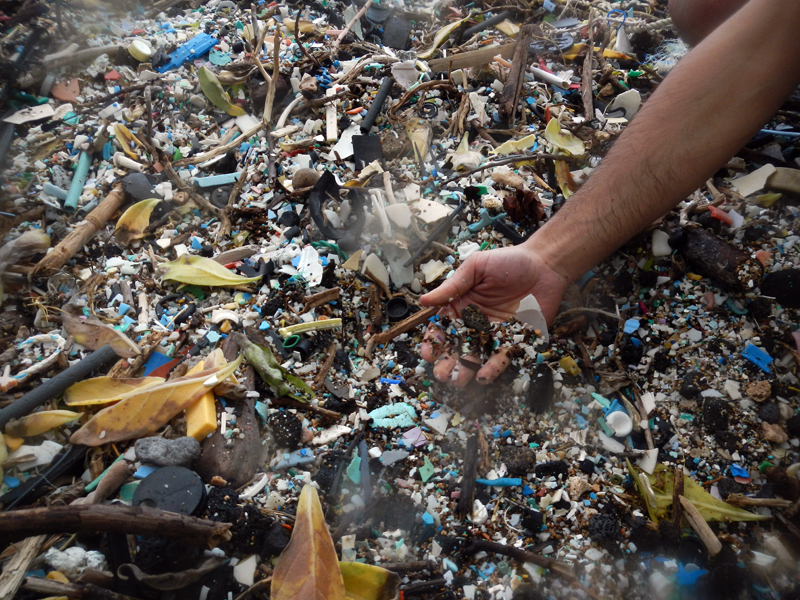
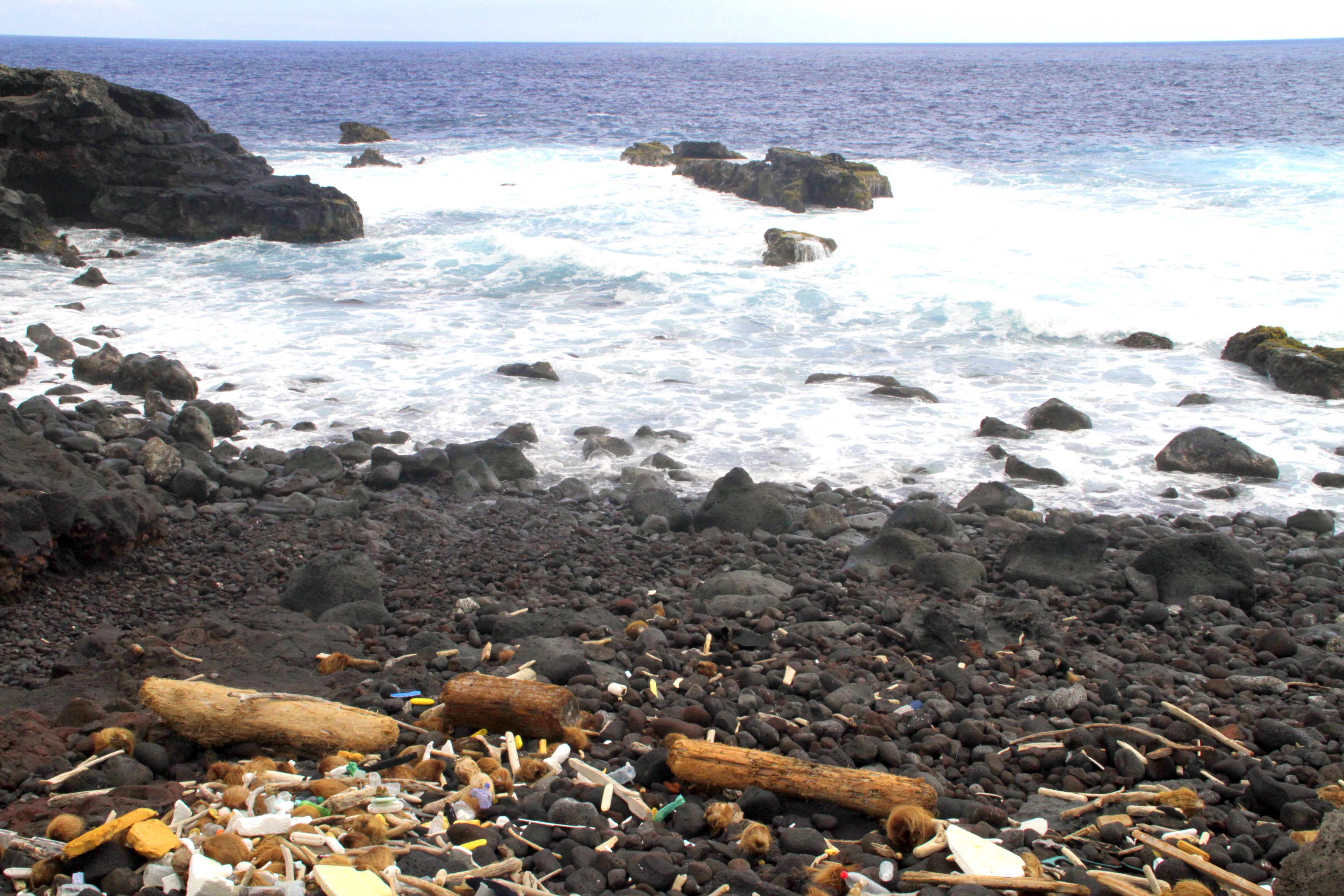
And what is unclear to me is the impact. Does this kill sea turtles, albatross, fish, humans? Of course, I have seen the horror photos online like this one (cited here: http://gizmodo.com/5384892/where-plastic-goes-when-it-dies-birds-stomachs)
But there is still so much I don’t understand. The beach was teeming with life, healthy-seeming starfish and fish and snails. . I couldn’t believe it.
And a sea slug !!
For Protei, I am trying to do some what a similar learning endeavor: Come at it with a clean slate: part of a goal is to learn: Is it possible for a business with an IP model such as ours to actually survive self sustainable? And if so, how? Are our goals achievable of simultaneously: proliferating our technology through community involvements and contribution, in addition to creating an online hub of knowledge, as well as getting a viable product to the market?
And besides being around some of the most keen marketers, business professionals, idea – generators, men/women-of-action, I will have to see how much design thinking can really take Protei for a long ride.
DESIGN CLASS 3
recap:
class 1: what is it like working with real entrepreneurs
class 3: what is it like iterating through ideology – start with empathy and understand what the problems are. Then Practice that on a gift giving experience.
Get us ready for game time – practice with real projects – tackle a real project, in teams, for the next ten days as a way to practice these methods – use the time from here to japan, practice on something real;
So, today – form TEAMS then expos the project: teams of 3, get creative about this; have a solid foundation to begin working together
–>in 30 seconds each describe your super power and your kyrptonite; or what is one thing people get wrong about each other; or 2 truths and a lie
Three skills – create, manage, sell
-what are you best at?
Water – totally different experience while on board of the ship
There are some places along the journey where we cannot pick up new water – we can make our own water but it is super pricy and takes a ton of energy;
200 tons of water per day used on the boat; 234 liters / person / day is about what we are consuming; but the UN says that 50-100 liters are necessary for people; we are using so much more than needed here on this ship;
Daniel’s SAS ship ran out of water and he had no shower or toothbrush… hehe.
26th the final project is due; 24th prototype testing is due; 20th empathy and define is due; the 21st is GONE
Want to understand the HUMAN experience, an empathy experience; whose life do you want to make better? there are a lot of different stake holders; starting with empahty
WHO to engage?
examples: about water: the crew, the students, the kitchen staff; people with visibility – the staff who cleans the room
-others who know, in developing countries, how to conserve waters;
-EXTREME users
WHAT to do? what is the def. of empathy – feel / experience what THEY feel
-watching is often more insightful than talking so OBSERVE and ENGAGE
–>What does this girl need who is reaching up? a ladder and a stool is not a need; it is a solution: she needs to reach something higher – wait til she’s taller; mane she is not supposed to drink the whiskey she is grabbing for
So now George interviews Emily –
how do you usually get to the airport? my relatives drive me
how long does it take? 45 mins
how much would you pay if it was faster? I like going with my relatives so if they can take me I will go
-Take implicit and ask what is the explicit? what are they thinking and feeling?
How did you get to the ship and how did it go?
… And what happened?
how did that make you feel?
and what happens when you’re annoyed?
Story telling interview story: rapport, building, then down? i didn’t see.
Try a madlib: User needs a BLANK because BLANK
Empathy, observe and engage
–>Having an artifact is a great way to start something with a team; those might be the ways to communicate your stories; here is a point of view statement to share with the group;
who do we want to talk to : come up with a list , then decide from the list
then draft a prototype of open questions that might get some of those stories out; what would they be; tell me your favorite thing to do with water
And now some random photos:
Here is what I eat every day for lunch and dinner: salad with tabasco sauce:
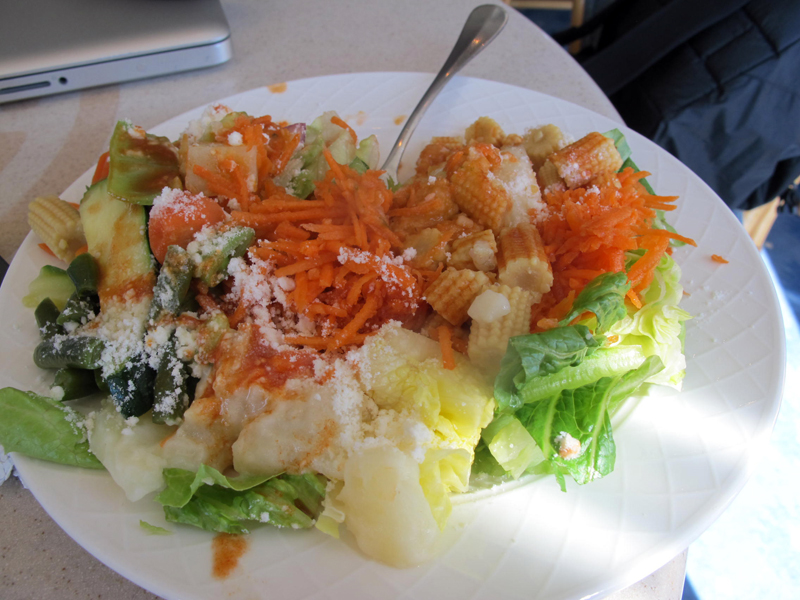
And some lovely neon bubbling decoration from sea water?

Cesar and I tried to plan a bit for the next few weeks and days, prioritizing our needs:
See our calendars here and our Japan plans.
Oh … and then, there was a photoshoot:
We all got head shots and 30 second pitch videos:
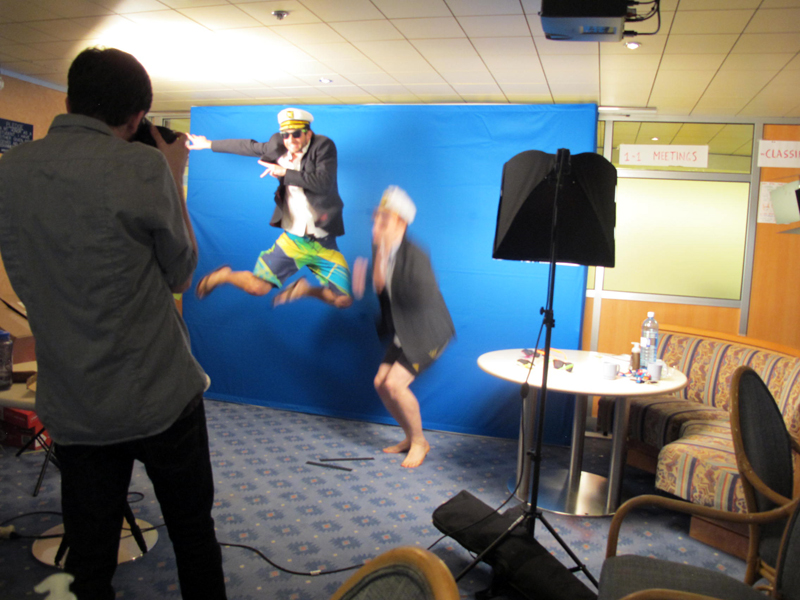
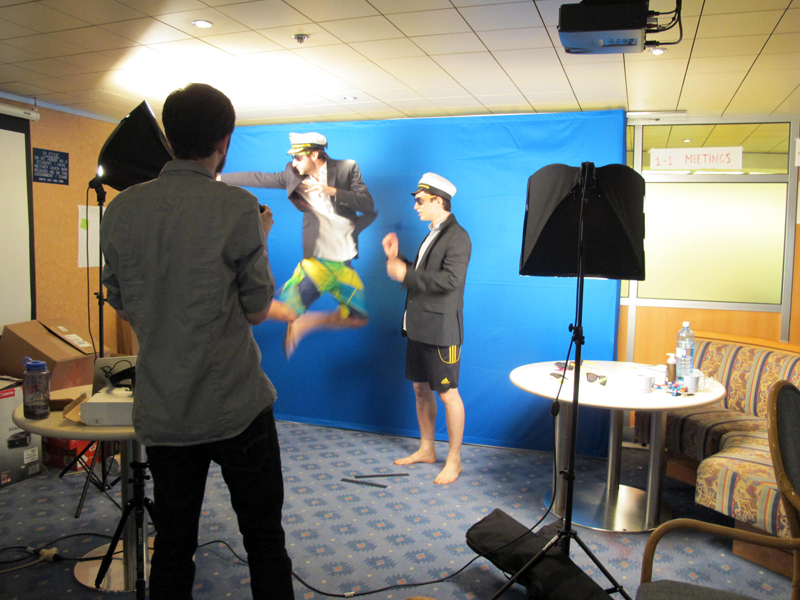
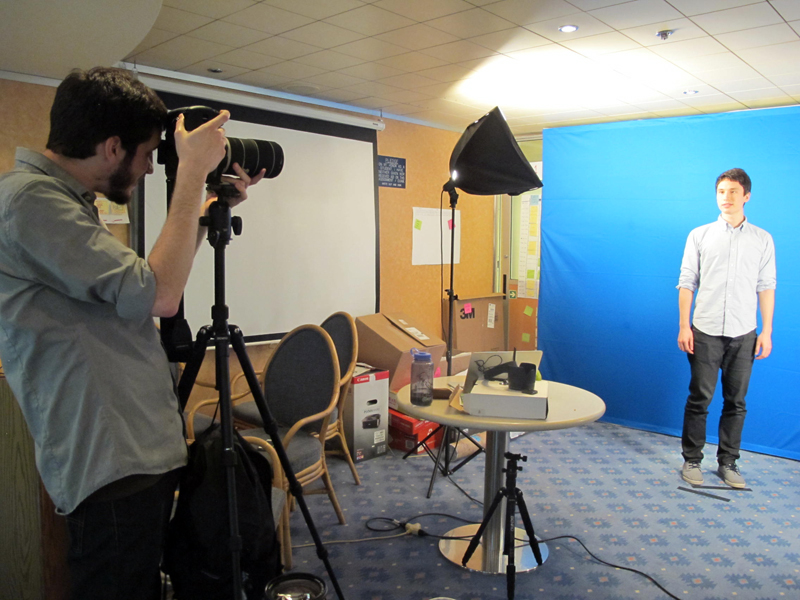
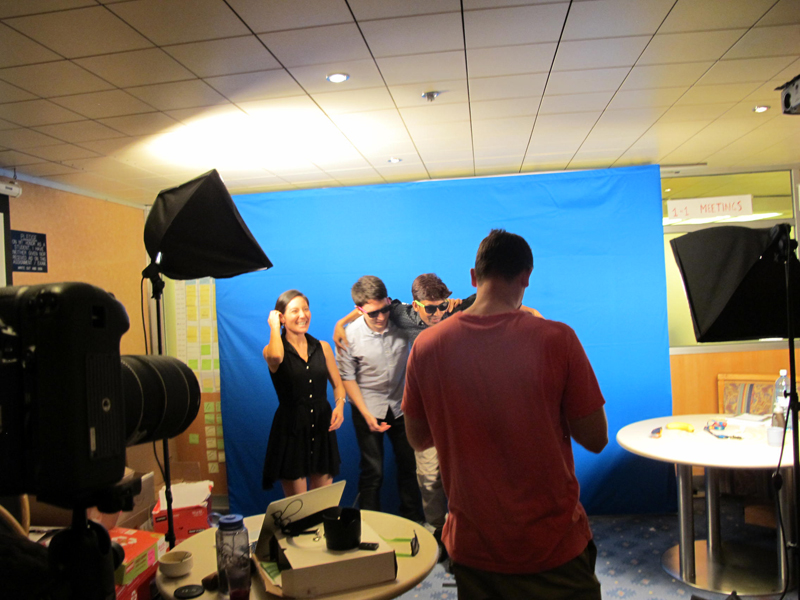
Then fireside chat with George.
At that point, I was quite tired.
Unreasonable at Sea day 9 &10
MORE PHOTOS HERE:
http://www.flickr.com/photos/52250666@N02/sets/72157632544237510/
Now, we have just debarked from
Firstly a few things I’d not written about on day 8:
Meeting with Daniel & Protei team:
Fireside chat with Depak:
We arrived in Hilo Hawaii in the morning and it looked like this from the deck of the boat:
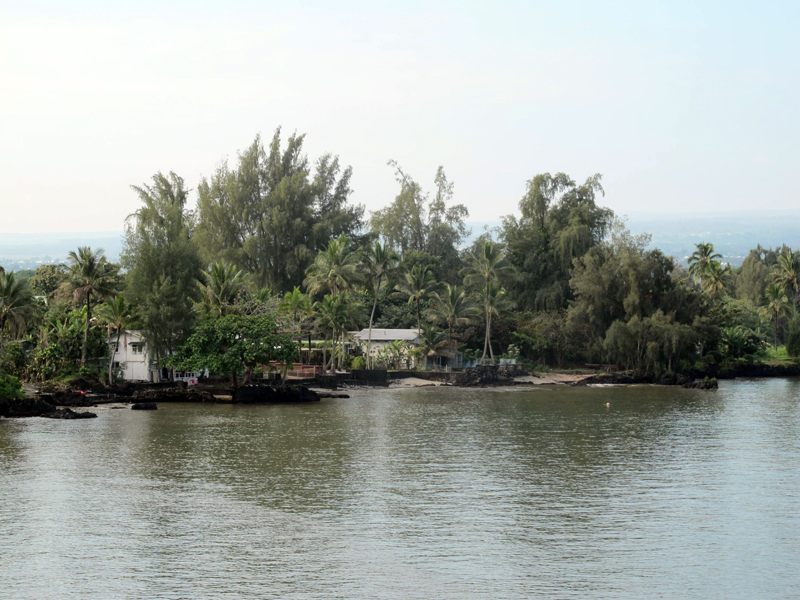
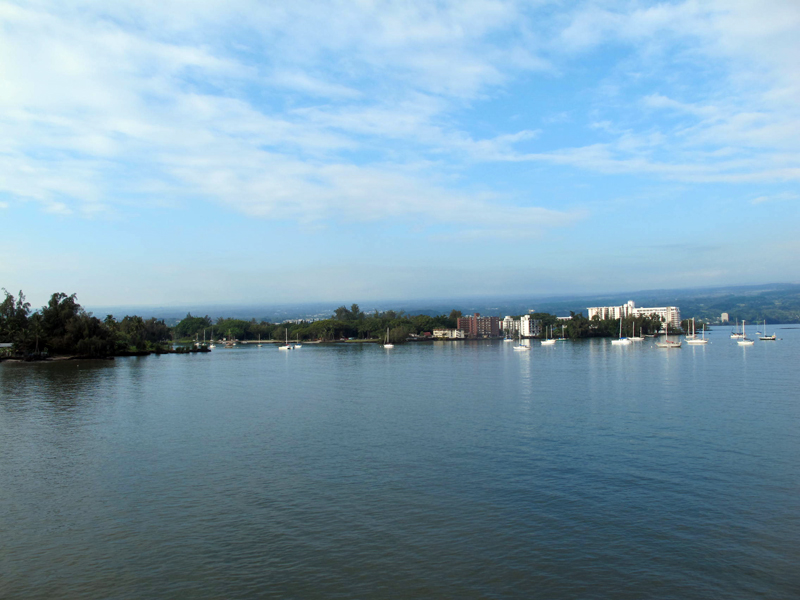
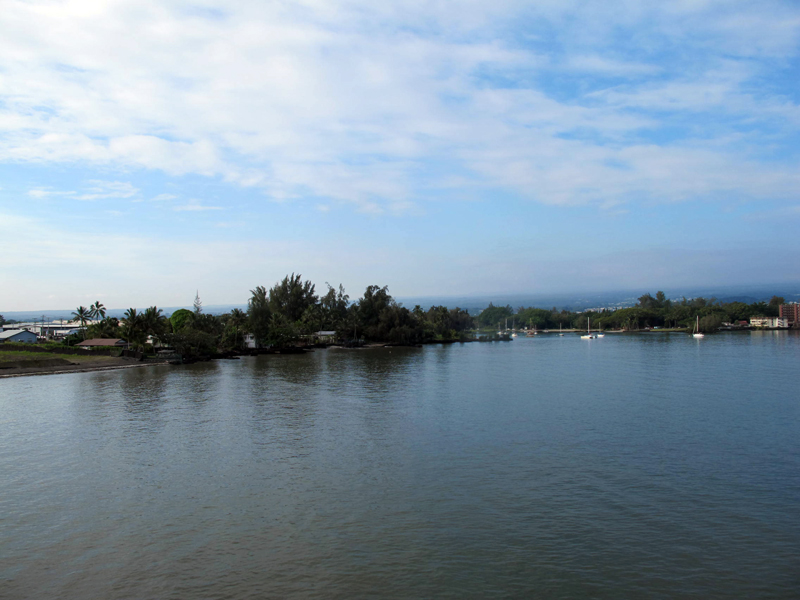
And there were lots of tanning students.
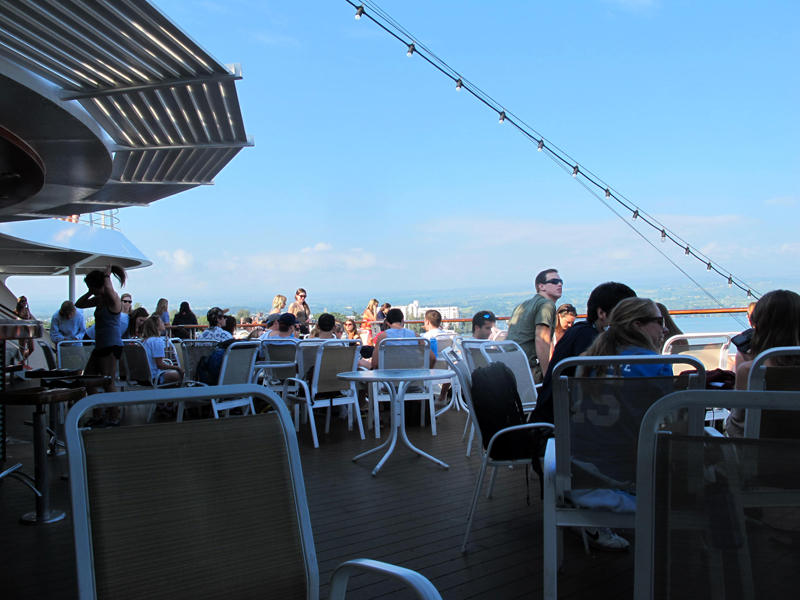
And there was a giant american cruise ship called “American Pride” that looked even BIGGER than our own boat. It made the MV explorer look tinnnnny!
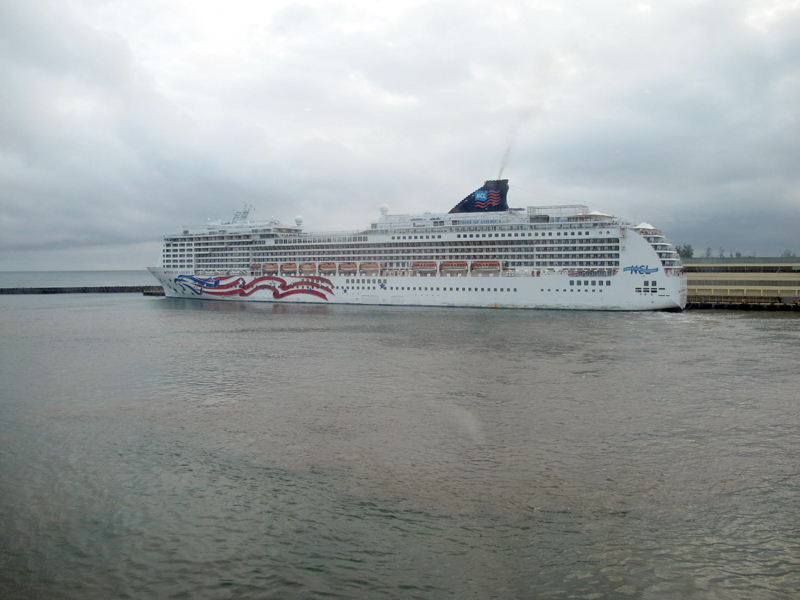
And there were lots of kids sun bathing:

Here is what the “design thinking workshop” was like:
We waited on line to get off the ship:
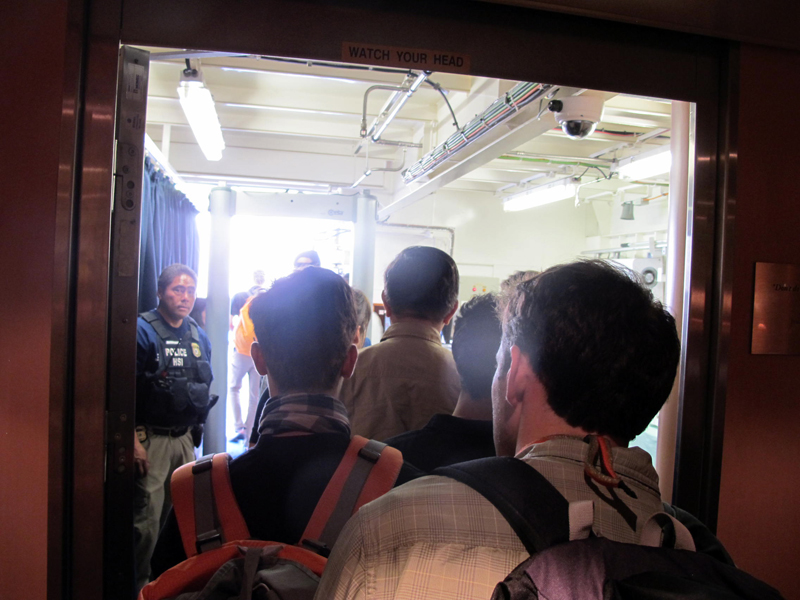
We were like little kids on a school trip: first time on land in 7 days! first time in hawaii ever!
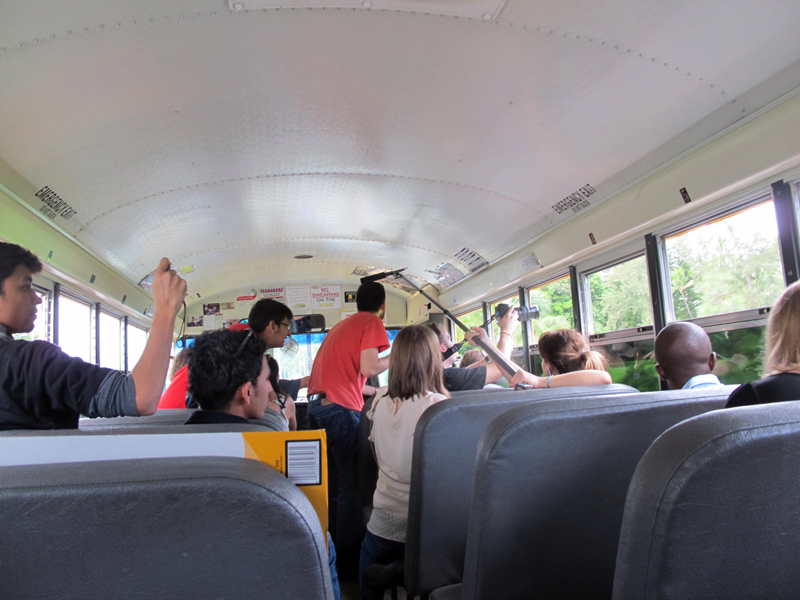
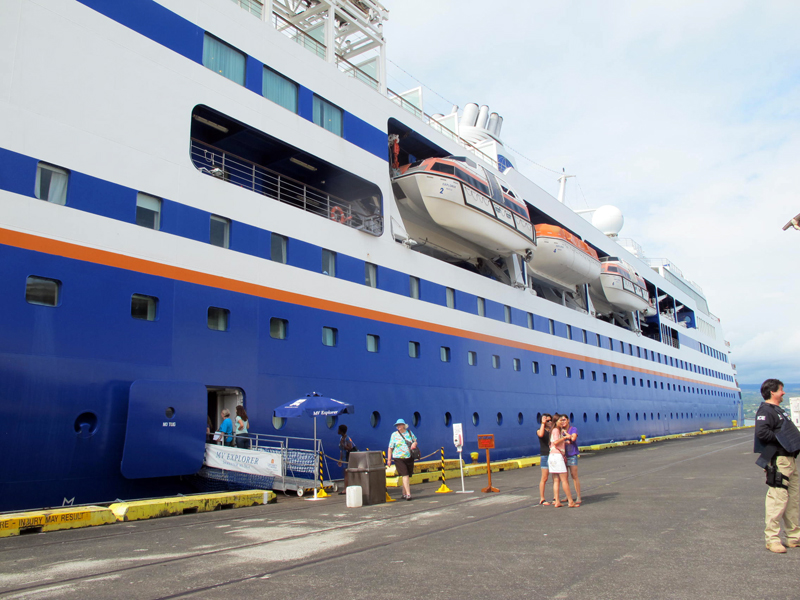
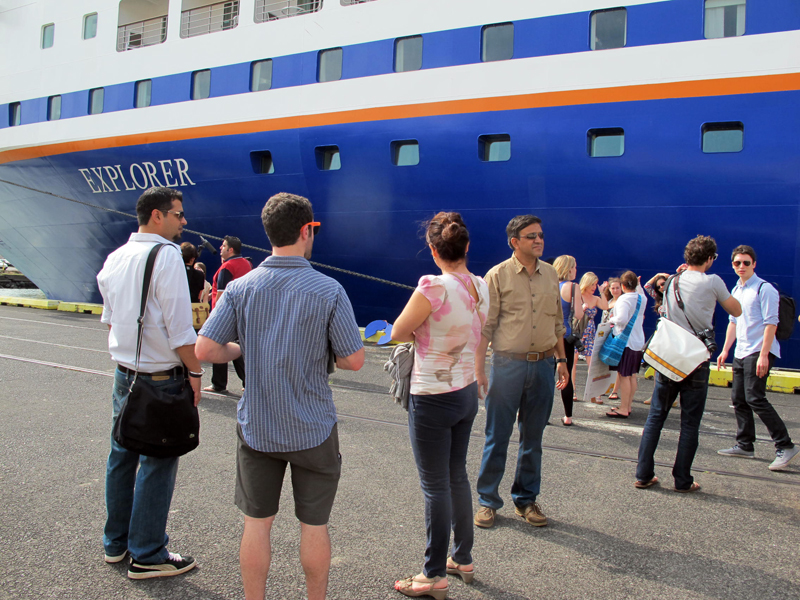
The Mayor’s representative (of Hilo HI) greeted us:
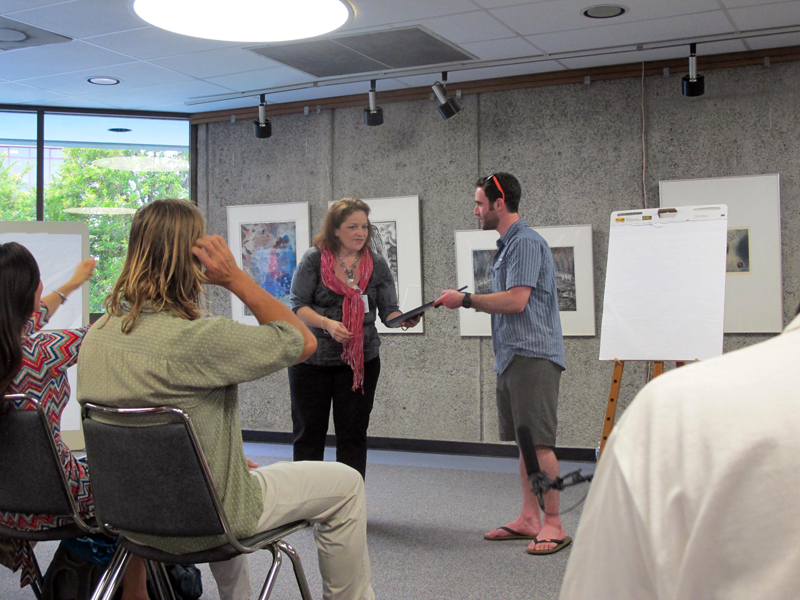
Hank Carson, a researcher at the University of Hawaii, who I had reached out to as he is researching plastic trash and went on the 2012 marine trash collection expedition:
Here are some of our notes during the ideation phase:

Then we went to Hank’s office, and we got the privilege of meeting Marcus Eriksen from the 5 gyres (5gyres.org) who was in town.
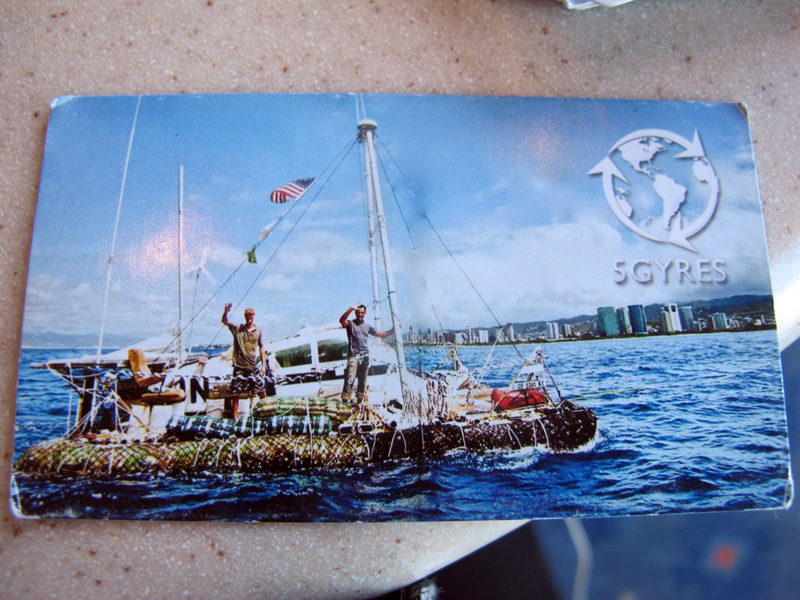
They place these marker blocks in the water at one prat of the island, and then later pick them up at the beaches, using hundreds of numbered blocks as tracking devices. Wouldn’t it be better to have super cheap honing devices on each ones, or waypoint tracking with GPS? I felt that this could be made fairly cheaply but honing devices especially waterproof ones are quite expensive.
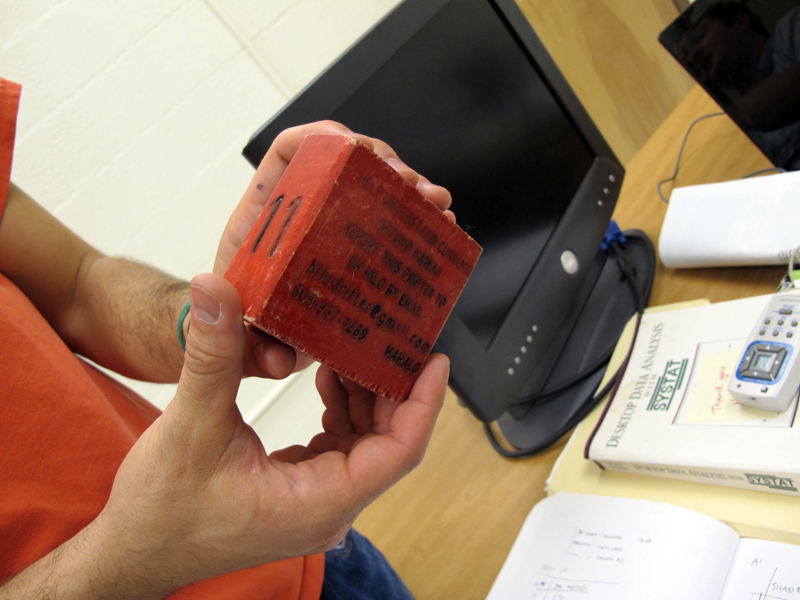
Hank also showed us ALL this sand he collected, fullllll of plastic trash particles.
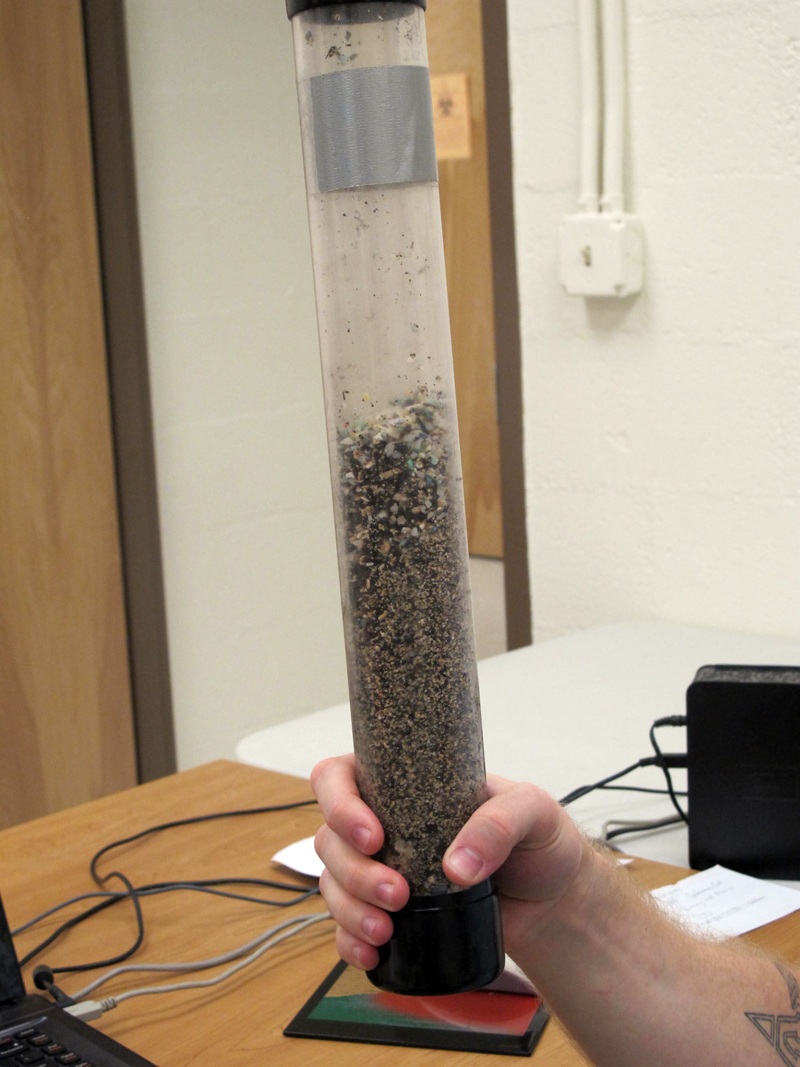
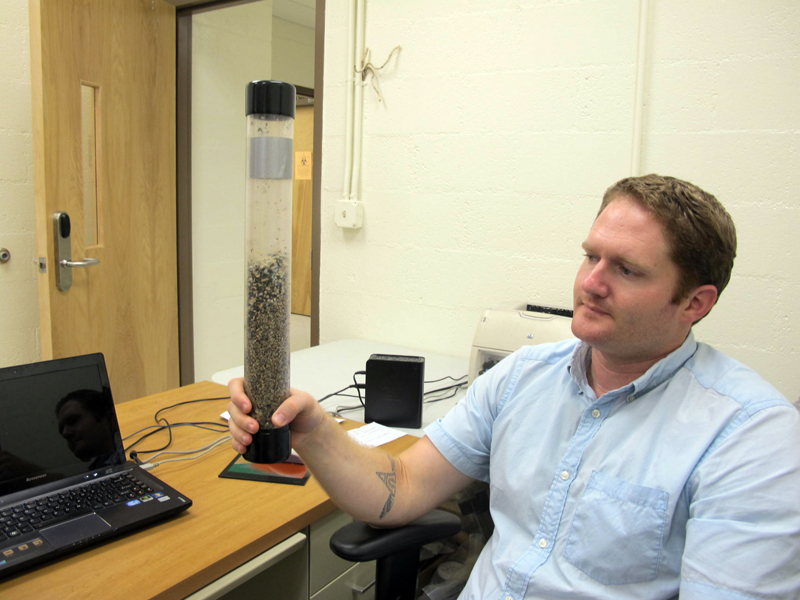
And he has collected a nice collection of toys:
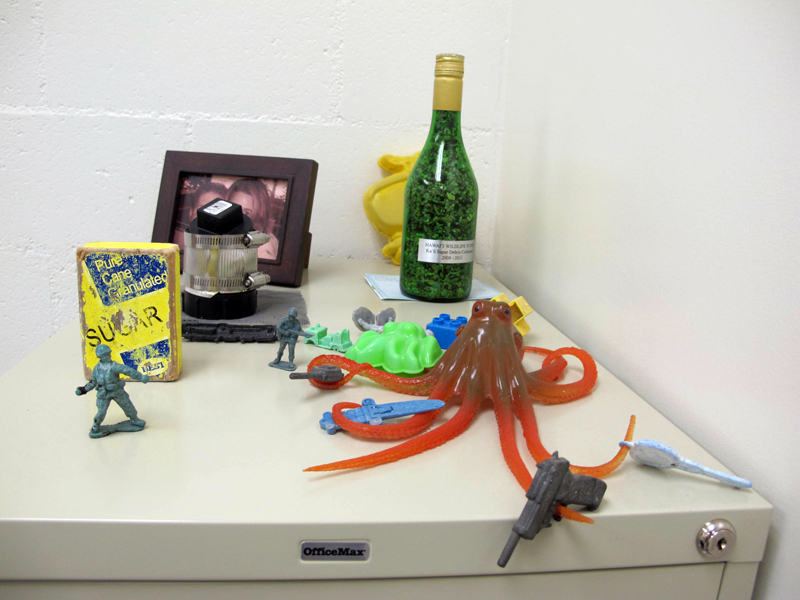
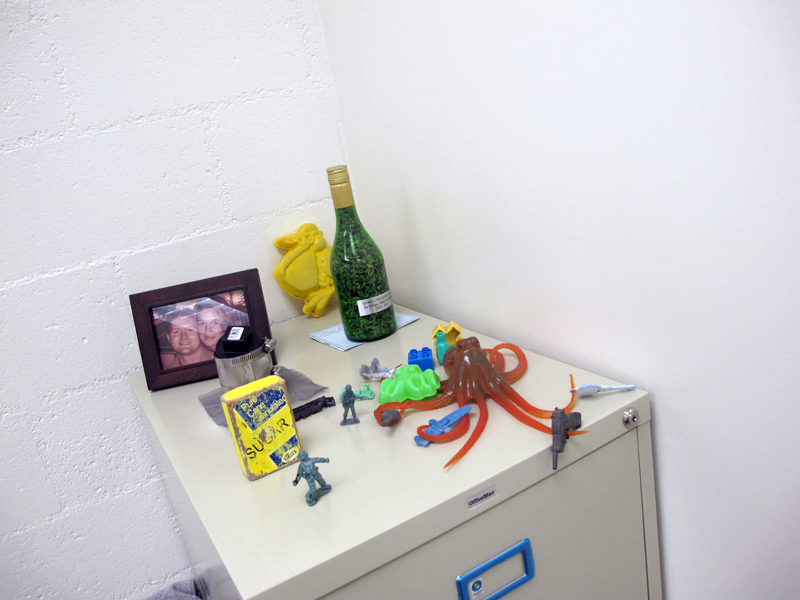
We made our way back to the ship in the rain (although in a cab), then we went out to eat at Cafe Pesto which I totally hated (extremely expensive and not yummy) but maybe I’m just snobby, then went to “The Tavern” and danced a bit 
A bit weird but fun:
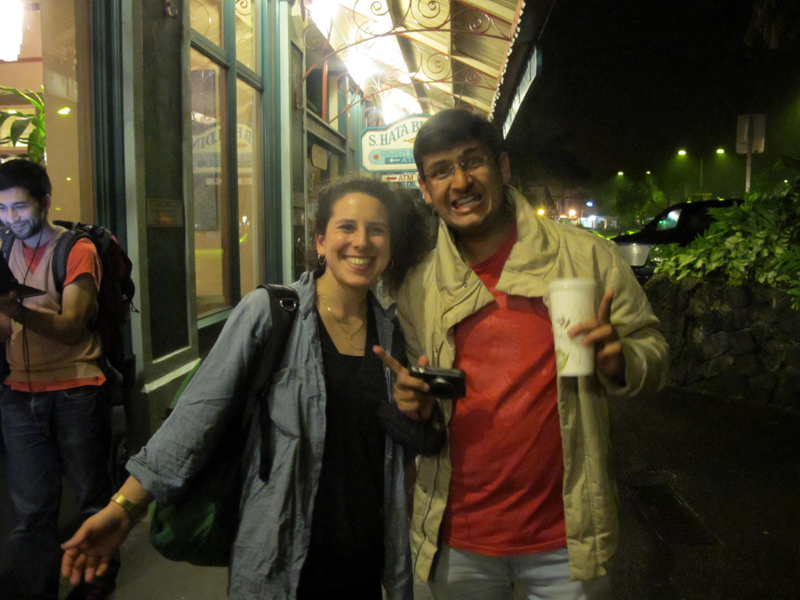
Then we went to walmart until closing at 1AM to pick up some electronics and needed gear.
We stopped in this town, although I cannot remember the name of it, before pulling off the paved road to try to find “trash beach” (aka kamilo point beach)
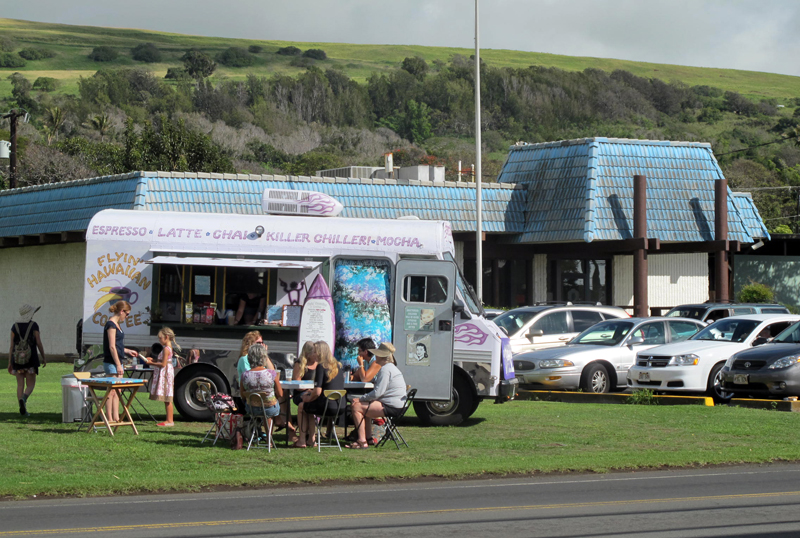
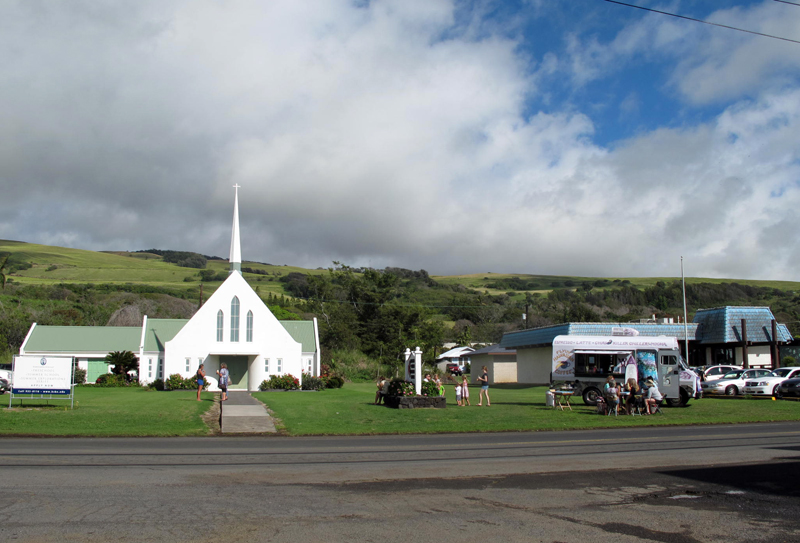
After leaving the paved road, the crew mounted a go pro on the car with a strong magnet:
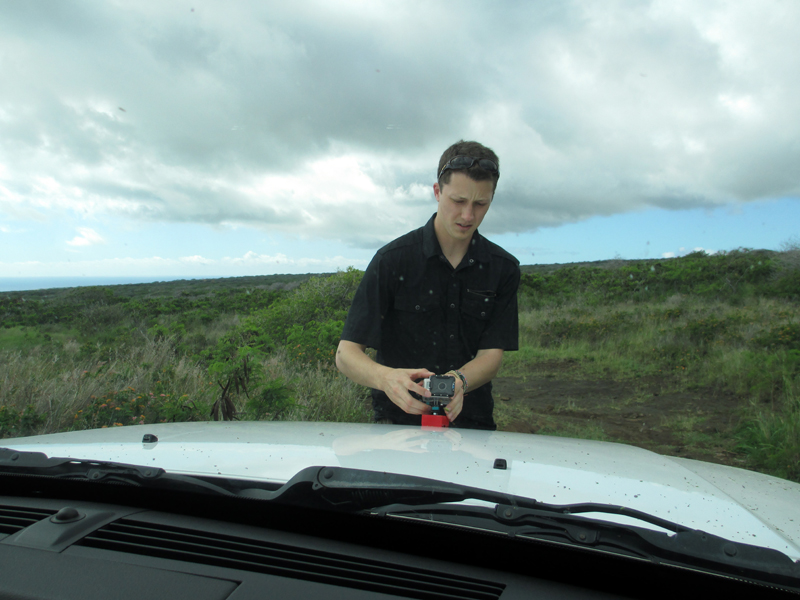
It was clearly a scary road: look what happened :
We stopped at a lava tube that we saw on the side of the road – it was crazy and cool.

and here’s Cesar in the cave:
And here’re some really cool formations:
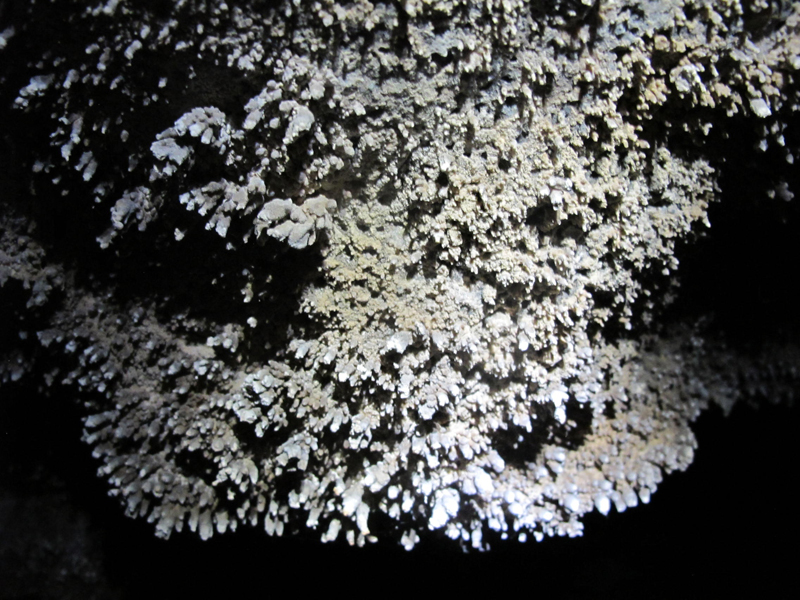
CAR from gabriella levine on Vimeo.
It looks serene but it is COVERED with trash.
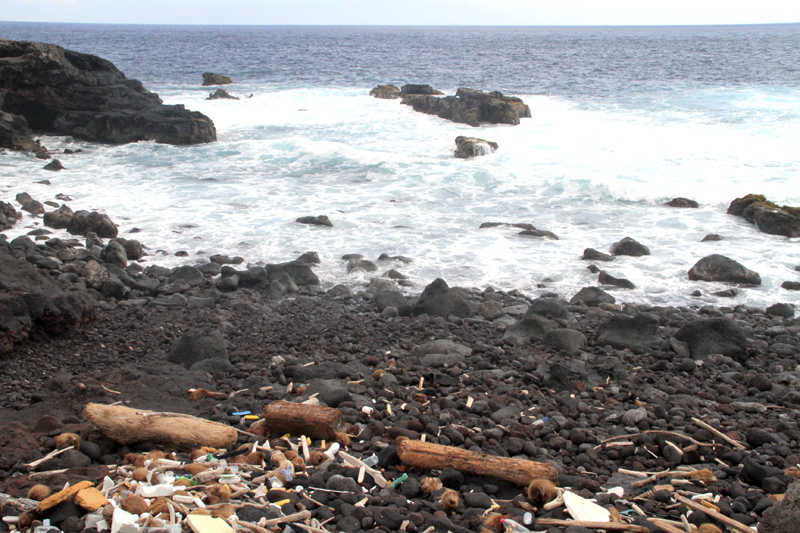
(it is clear that tons of stuff from wood to plastics wash up here)
It turned out there was a hippy festival (a rainbow gathering) happening on the beach at that time.
so lots of camp sites and stuff.
Finally we saw the REAL trash beach and saw rainbow mounds of debris mottling the sandy, rocky beach.
And pulled out into the sand.
There was a hippy lying in the middle of the sand, so I tried to go down around him and realized… we were sinking. And that was the first time getting stuck. So Matt got out and got a coconut and tried to put it under the tire so that we could gain some traction.
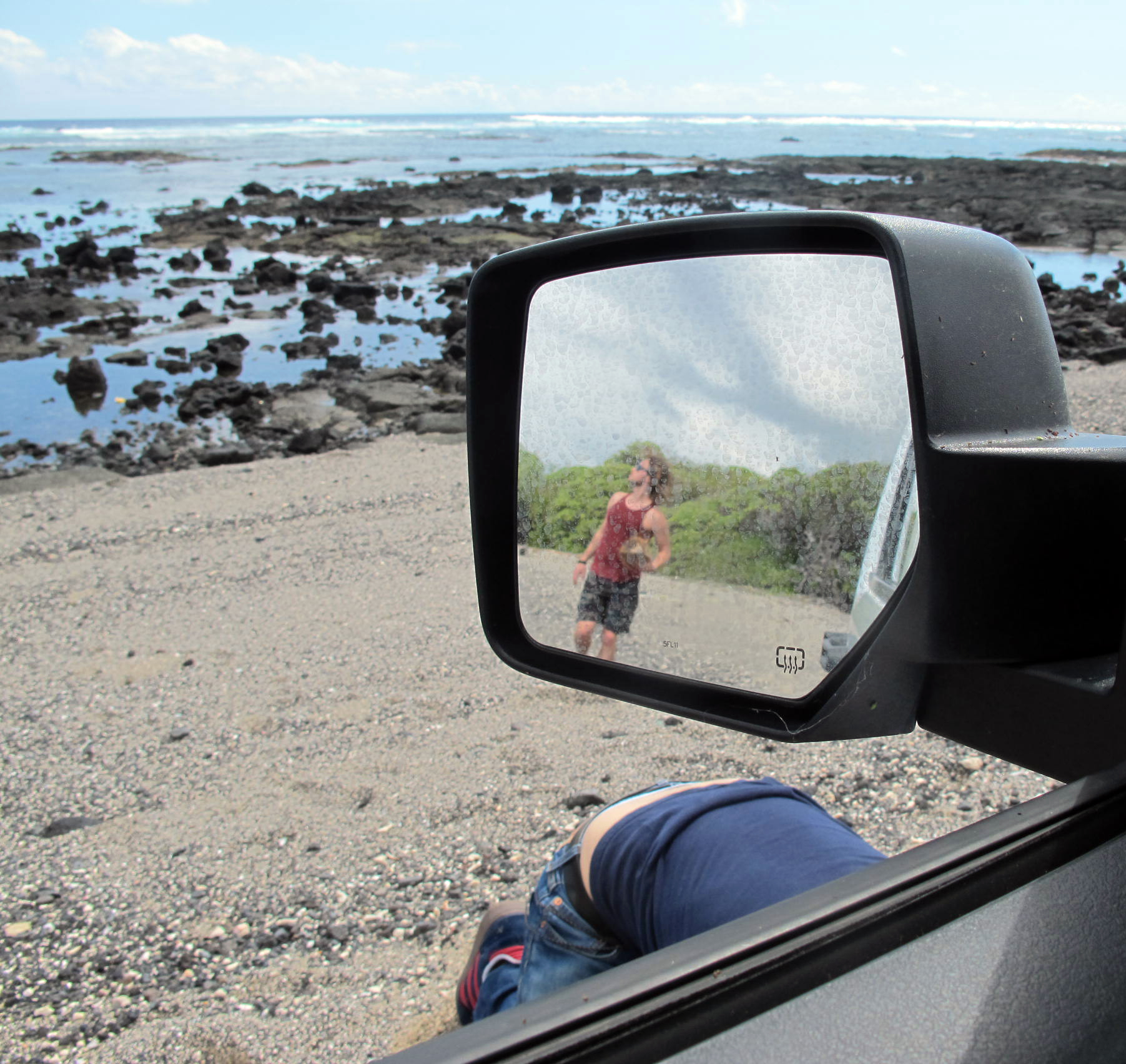
But it didnt work. Eventually it took the help of 10 rainbow gatherers to push the car out of the sand.
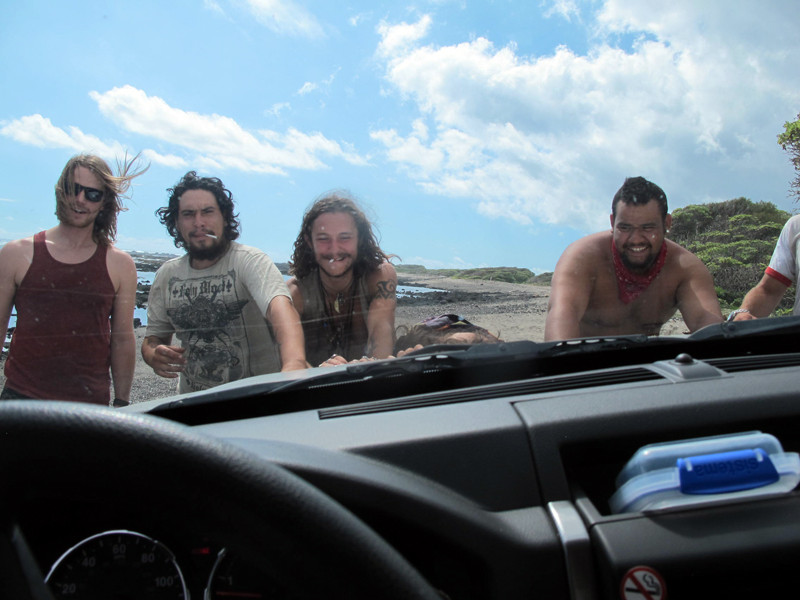
Here are some more pictures of the trash beach, including our sample collections of water and sand / plastic, and some amazing wildlife (coral, starfish, fish, sea cucumber):
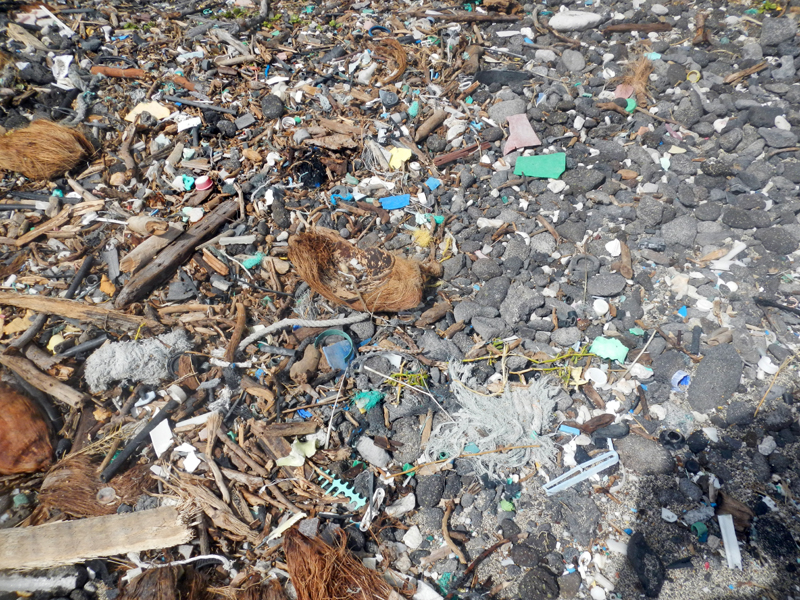
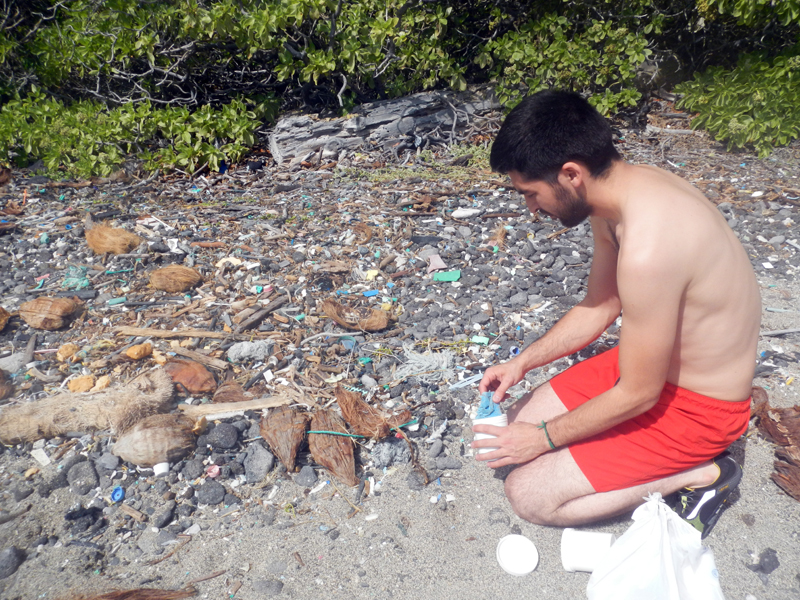
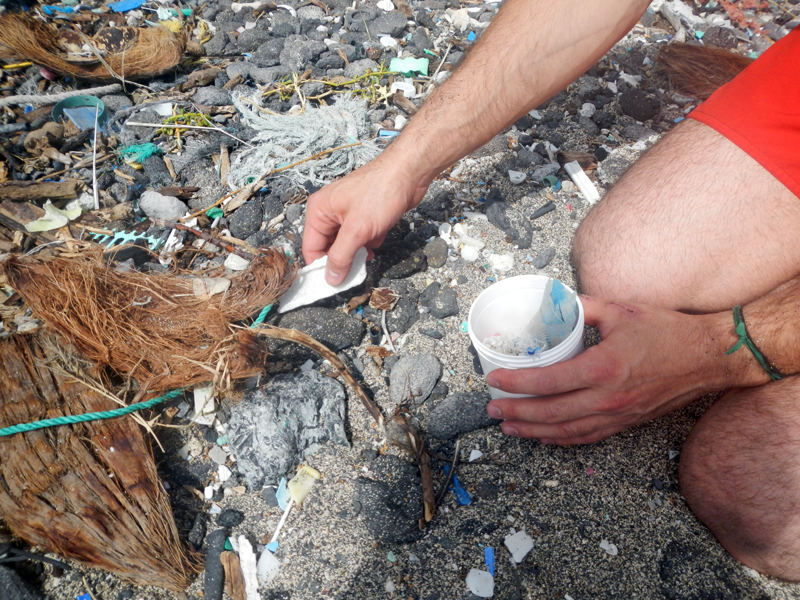
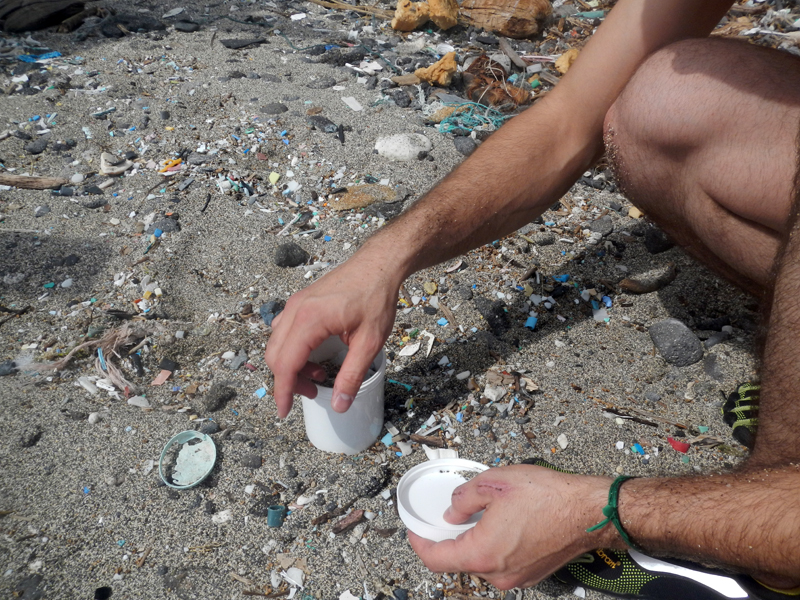
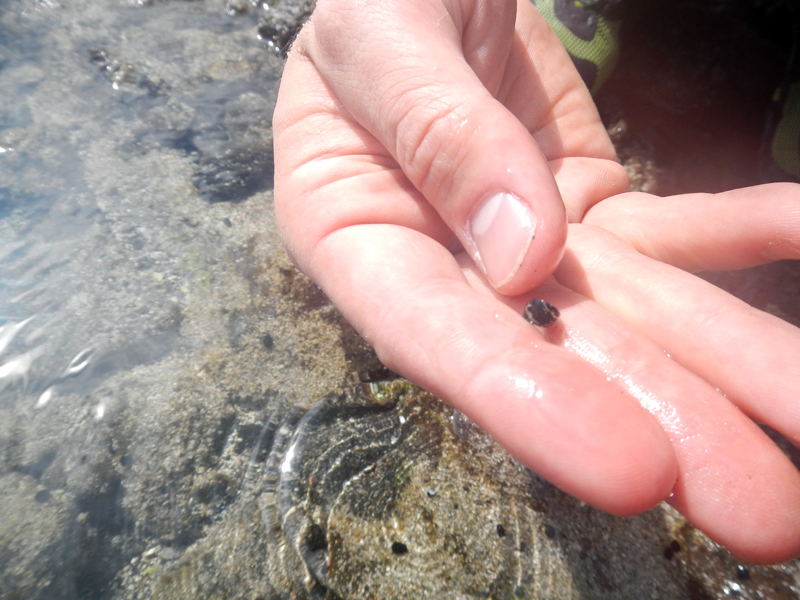
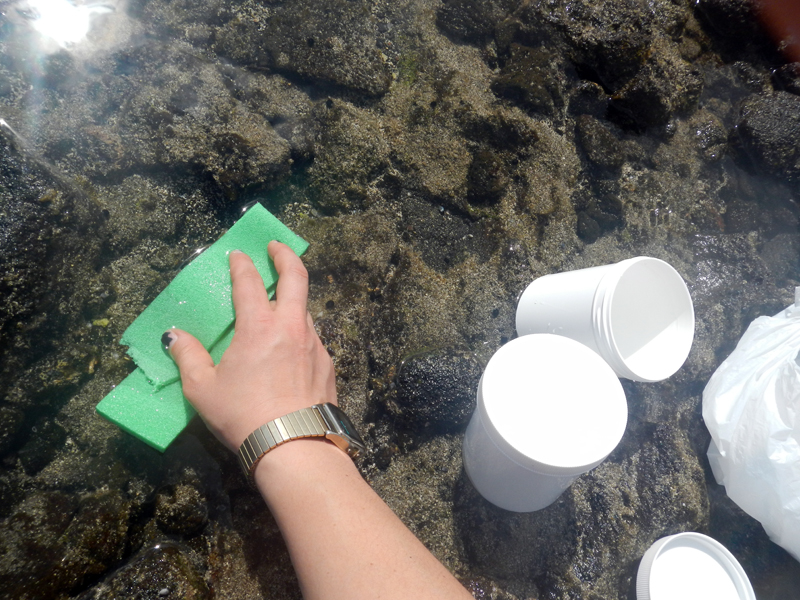
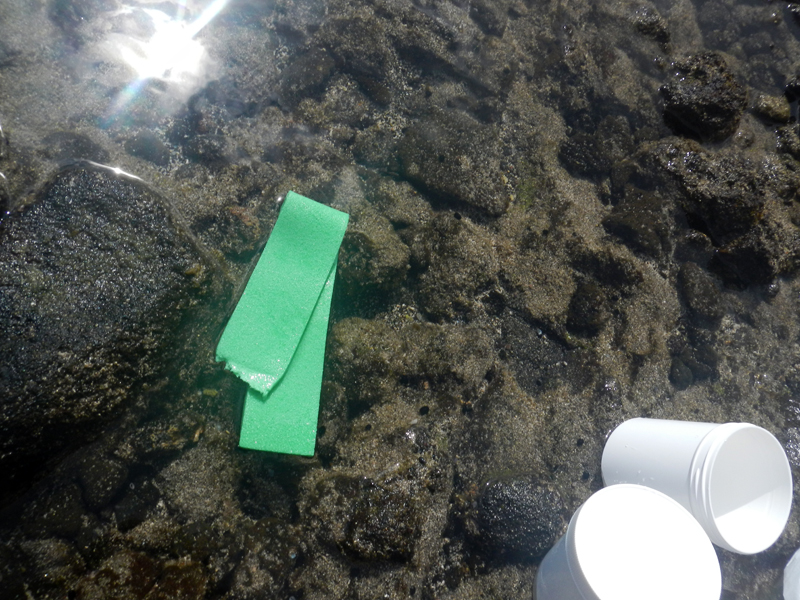
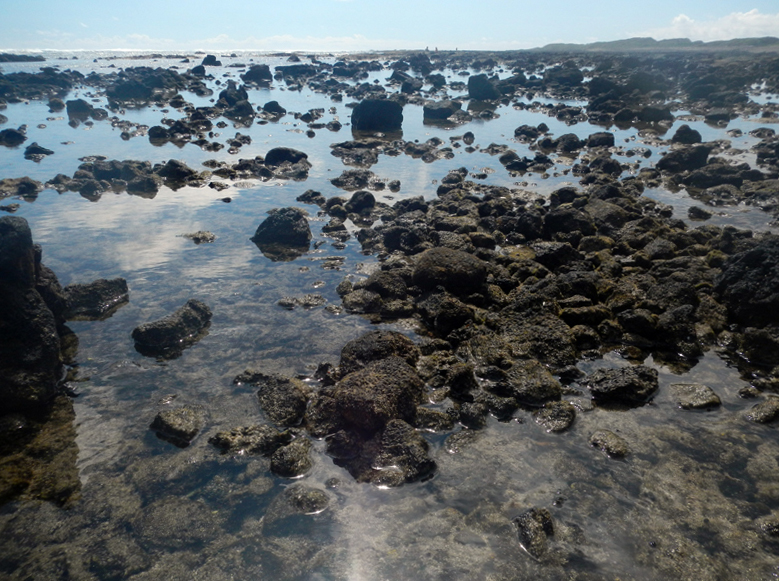
And then we went to a hobby shop to get a remote control, because ours arrived at shira’s house from France a little too late and now are en route to Yokahoma.

Also, here is the Protei business cards that matches Cesar’s:
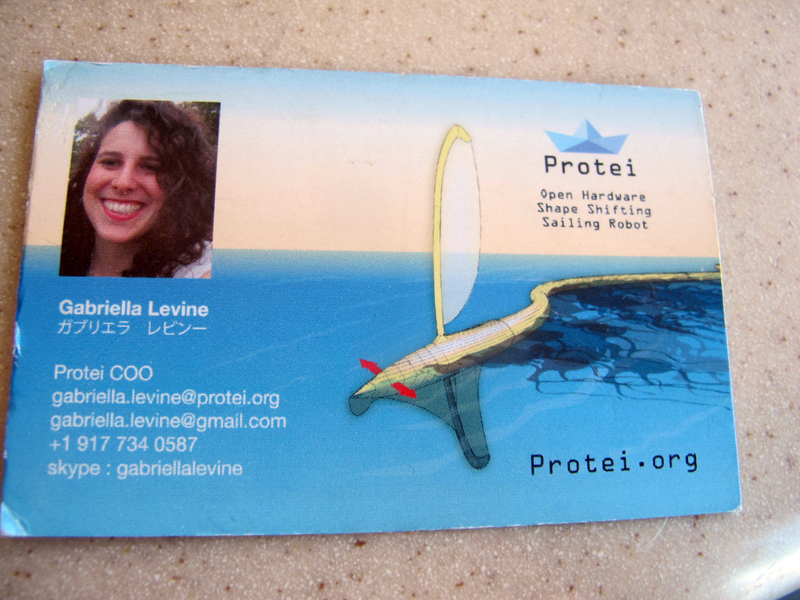
Unreasonable at Sea day 8
Last night we took some water samples of the Pacific, by dropping a towel down off the side of the boat, attached to a nylon cord. We pulled up the cord and squeezed out the towel into a white container and from there into a glass vial. We also saturated a green Opflex sample. We were on deck five and it fel like about 30 m of line was needed to reach water level. It was a bit funny dropping down the towel along the side of the boat which did get caught a bit in some of the lower level windows. I imagine looking out my window and being weirded out by a floating towel.
We collected the sample from :
Lat 23° 22.82 N
Long 147° 14.93W
15.6 knots
248° course
00:21:19 hours, monday Jan 14
And Sun bathers
Morning meeting with Tom:
Some takeaway ideas : Project Kaisei – “Capturing Gold” : making plastic debris seem valuable, figure out the mechanism
->How do we sell Protei: Positive or negative reinforcement of environmental cleanup? Best solution is to know your audience and meet people where they are, rather than try to convince them. Think of ourselves as parents and show them that there is exciting opportunity. There is a problem and there is opportunity.
->Question for myself: WHAT IS PROOF OF CONCEPT?
->how do we make something: Easy, profitable and classy and what is first? Answer: MAKE A BOAT; partner with a university to get the research and testing done; Then we decide;
BUILD PROTOTYPE–>TESTING (field, lab, CFD) –> SCENARIOS… tell a story, and sit with it for a while
Our Ultimate Customer: Development Scenario
4 sectors: Military / Industry (Darpa), Consumer Robotics (roomba), Greenpeace (non profit / activism); Large corporation (WWL, Exxon)
-but for now: low level consumer creation : academic, scientist, hobbyist
Transparency with the community with these questions is important
Questions to answer: (FAQ)
What is the goal ?
Who is the community?
Who has the funding?
What are our objectives?
What our our conditions?
What are our needs?
Ideas of applications of Protei from Kevin, from Oracle:
For example:
1.on the water during America’s cup, the Buoys at the America’s cup acting as Race Markers are actually boats – that stay in the same place. but in the sea they must be mobile; Acting like a geosynchronous satellite system to replace iridium
2. Search and Rescue – have a fleet of boats operating in a spiral
Here is one experiment with Sailing SAR, and various algorithms for SAR on the water.
3. Tow a raft on the water for polar bears to use as land masses (polar bears are dying in the arctic because of melting ice so they have no land masses to perch atop)
4. Tow and install transoceanic cables, ie to replace metallic ones with fiberoptics
5. Help find new species by collecting microbial samples in the ocean
—
WORKSHOP 3
Tom & Tamsin’s video from the Nike Foundation– the girl effect (girleffect.org)
-they are providing innovation grants along with advocacy, investing in smaller and larger experiments
Another video to launch in Ethiopia:
-the beautiful girl that makes smart decisions – provide inspiration to teenage girls to be role models, providing advice & info to girls that are doing things in unexpected ways.
i.e.: in Rwanda a girl who builds houses – but most people think that girls can’t build houses because that’s what men do.
The latest issue is the science issue… super cool
-Distribution: is lean and done by small group in Rwanda : mixture of people from Nike foundation and local people – they have created trained girl journalists and photographers and provide coaching, training, and help distribution; It is a small country so it allows them to do a magazine
-such as in the back of taxis, 90 thousand copies per country; rwanda – 5K copies are publicized in the countries – ambassadors in the region are distributing
-Challenge that in Ethiopia there are 80 different regional languages; english is encouraged by gov’t but not yet proliferating
-Nike foundation totally subsidizes these local brands (no branding out there in the magazines)
-just investing to get them produced and get them out, but need to get it to be self sustaining
Interesting that the Nike Foundation, they actually don’t have a 1 minute pitch because they usually just give 60 minute talks – how do they sharpen and articulate what we do?
–MICROSOFT story (xbox)
Who are we ? what defines a company?
We are 90K people across 190 countries around the world; Long way to go for gender and racial / ethnic diversities
–What drives us? Bill Gates and Paul Allen believe that Technology can change the world: a PC on every desk
-Driven by big bold goals – but how do we really make that happen and stay true to that? (especially working at a large company)
-Devices, Software, Services are how they think about the business
-consumer focus products, entertainment, etc
-XBOX is about gaming and entertainment – Kudo is the boss who thinks to fundraise in interesting ways: during employee giving campaign – whack a kudos for 25USD for 3 sacks
-desire to be profitable, but also to answer what the marketplace wants; partnerships with nike on fitness; nat’l geo and sesame street… but still supported by blood guts and guns
->Microsoft: key drivers for the future of the business: transformation, natural UI, inventing the future, developer opportunity
QUESTIONS:
how can you inspire everyone? (sounds chaotic);
how do you use sustainable efforts? (not much)
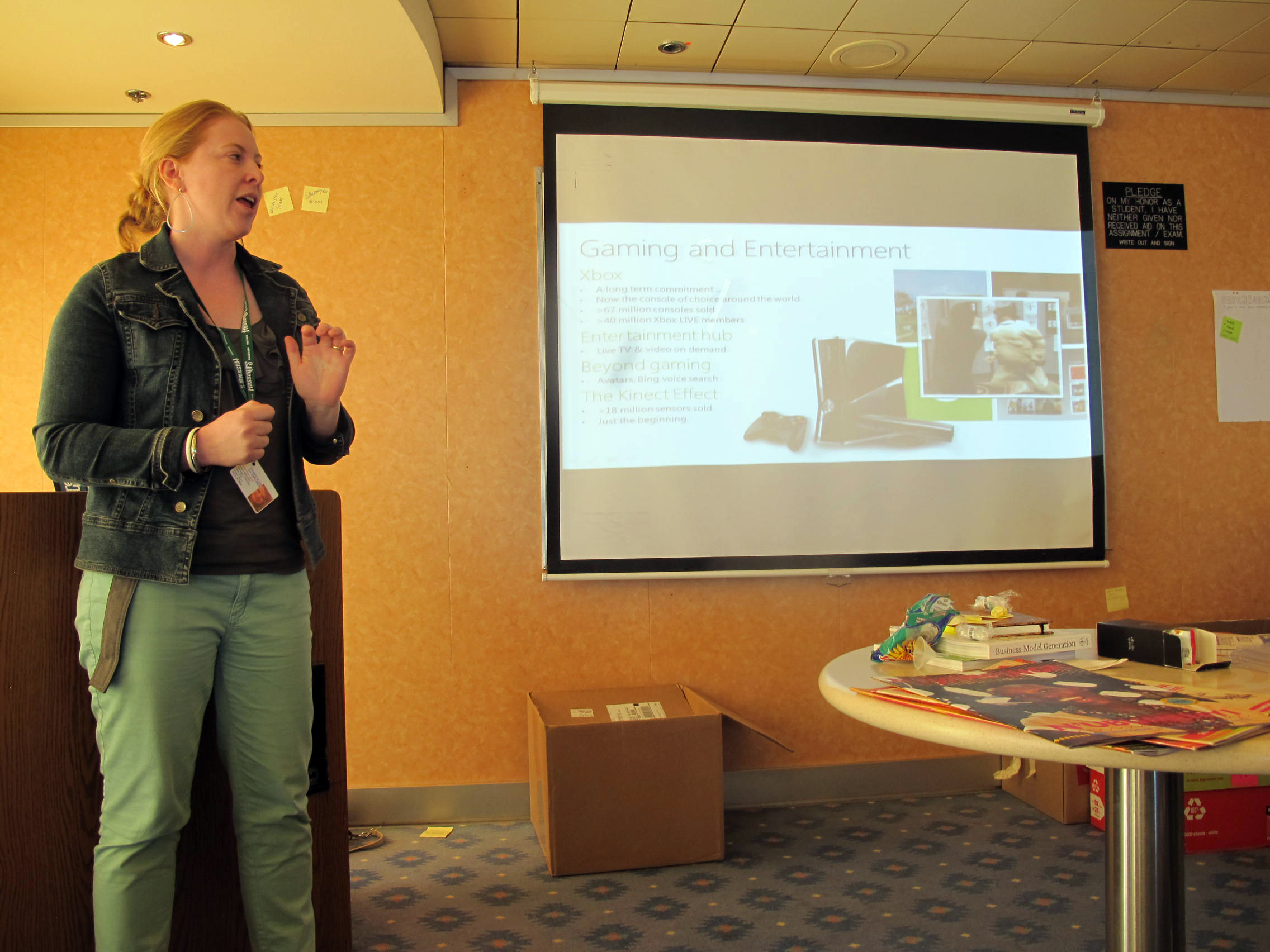
SAP: Carly:
If you always do what you always did you will always get what you always got – albert einstein
-“We were an enterprise, and we were a startup” – headquartered in waldorf, germany because that was the only bank that would give them money and they had to work upstairs above the bank
->A new way of thinking – this is how the d school and SAP have been working together – “we need to change even though we are big and successful”
-small team – startup within the enterprise
-cultural change – corporation but still a start up
–>Apphaus Coop Program – fall 2012 Waterloo Canada
-Coop challenge, making an impression… UX research but some of the interns did not know what it was: it is more about experience – to do and practice – but how do you give that same experience to an individual who is not connected to the rest of the group
-“we want to create a pull where we see how people want to see the info and how we provide the info”
-User research up front and point of view statements – get them out the door fast, see if they work, change it reiterate and GO
-Apps for social enterprises ? -get workers to connect with their work by providing empathy and definition
-Enterprises need to think: how do we do this for the bottom line, how to invest for good will
:George: if we allow more people on the team with real contacts – they have found those values in the team that they’re doing something meaningful in the world (you don’t have to turn it into a non profit project), just add empathy
-How do you deal with iterating and getting something bad out – try to do a smaller than 1.0 release
–>Write our goals for on the ship AFTER the trip, not before 
What to expect when in Hawaii:
Univ. of hawaii: small workshop, lunch, 2-3 hour workshop, bus back to port;
-startup community with people from start up week and tedx
-everyone speaks english – after that, the events will be more challenging
–>The Tokyo event will be completely different: It will be a pitch event, we will stand in front of the audience of ~200 people and deliver a pitch of your company to the entire audience
-Daniel and George will be prepping you as we sail from Hawaii to Tokyo
-format in the US is similar – Puca Puca format of Japan: 7 minutes; 20 sec / slide: we will use a slightly different format to avoid the licensing restriction
->In India we have an opportunity to participate in local startup festival in bangalor – march 7-10: we would have to get all of you to bangalor and house you for the 1st night : lots of people and other start ups including local ones
–>Tomorrow everyone will get on the bus together as we exit the boat in Hawaii
-In the union go to the meeting at 8 before entering the port each night to learn of the local issues
-lots of announcements in the morning when arriving to port: be clear about when to gather, where to meet, and allow time to get off the ship because it takes time (green sheet with schedule and emergency contact)
->Government will welcome us as we exit the ship in Hawaii. WOOOO
8 pm after the hawaii visit the day after – 6 minute pitch about our idea
-20 slides, 20 secs on each slide, will rotate: that is how we will do it in japan
-start working on that immediately
—-
Some digestions:
From chatting with Hunter Lovins:
We are trying to do three endeavors simultaneously and they might be mutually exclusive. How do we be myopic about the goal?
1. Establish Community
2. Proliferate an Open Source Ideal
3. Bring a boat to market
–>I will have to hone in on how all of these together will create a sustainable business model for Open source hardware companies; That type of formula would be exciting for me to take away – what is a successful business model for an open source hardware company, surviving through revenue? What are models out there? Is Arduino and Seeed Studio and other companies generating revenue? Did they all take on investment?
And: a non profit will need $ to maintain IRS tax exemption, $ from varied sources of funding to show that they are also putting the funds into efforts that help others; As that is what a non profit is for.
CLASS 2
relate to design thinking in a real way: 2:15 in the union
—
>>see what’s going on in the world out there (last time)
>>expose you to innovative methodology (design thinking: today)–on huge scale problems; This will be scalable to solve problems across the board
There was a team challenge: We need a cheaper incubator – 20K usd machines as a hand-me-down; let’s brainstorms various solutions for doing so… many ideas
Bad solution is to:
->Accept the problem, then solve it immediately, with another incubator
->is that innovation? maybe not,
HALF THE PROBLEM IS SOLVING THE WRONG PROBLEM
->maybe that’s not the right problem to just make a cheaper incubator
Start with empathy – how can we gain empathy with people dealing with these callings?
-We sent someone out to the hospitals in nepal, maternity wards and saw that there were tons of incubators BUT they’re empty because no babies end up at the hospital: they are all born “in country”
->So lets make an incubator that can be used “at home” in a place where babies can be in these sleeping bags and warm up
-start with empathy, get out into the world, from that comes with insights that you can solve the problems
-design and empathy
–>Now we are trying this way of working on a real project – using EMPATHY
redesign the GIFT GIVING experience
-empathy->define->ideate->iterate
1. empathy:
Interview 1: get a sense of the person
interview 2: Why is it that…? dig deeper; make them cry; but make it safe
2. Define: Needs and Insights
->What they NEED :what are they trying to do?
->INSIGHT: surprising and unexpected results?
->Reframe the problem: USER NEED and INSIGHT
mad lib:(user) —– needs —— because——–.
3. IDEATE: sketch 5-7 radical new ideas to solve the problem
Then get feedback: I LIKE and I WISH are good for feedback
4. ITERATE: reflect and sketch a new concept
Diverse and Unexpected ideas are good
am i generating empathy, testing over and over, vocal for collaboration? good.
Unreasonable at Sea day 7
Today is a free day. Cesar and I have a couple meetings but mostly we are taking care of administrative needs and the Protei website.
Just reminding myself where I am travelling:

Cesar and I planned for Japan:
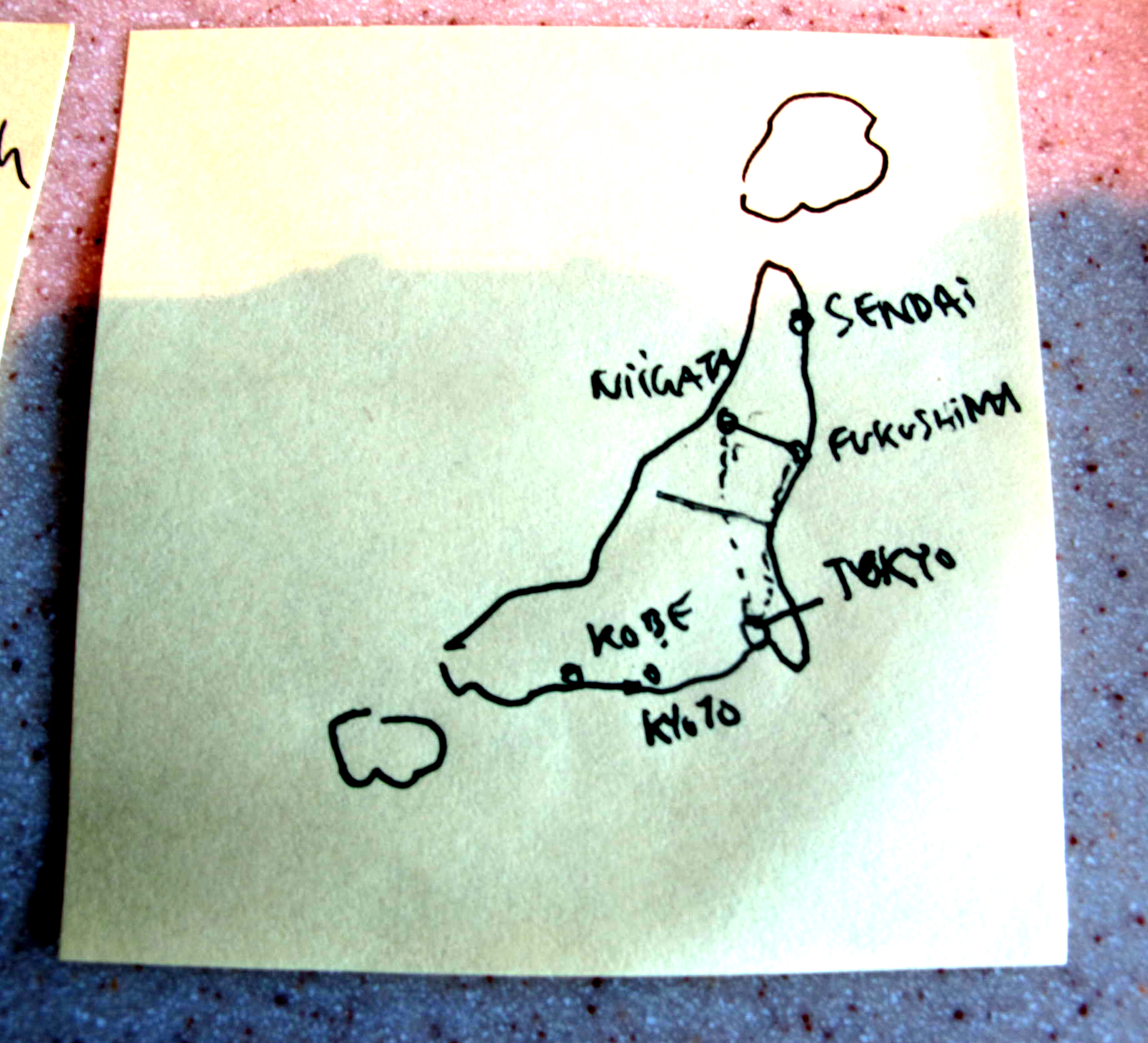
And made a to do list for the day.
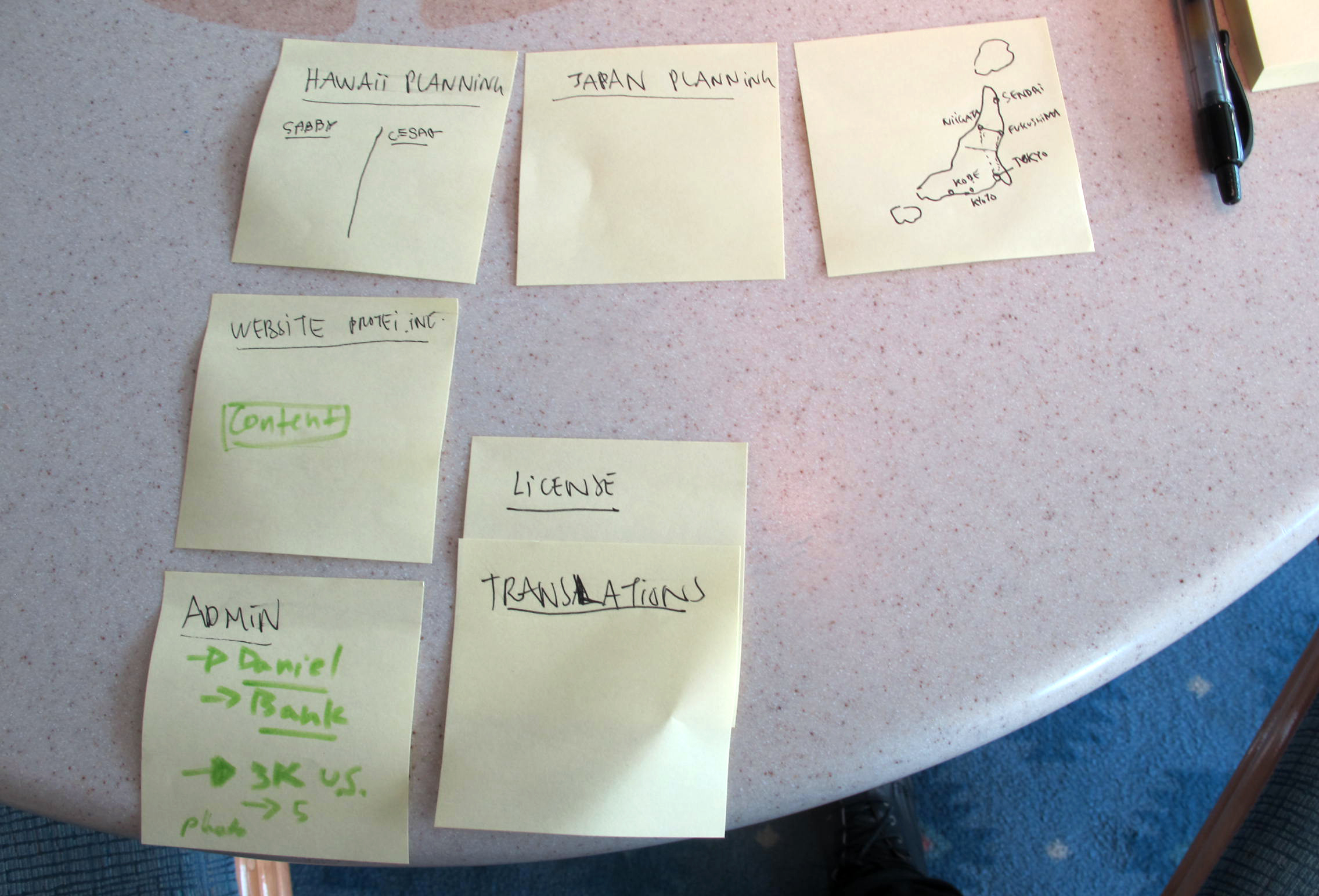
I researched about plastic trash in Hawaii, and made a meeting with Hank Carson at the University of Hawaii in Hilo. Hank led the 2012 Marine Litter expedition.
Marcela made these to try to help us reach folks in Hawaii:
I spent a significant amount of time working on my own work, and some admin stuff. It was all in all a good day. I chatted with Ivana and Jack about playable City.
Fireside chat in the lounge with Hunter Lovins
Unreasonable at Sea day 6
Design Class 1:
Just use oil spill as the initial pitch:
Draft 1:
CESAR: intro
Protei is an unmanned sailing robot designed to study and preserve the ocean.
GABY: oil spill
During the 2010 BP oil spill, the coastlines were destroyed and people living near the coast were devasted. But the real tragedy was that they were helpless to aid in the relief because people didn’t know what to do and were restricted from entering the problem area. Current methods for cleaning the oil spill used repurposed fishing vessels dragging oil absorbant booms. They only collected 3% of materials, they were hazardous to the fishermen’s health, and they were very expensive to operate.
CESAR: technology
We are developing a new technology of a flexible hull sailing robot, called Protei. Protei is cheap to develop, uses renewable energy, fast to build, unmanned, and can be operated during a storm.
GABY: community
And, we are making its designs available to the public online so that global communities can take a hands on approach towards oil spill relief to solve marine disasters.
CESAR: Open Hardware
open source hardware means publish designs for other to use, modify, and distribute, ask that they credit us and share back with the community
-develop product and develop a business
—>1 minute pitch: Who in this room helped clean up the BP oil spill in the gulf of mexico?
How many of you wish you knew how to help?
Right now we are in the middle of the ocean passing through millions of tons of plastic trash. Why aren’t we collecting any of it?
Next week we will approach the radioactive waters of japan.
–We are developing autonomous open source drones to clean up and explore the ocean.
Cesar:
Our boats have neither a centerboard nor a rudder. Instead, the whole boat changes shape to pull scientific and clean up equipment. The ocean covers more than 70% of our planet and is the future of our transport, security, communication, energy, and food. Protei is an open source technology. We are interested in hearing what YOU would do if you could remotely control a fleet of our sailing drones any time, anywhere.
VID00007 – Wi-Fi from gabriella levine on Vimeo.
–.Class time with George and Daniel:
Einstein : the definition of insanity is doing the same thing over and over and expecting different results.
Design thinking: –>Finding the problems worth solving is just as important as finding the solutions
1. learn how you can work globally with real companies in the world
2. learn new innovation methodology, in a collaborative experimental way
–>Tom Chi from Google X : how to structure innovation quickly a small group: two methods for rapid ideation with a group;
So: for us with the students: we take 5 minutes to recap our technology;
5 minutes to write to yourself about ideas
30 seconds each to share ideas
10 minutes to collaborate
–>The ideas of students: Transport, energy, research, fishing, imagery, video games (recreational) , justice, general oceanography
–people liked quite a bit the challenge thing – like Heifer int’l, adopt a boat . that is an interesting idea for sure
—
We went to the roof of the deck to practice in front of a camera a few more times so that we had some footage of us doing it. Then we worked more on the website.
–>meeting with Deirdre from the Xbox microsoft team
–Town hall: where we write about our feelings about the program, have a big debrief about the past week
–>focus on a personal transformation – that is a lasting change; lifelong practice
many people’s feelings are they want a little bit more time for their own work in big chunks of time
And then the dance party started…
Sequence 01 from gabriella levine on Vimeo.

This work is licensed under a Creative Commons Attribution-ShareAlike 3.0 Unported License.
Unreasonable at Sea day 5
Super rocky evening
Here’s morning:

Here’s some images of the ship
smallWater from gabriella levine on Vimeo.
boatRocking from gabriella levine on Vimeo.
longHallways – Wi-Fi from gabriella levine on Vimeo.
Morning workshop
George starts:
The power of Story: how to be a story teller
–>everyone is a designer, designing any type of business is a creative act of innovation
How to tell a story: not just being a good story teller but being a good story finder
3 stations of story telling :
Daniel: sticky stories
Hunter: scenario planning (multiple stories of your possible futures)
George: platform tilt
1. Hunter
Everything that you are being told is someone’s story (some of them or right and some are wrong)
-environmental forces can pose critical uncertainties: what is it that you don’t know that will affect your business: ie, nature of economy, competition.
-from that you build the scenario logics, the implications of the scenarios, and the early indicators
and then iterate…
–>critical uncertainties developed for the oil industry – (dutch shell): NAME THE STORY
GOOGLE: SHELL SCENARIOS and get copies of their global scenarios. public openly.
-what kind of world are we doing business in; what is the focal issue for you? what is it you really care about?
-and what is your story each month in the headline of the nytimes
–>What are we uncertain about? The economy
Economy high—–Low
Traditional —— Change Oriented
-driver of change – sustainability imperative
If you can list out these drivers, they will be true;
-“ABUNDANCE” book,by founder of singularity university
-what don’t we know ? what don’t we know we don’t know? The Black Swan – a surprise you haven’t heard of: low probability, high impact events, these are accelerating and will determine the future – therefore scenario planning is the only way to do planning; predictions are wrong
–mediocristan and extremistan : mediocristan: predictions work if things go on as they are; since the 1950s; in extremist an all bets are off;
-when you have build a strategy there in the uncertainty section, that is successful; but if you redefine what matters if it doesn’t, that is bad; so ITERATE, and look for early indicators; if none of these stories match reality then do it again;
-we have just done the rudiments of a set of scenarios
the bottom line: use costs well; treat people well – work harder, more productive in traditional productivity measures; lower cost of attracting and retaining (HR costs change) -how do you reliably track worker productivity to give businesses different value based on sustainability
2. George: platform tilt
This is house people think, and this is the way people listen – give them the hook that allows the m to listen for a second more
Storytelling: a story is a human driven narrative
-build up and release: user, need; but the bigger build up and release leads to a bigger build up and surprise – and then you’ve earned attention for longer.
Can you set up a bigger set of expectations?
-ie welcome to stanford – show people why it’s known of the center of innovation, then surprise them with … but it’s not about design and it’s not a school; its the most interdisciplinary place on campus; but there are conflicts and …who is your audience
—>Coastal residents living near the site of Fukushima wonder if their home is contaminated. They look to TEPCO for the radioactivity contaminating the air. Tepco is funded by the government and in close ally with the nuclear power industry in Japan. They say it is safe. But there are no boats traveling along the shore. Residents want a way, ON THEIR OWN, to take a hands on approach to learning about the contaminating radioactivity in their homeland. Protei would allow local residents to take a hands on approach to measuring radioactivity along the coast lines. Protei would make it not only easy to deploy data collecting boats embedded with geiger counters, but also fun and a learning experience. Residents would feel more of a sense of independence to take control over their own safety, rather than looking to industry to feed them answers.
–> hmmmm … where is the hook?
look for the “tilt and climax”
I guess I didn’t do a good enough job : set you up to empathize then turn to villain – set up nice story, want to believe the good, but not doing a lot of good. or reverse: as long as you have a character, there is a lot of villainness you can observe to still be a person
-your insight is in contrast to others expectations
-surprise, bring along the journey, in an honest way allows you to be more open
3. DANIEL
sticky stories
the book “made to stick” investigates why some ideas die and others travel around the world – how an idea can spread around the world and not lose its original meaning
-think of Telephone game – things change; but some proverbs and sayings that stick
-story is: a guy finishes a hard day of work and goes to a bar; at the end of it is a woman in a dress red – too scared to sit down next to her but then she walks over to him and asks for a drink – next thing he knows he wakes up in a bathtub and is bloody and then sees on the bathroom mirror “you’r kidney has been taken call 911”
1. SIMPLICITY
capital murder lawyer – never lost a case – in texas – the key to being a capital case attorney, trial lawyer: you have to convince the jury that this person is guilty or not; the KEY is ONLY to share ONE reason why that person is guilty
–we struggle with this – we share EVERYTHING that is awesome about the technology – 30 sec pitch – boil it down to one point that is most important – the goal is not to tell them everything but get them interested , care, and remember, and ask about more
-MASTERS of exclusion
2. Unexpectedness: we must VIOLATE other people’s expectations –
— make it COUNTERINTUITIVE – the data speaks for itself – deaths by sharks are 6 per year but everyone’s terrified because of an incredible story – jaws
-put out data but still people are killing sharks
-but bambi is more deadly than great whites : bambi sticks, not a number (500 deaths by deers in us, 1 by shark every two years)
-what drove them in the 60’s to get people to the moon is one singular goal (get to the moon)
3. CONCRETENESS: NOT a mission statement – a woman spread a rumor around the world, a mom concerned about halloween; but parents were concerned that kids were going out and taking candy from strangers – a mom spread a rumor that people were putting razorblades in apples – it wasn’t true – so concrete ,tangible and tactile
4. CREDIBILITY – it doesn’t come from numbers – it does with an investor and he needs concrete outcomes before give you money – but telling someone about an idea – numbers suck – how do you get credibility without data – jfk – run against nixon: could have said a lot of numbers –
but instead: ask yourself a question – are you better off today thn you were four years ago – vote accordingly.
personal resonance, rather than from data;
5. NEED TO BE EMOTIONAL – the problems you’re solving are about what people desperately care about – the WHY is your most powerful tool – that’s what typically sticks most
-American health org – movie theater – butter / popcorn coco oil
-when you think about the importance – story telling is important, it will change policy, make your idea go viral – people will care about it –
6. storytelling
ACRONYM – success
simplicity, unexpected, concrete, credibilty, emotional, stories
Debrief:
sell product, tell the story of the company
Tomorrow: in front of 200 students
say what you do, and what do you want to explore with them, what you need help with – surround you, leverage a group to help you workshop that challenge
-rapid ideation and problem solving
CARLY:
-hwo do you expose the needs you have as a company and that you need; What are your strengths and what are you interested in helping with;
Cesar & Gaby – Website development for Protei on Magento
One on One with George:
Evening chat with Deirdre
–How does a company approach a company as large as microsoft?
dont avoid working with a company because you have a certain perception?
-look for the right department, identify the need, reach out to them
-any advice about collaboration with xbox
Unreasonable at Sea day 4
I woke up and went running. The treadmill is crazy to run on when you are on a ship that is rocking constantly in all directions.
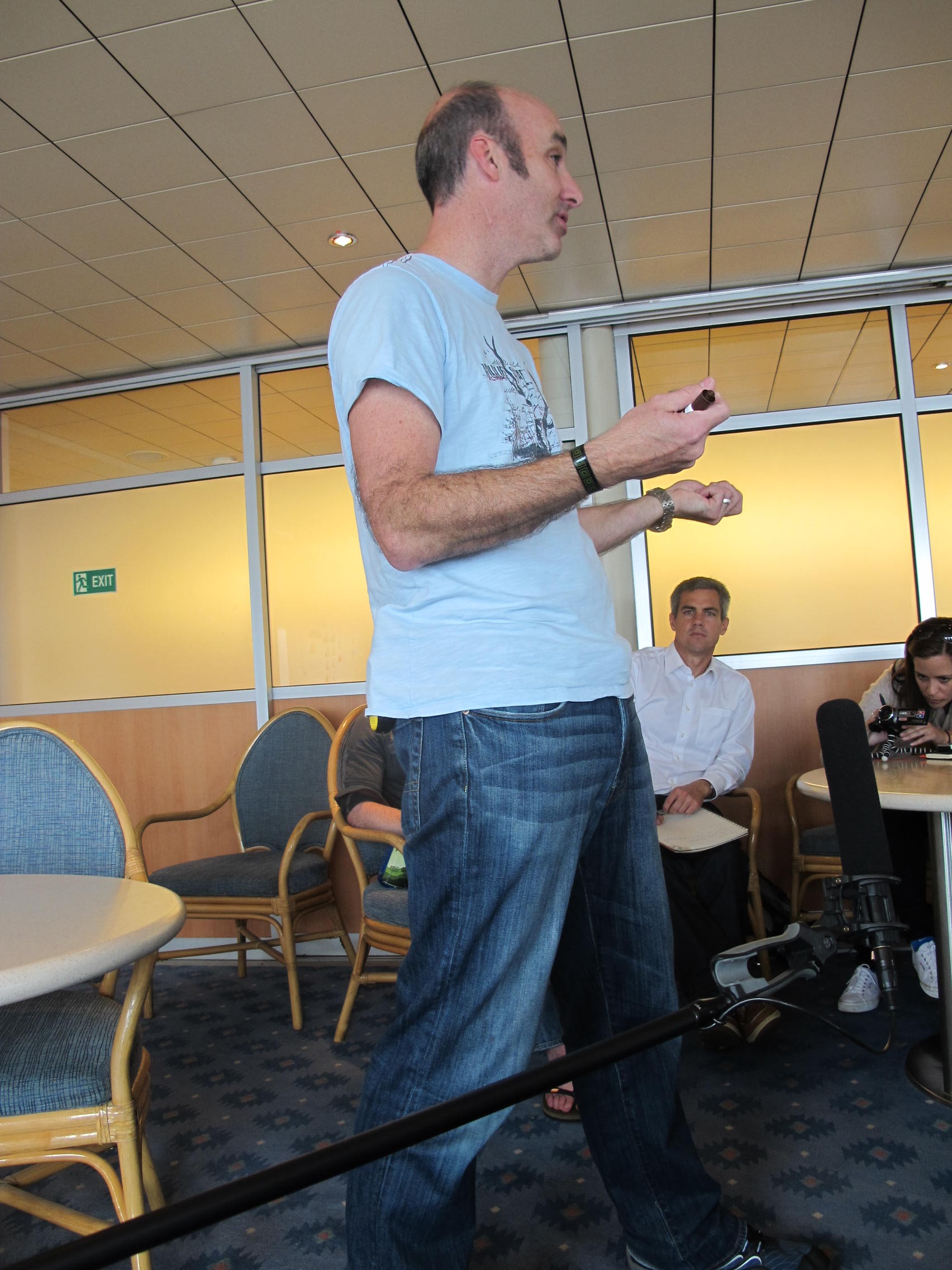
Morning: Workshop 1 with George Kembel, 10-12:30
1. expose what our company is all about
2 flipcams and documentation
–>George asks questions about the companies and we pay attention to what george is “after”
http://unreasonableatsea.com/prakti-design/
What is your company about? Who is it for? how many and what type of people? have you met people who cook with your stove, and without your stove?
why do they need your stove? save money. they buy it for reasons that are different than you think but why do you think they need it?
What was george after: understand the customer, relevant for its purpose, get the value proposition
-Highlight that he was after the human element
First he answered technically, but what does that mean to me?
Most people talks only about the solutions. Half the failures in industry are because you solved the wrong problem. But it’s Necessary to frame and understand the nature and need of the problem
But even for successful companies, sometimes the new market will be hard to fit into if we don’t constantly question redefine and learn if you have clarity on what it needed how you adore going to solve for it
In order to teach innovation & problem solving : solving is as important as the business and technology element, and state THAT independent of a solution
Elements that comprise Point of view:
User, need, insight
Who is this for? What do they need? Why do you have insight to solve for that
Eotional statement of the user: “she no longer smells like smoke”
Give the solution as an answer…it is a noun. A stove. That isn’t a solution. WHY does she need a better stove
Solution agnostic needs:there are different ways to solve this but if the first solution doesn’t work then how else cAn we meet ther needs?
Deeper you can get into what it means: “People don’t buy with their wallets but with their hearts”; Profound reason to engage with company
Empathy…have ideas that no one else has and can make someone’s life better: Varies with dif market and person
Then turned it from the human point of view to the market. Get someone to connect on an emotional level
Now, for Protei:
emotional language
–>USERS: (start with a story)people who have been struck by an environmental disaster i.e. fukushima, chad lake, ensenada red tides, residents of gulf of mexico. Fukushima residents wondering about the truth – should we leave or not, will we get cancer?; Tunisia / Italian immigrants – should we need surveillance from shore to see that we are dying?
proliferates much further than the coast line
–people are eating the fish from the water (oil spill, food, radioactivity contaminates the fish; widespread to many countries
–>NEED: Make ocean cleaning accessible to everyone – unite a non profit with a commercial group; these people need to be able to solve their own problems, and not wait for industry or government to do it for them;
–>INSIGHT: We are bridging between industry and the local people with the use of a new technology , build for maximum innovation; licensing, collaboration model (global decentralized research)
–many potential customers, start with the consumer because we are building from the ground up, in order to build for innovation and get a community to contribute to our technology
–user has a need, how your tech solves the problem
–what if the user doesn’t see our problem?
–tell someone: what do we do with oil? what do we do with trash?
latent need: how do you convince people that they actually need this, they cannot express themselves?
like the iPod, they did not know that this was out there but it is better
-you are not going to be told what you need to solve but by listening to them you have to make a leap. put something in the world, tell it in a story telling way. innovation: give someone something they never thought they’ve needed, then make them feel they can’t live without it
—> is the consumer who the story has to be about? i.e. we all want cheaper cars but don’t want to sacrifice safety
-but the consumer is actually going to be big industry, GM
-understand context and story at a much deeper level than the function they’re solving
advantage to come in and improve that – internal compass – question: do we know why we are doing what we are doing – draw from it to tell stories
Debrief – design thinking practice is very iterative, constnaly changing and redefining ourselves to be an adaptable organization because the world is changing fast;Adaptive and emergent
so open source : User development and low level innovation – the user and consumer also shares in the solution and defining their problem – is that what crowd and open source means?
there are many solutions, so a company needs to keep in mind that, and the problem that they are solving: brainstorm for the options then test for the best option
PART 2
flipcam
Cesar and I chat about our short term goals, long term goals, and how to organize the rest of the trip and each port’s goals; lots of notes on trello
-immediate needs: community website for research; commercial website for protei
–>protei’s applications are really broad, the destination will define the application (japan – radioactivity; hawaii = plastic trash)
-community : our clients and generate technology, buy products, use the license so they know the conditions for sharing ideas
-website: wikipedia but with proposed solutions: social media times wikipedia
“Fireside Chat” with Tom De Blasis, Global Design Director for Nike Soccer
-background, designer, global events, designing through one object to effect global change; brainstorming about ideas for helping out haiti – then figured out need to understand the user and understand the need
–what could possibly nike have to offer in a disaster
–as a designer, trained to connect things – look broadly and shallow, rather than deeply : situation with water… poor quality
–social entrepreneurship, design thinking : it’s the future, starting to coalesce
Unreasonable At Sea Day 2
Today we had a ~4 hour orientation:
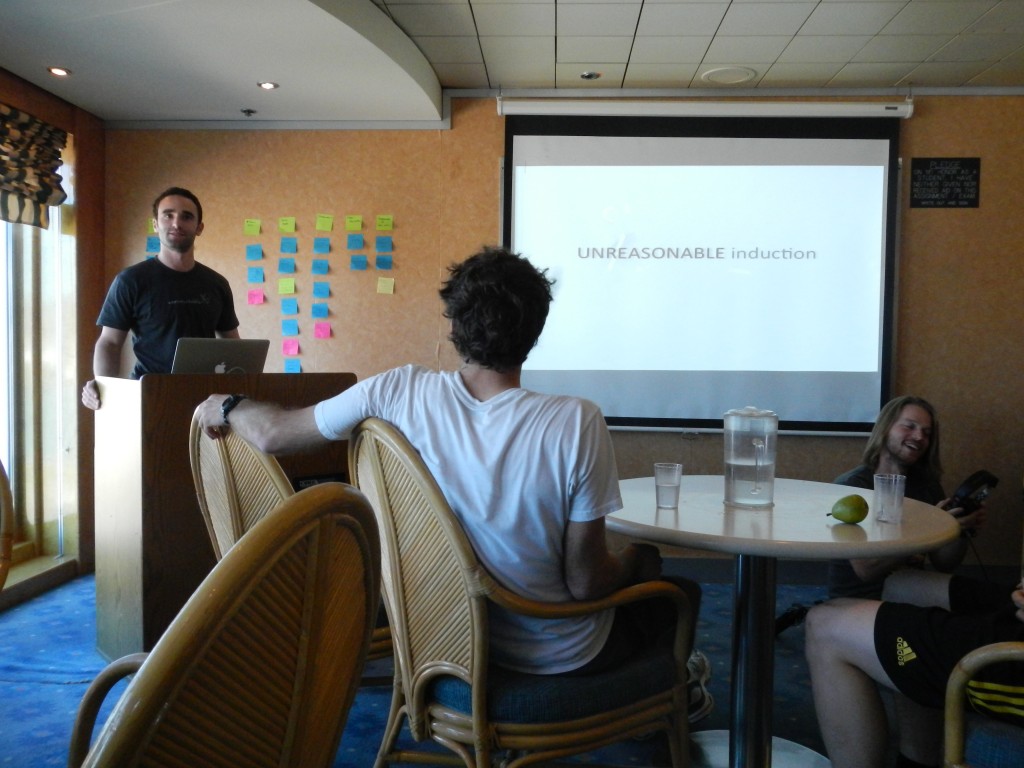
–>Some of the things we discussed:
We all must make decisions based on values, and treat everyone as if they are or might be the Messiah.
–>About 30 of us, all the Unreasonable Institute people did a big “get to know each other” game. We informed in 60 seconds, over and over, to new folks, what were each of our “super powers” and “kryptonites”
–>We seemed to come out of the excersize feeling that we each “connected” on our vulnerabilities
And I liked that Daniel used the term “misfit creative” about some of us
-to be bold, he asked someone to stand on the table and give a 30 second pitch. we all gave feedback and it happened 3 more times until it was pretty spotless.
Takeaway: WRite down some of my strengths as well as some of my weaknesses, to connect some of what I love with what I love to do.
Practice my “pitch”
–>reflections and practice stating my own goals, strengths, inspirations, and also my weaknesses
Also filled with some scavenger hunts:
–>We were introduced to the Dean and some of the other directors of unreasonable at sea. Lastly, there was an introduction in the auditorium.
Daniel talked to the faculty about “what is UAS” and what are we doing here?
“The reasonable man adapts himself to the world; the unreasonable one persists in trying to adapt the world to himself. Therefore, all progress depends on the unreasonable man [and woman].”
– George Bernard Shaw
Everyone talks of this as a radical experiment, never before been tried. And a big risk. So that seems promising.
–>Daniel also said that this experiment will become the highlander institute of the 21st century, meaning that we will transcend borders, to have a global impact.
–>social action is entrepreneurial thinking, technology, creating a market based on solutions
–>Solutions cant be land locked
It is exciting how much we will be introduced to the D. school and their ways of learning. I presume that will entail the schedule that they’ve deemed effective, the learning style, and other initiatives.
–>Some other opportunities will be interacting with the young kids, as well as interacting a lot with the students.
–>In the evening Cesar and I went to meet some of his friends here, three out of four who were ocean biologists. They gave us the names of some of the folks who are working at the University and we will go talk to them today about sampling plastic and water for metal detection.
–>We took a walk to some of the shipping areas and took a sample of water and dropped the opflex in the water.
